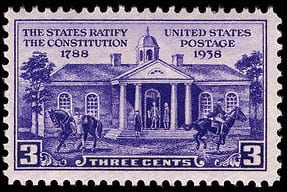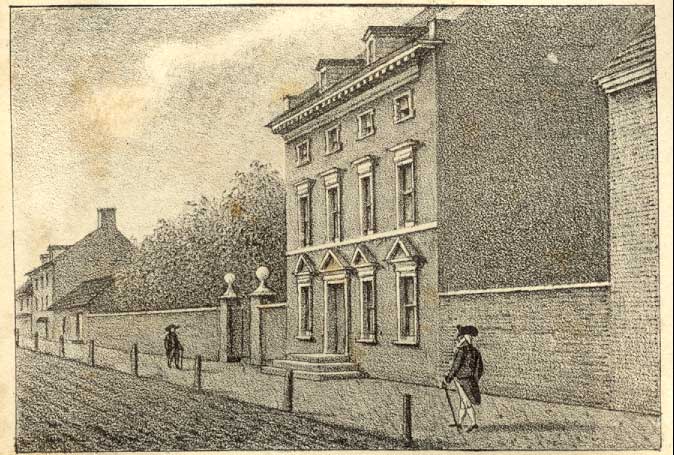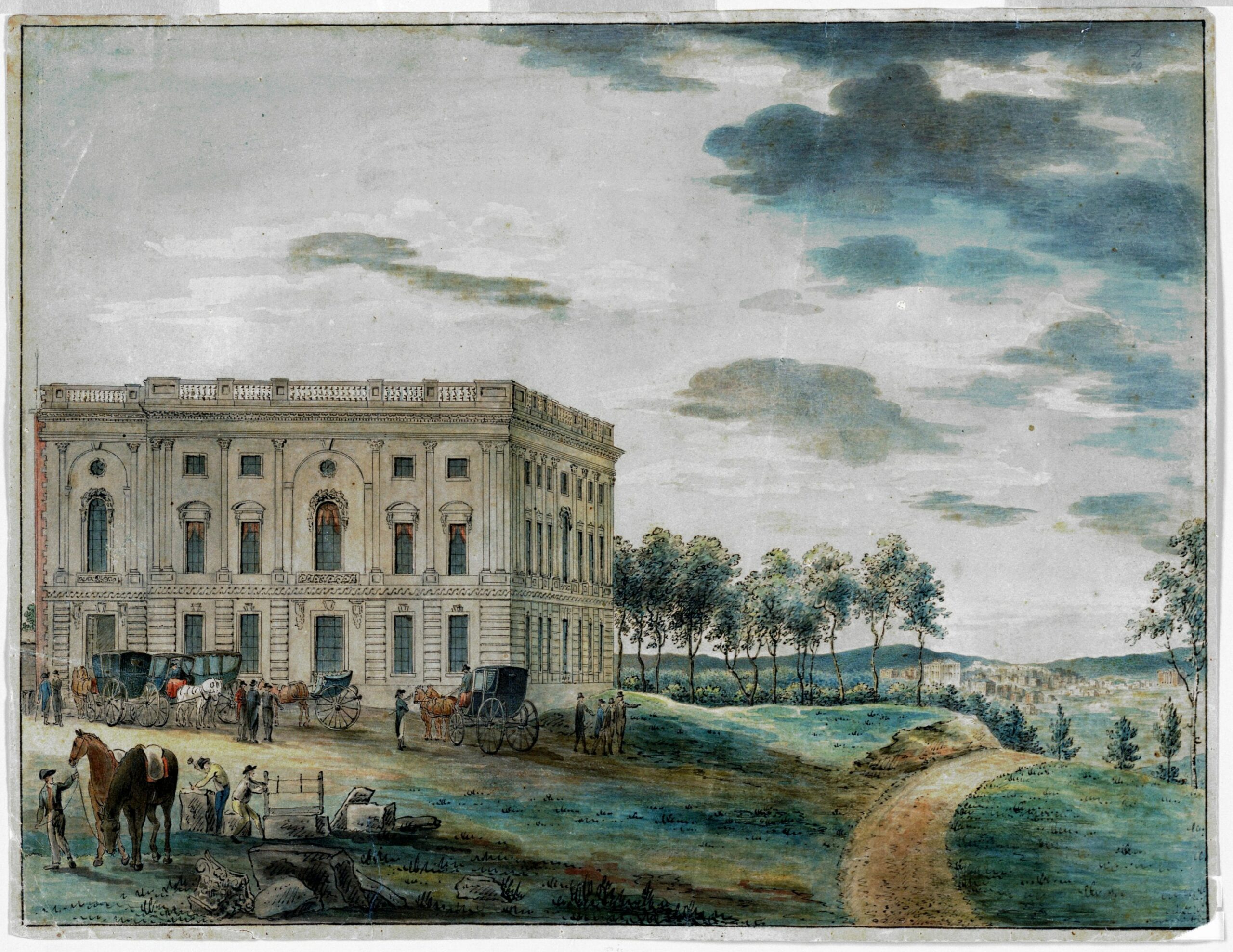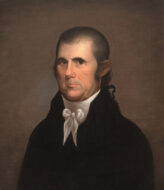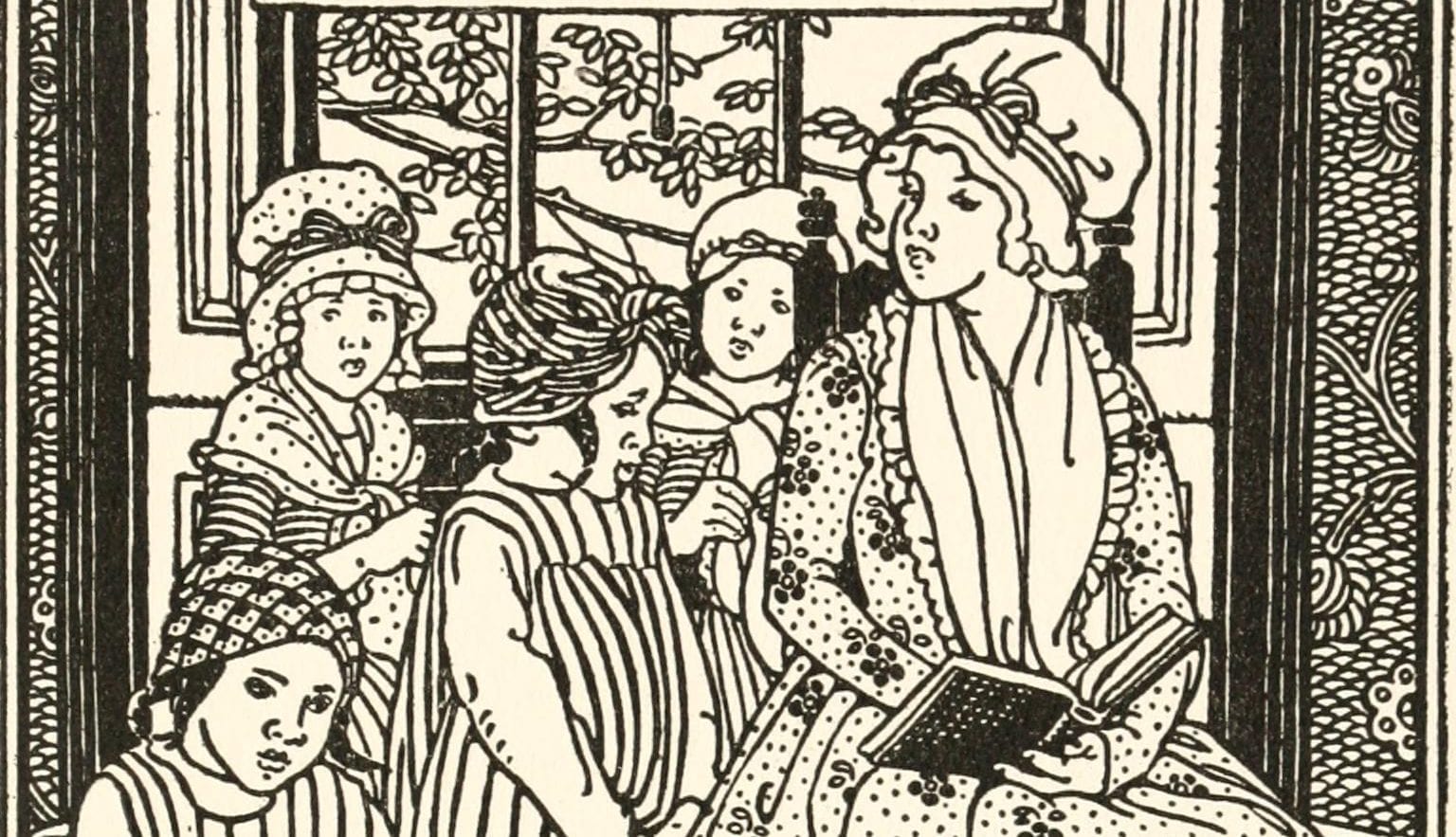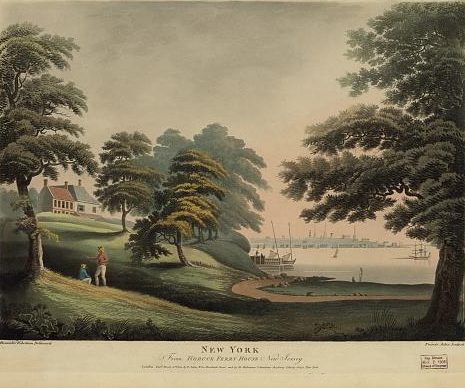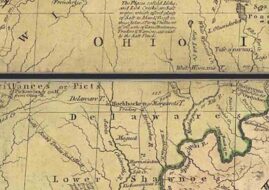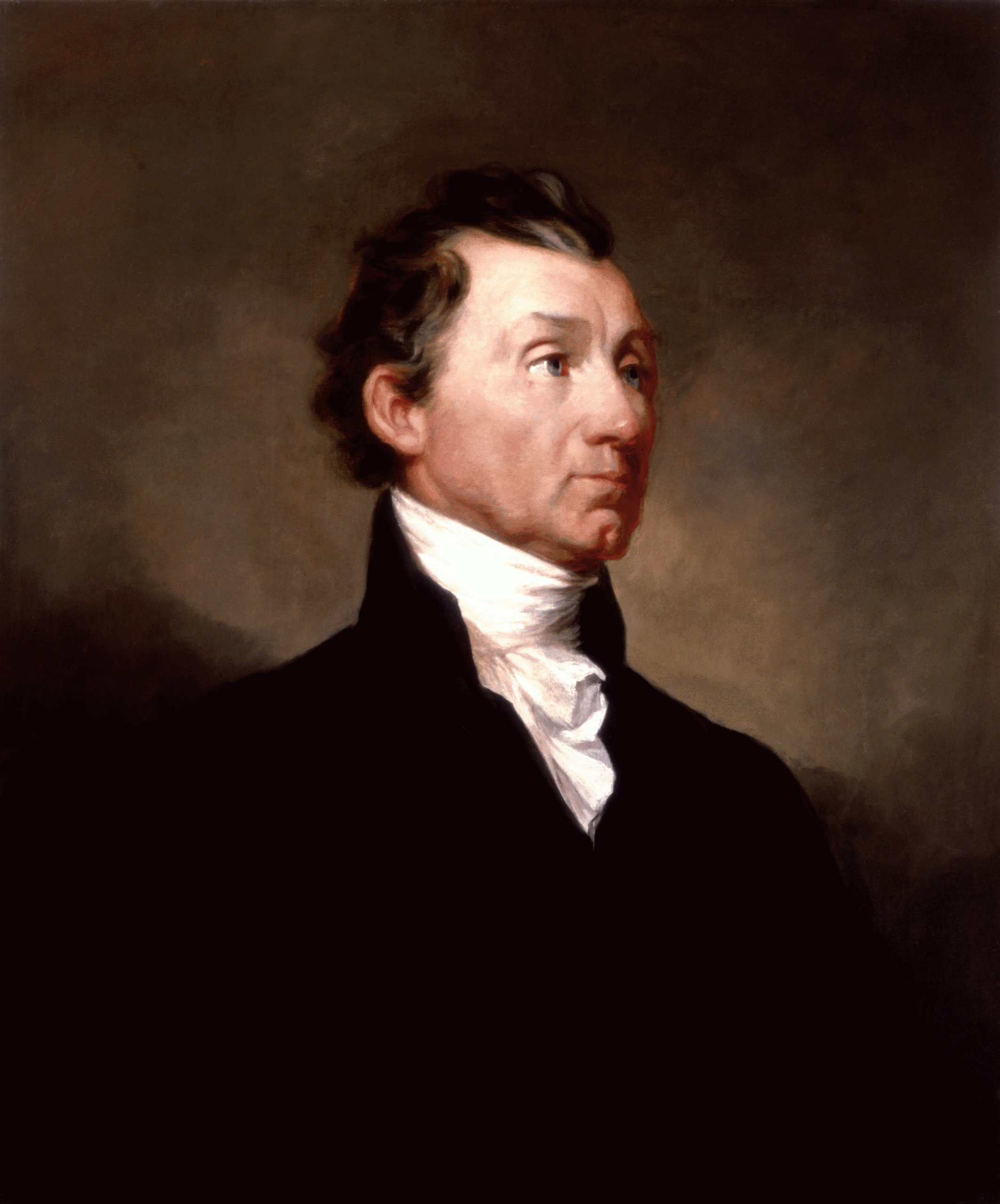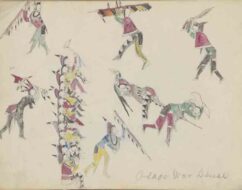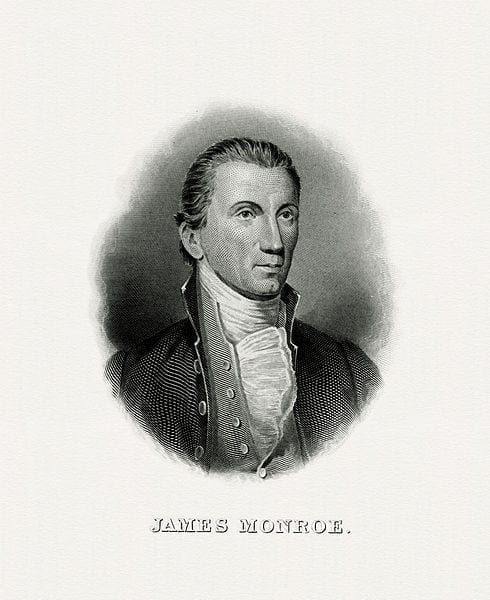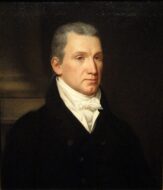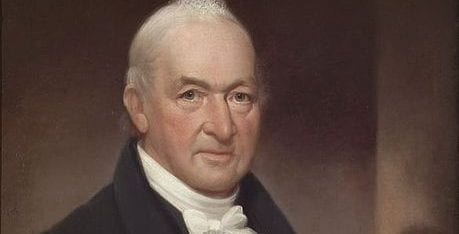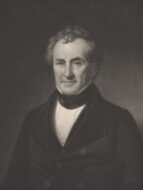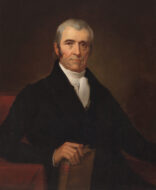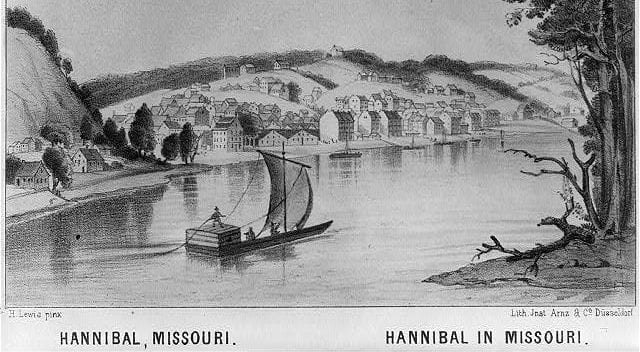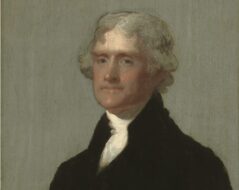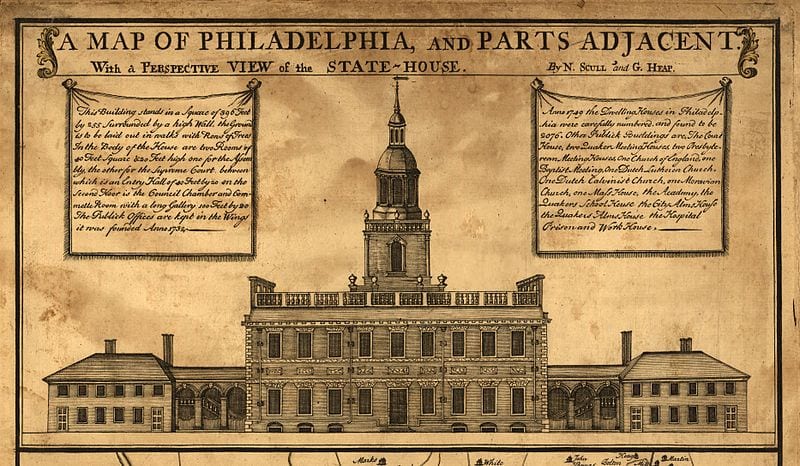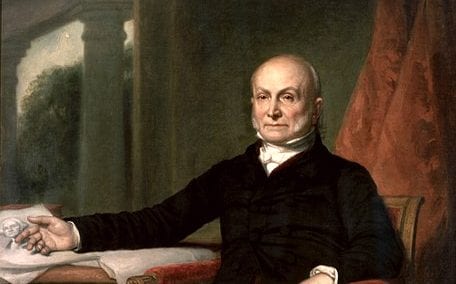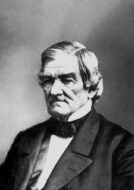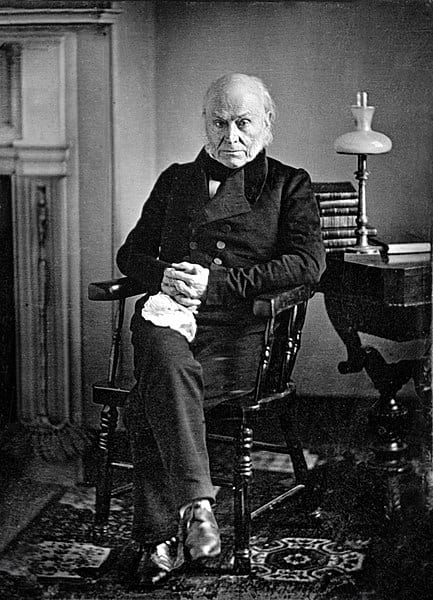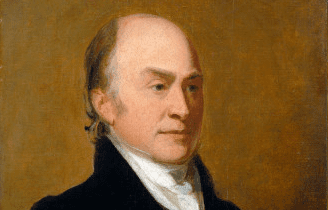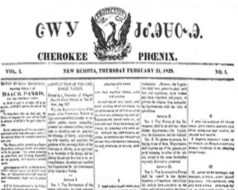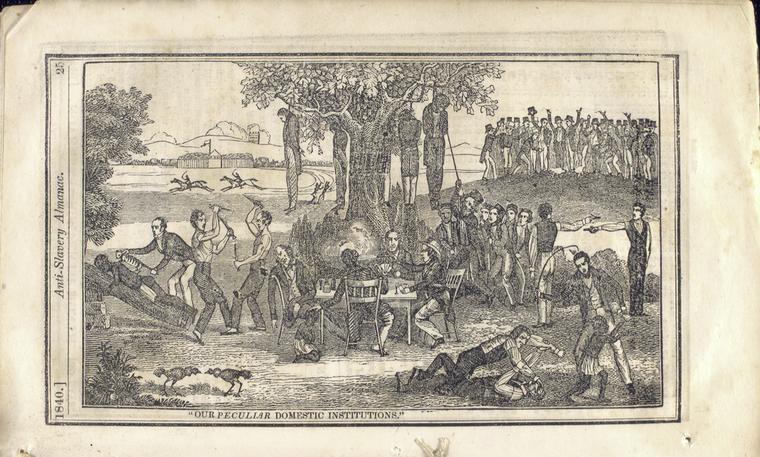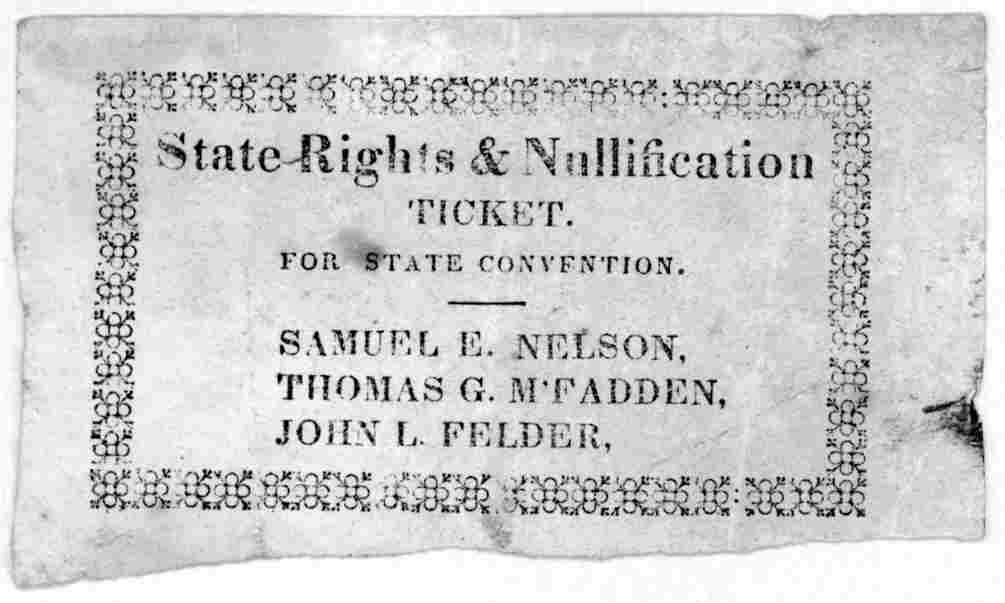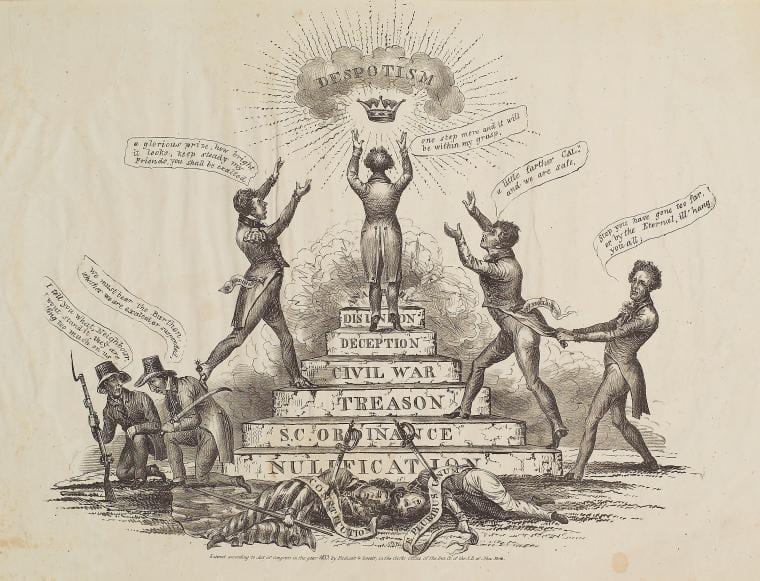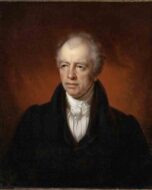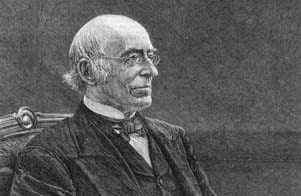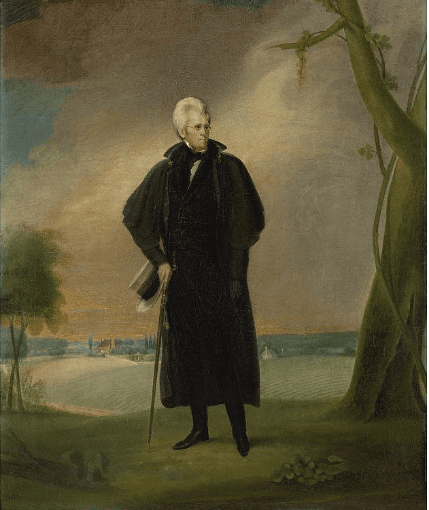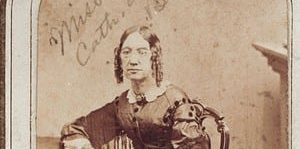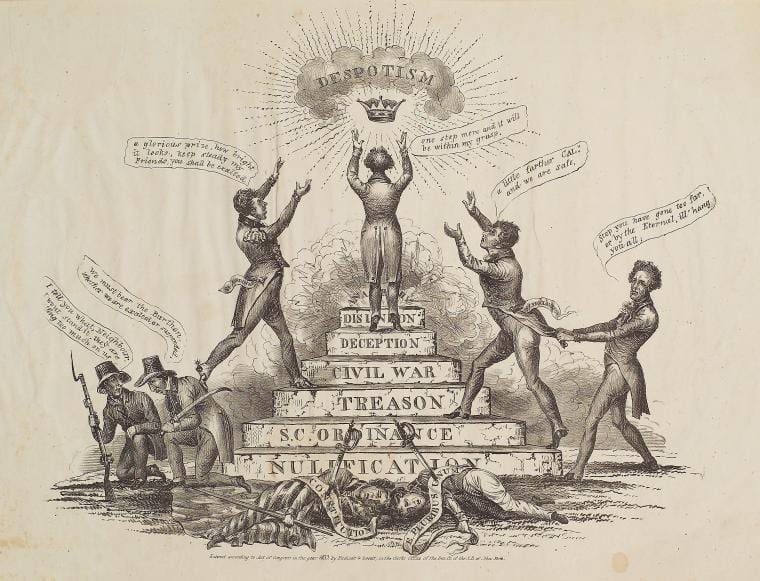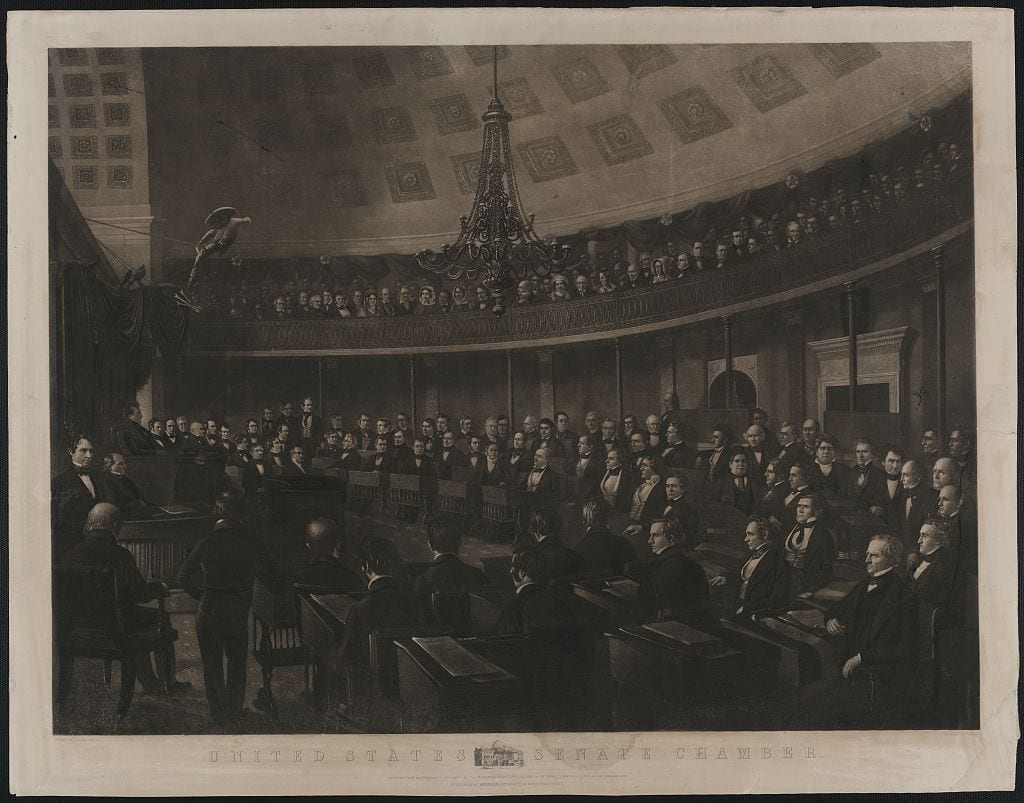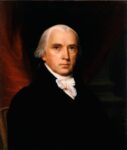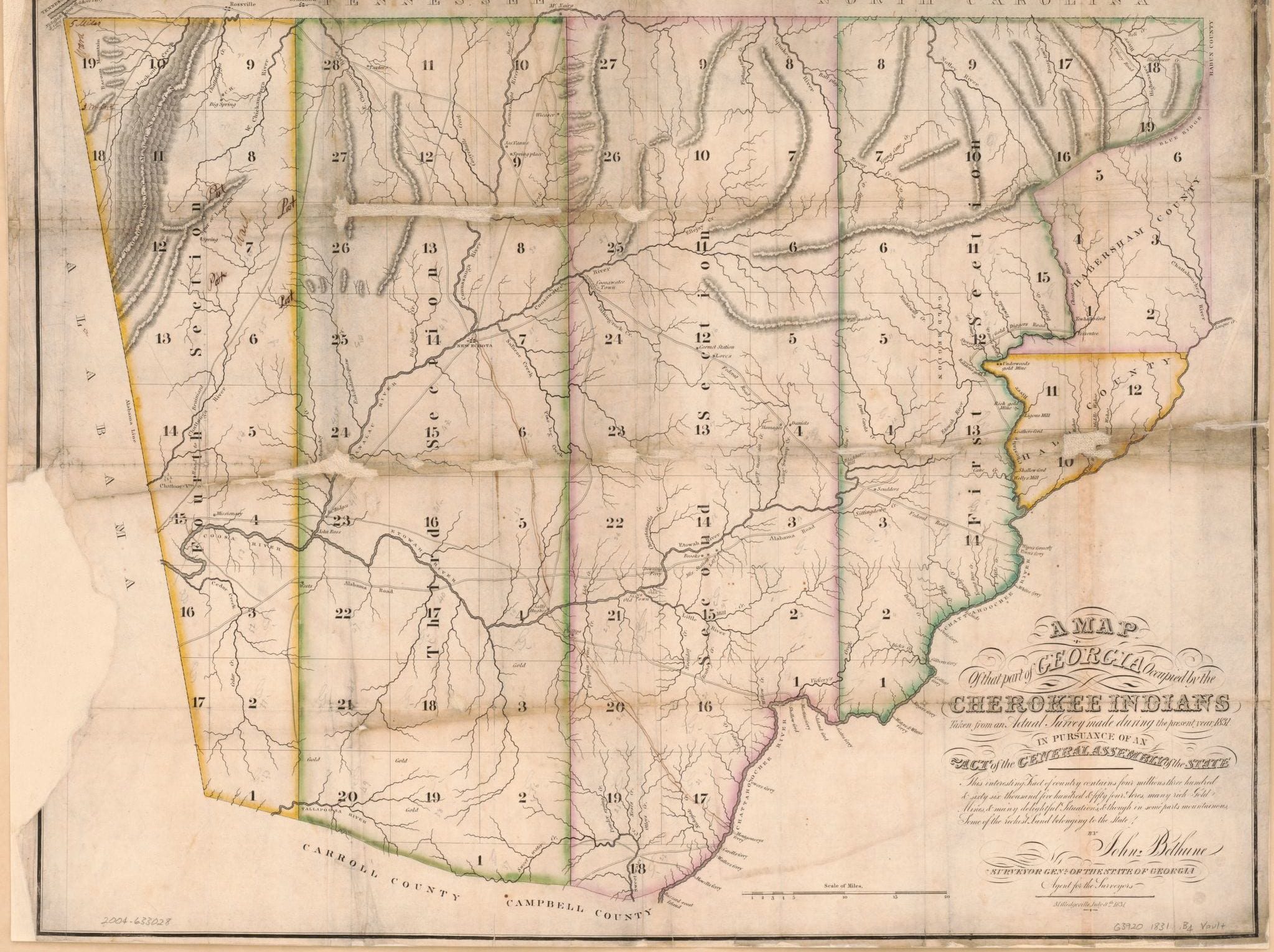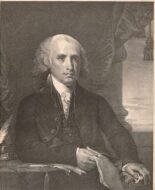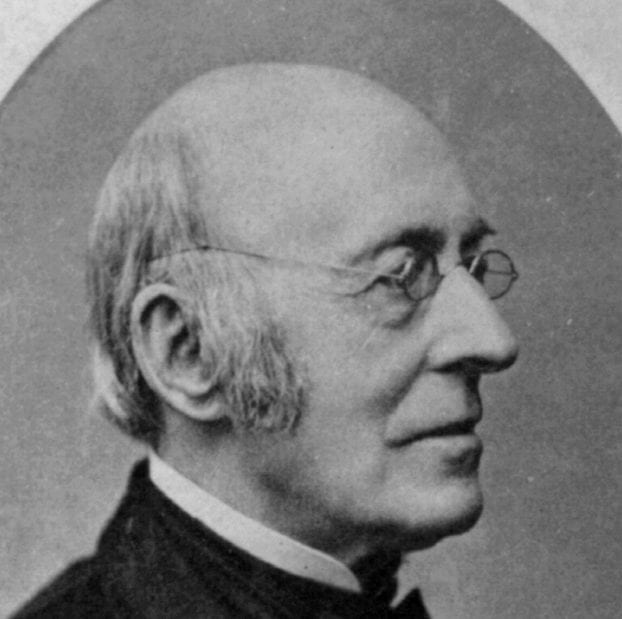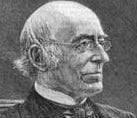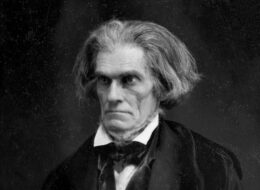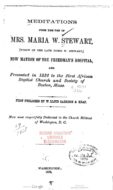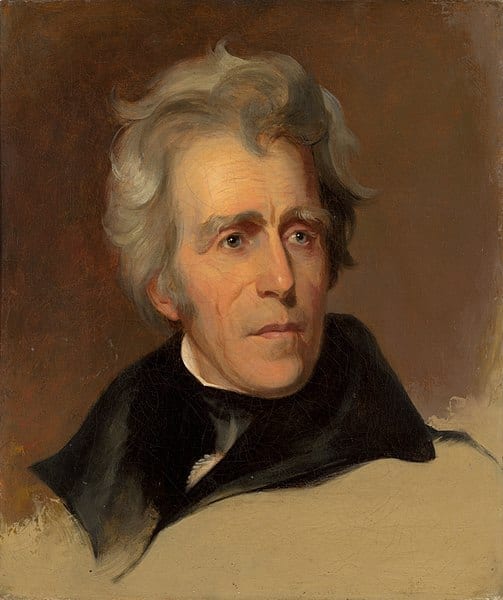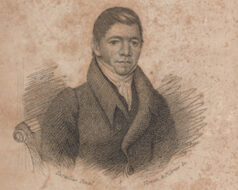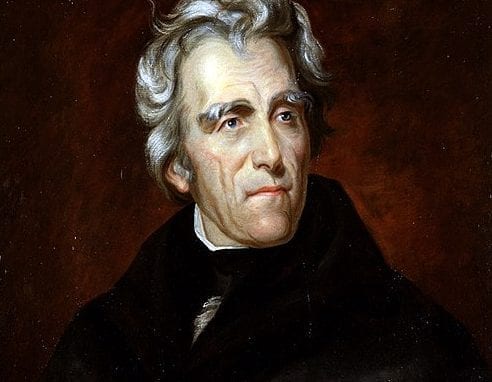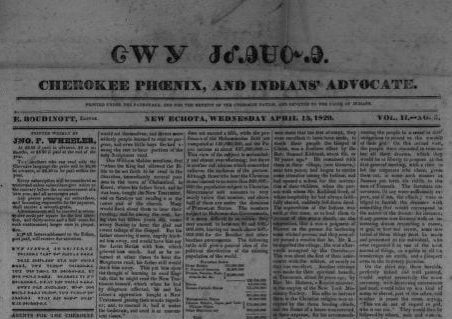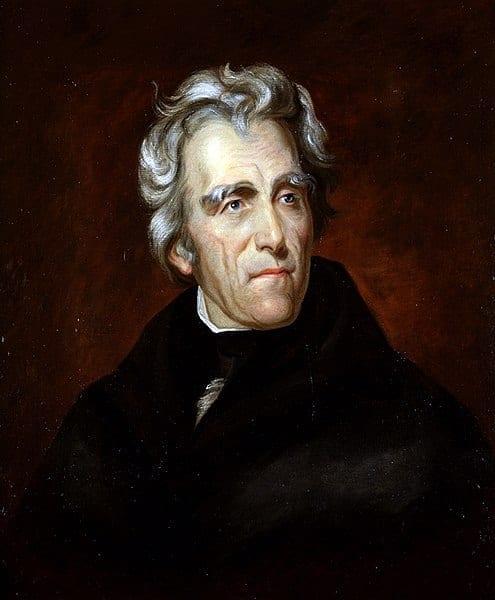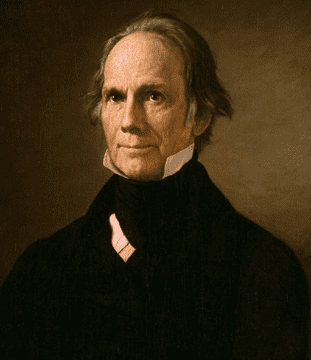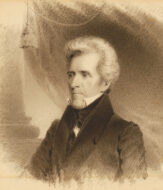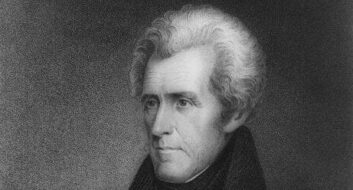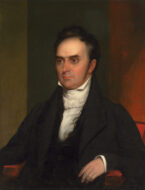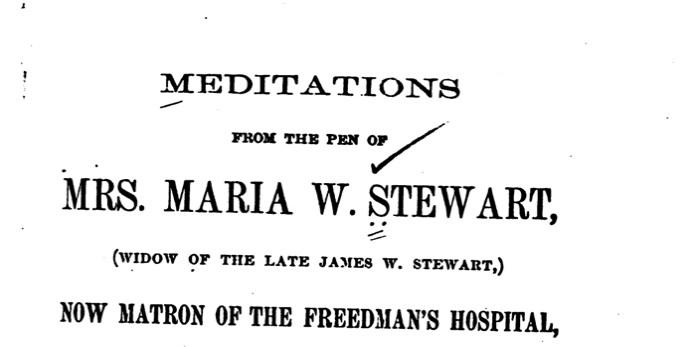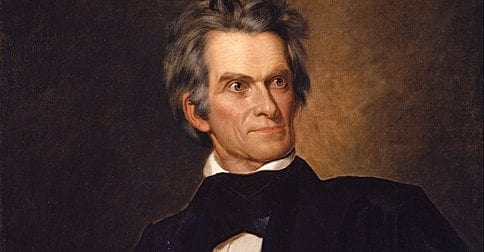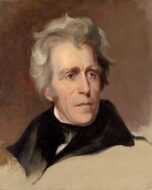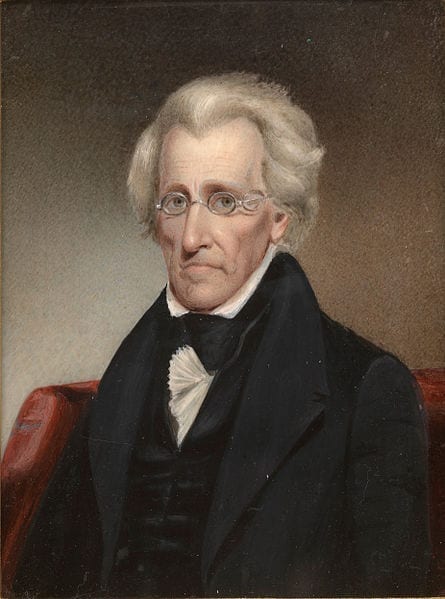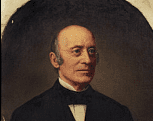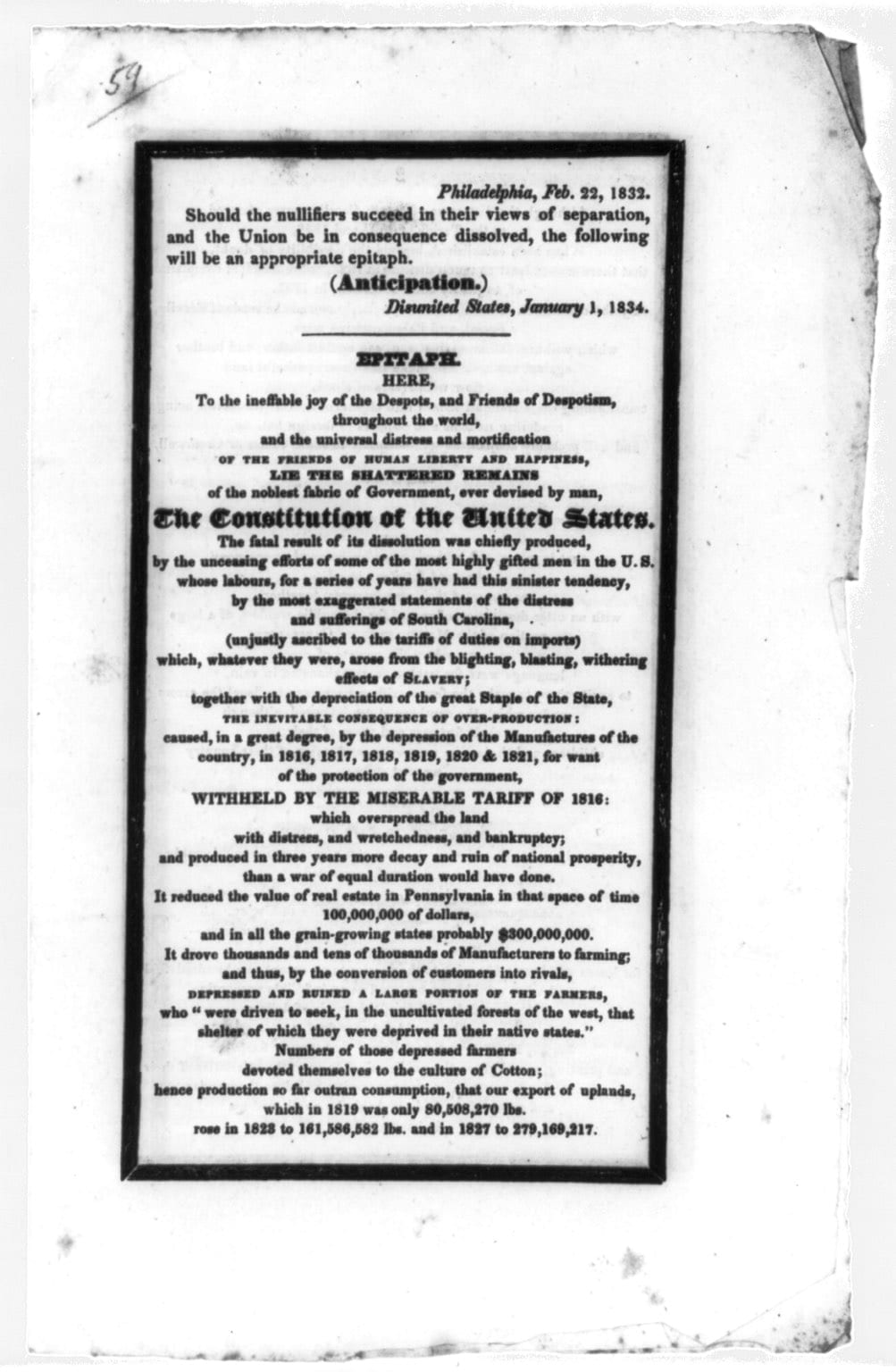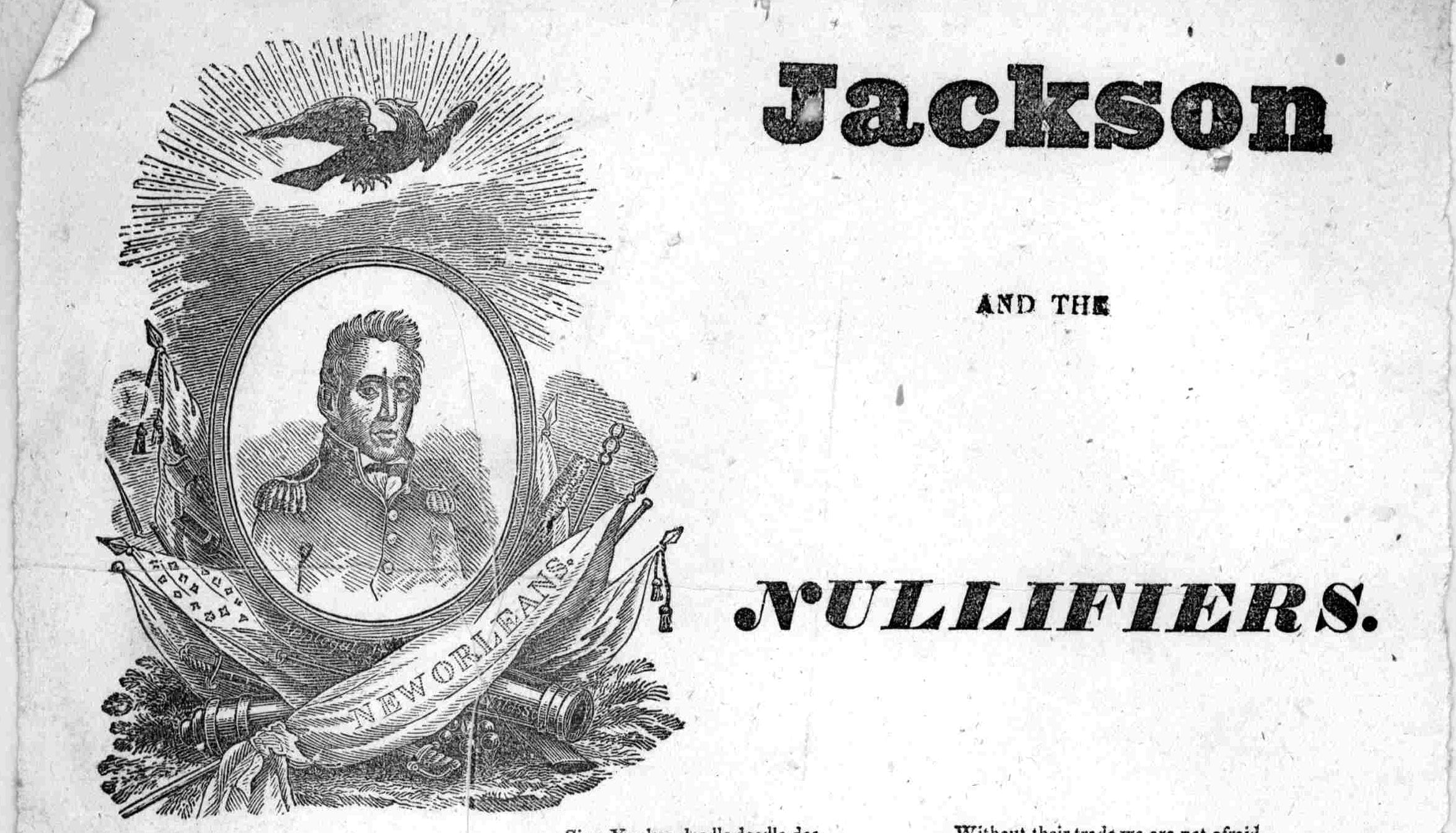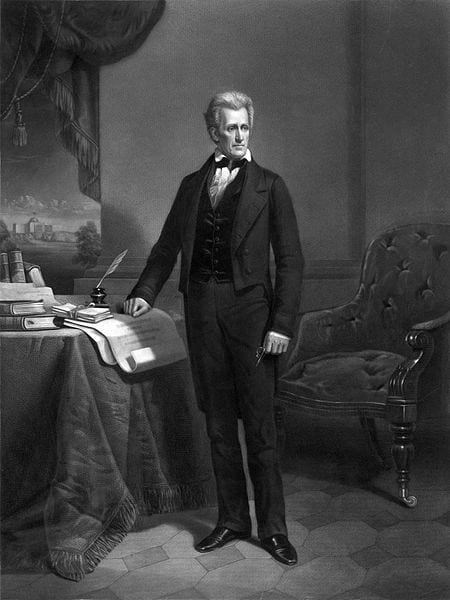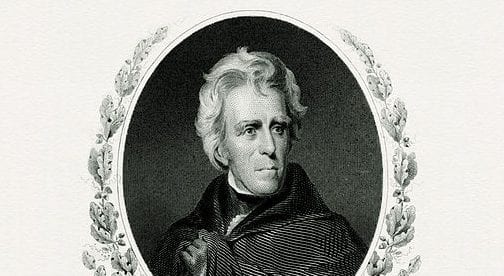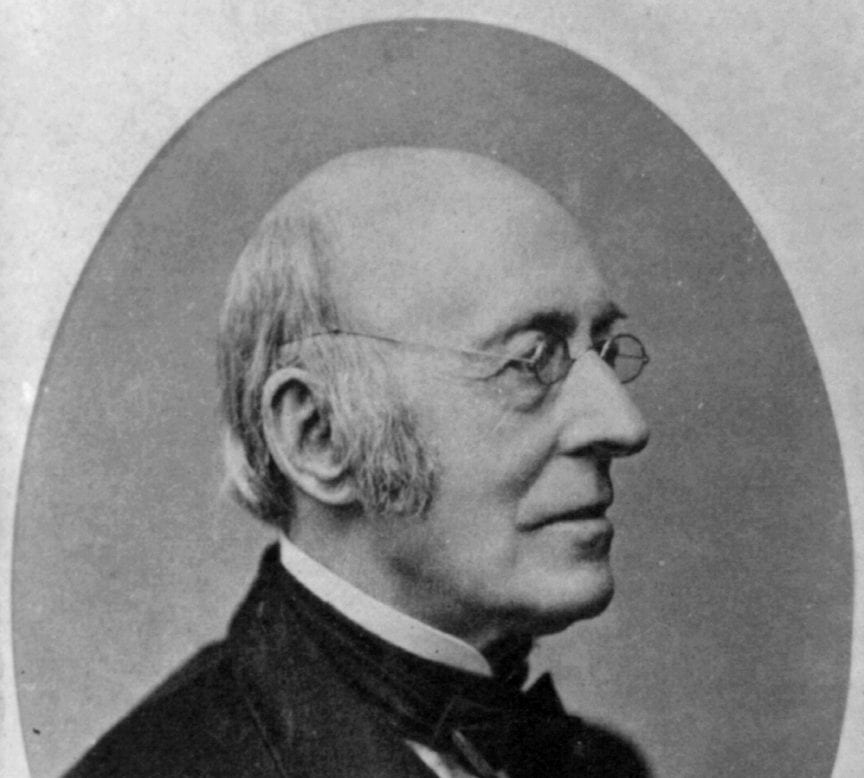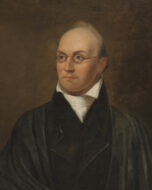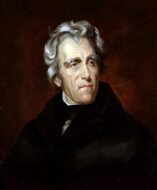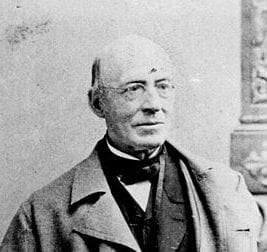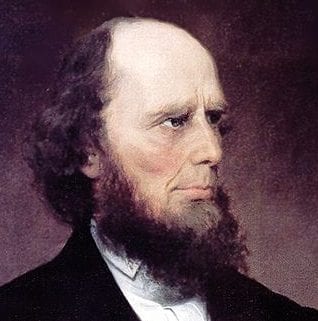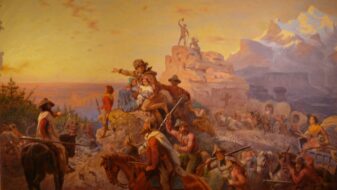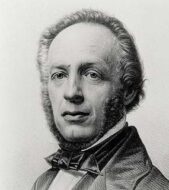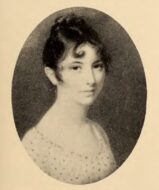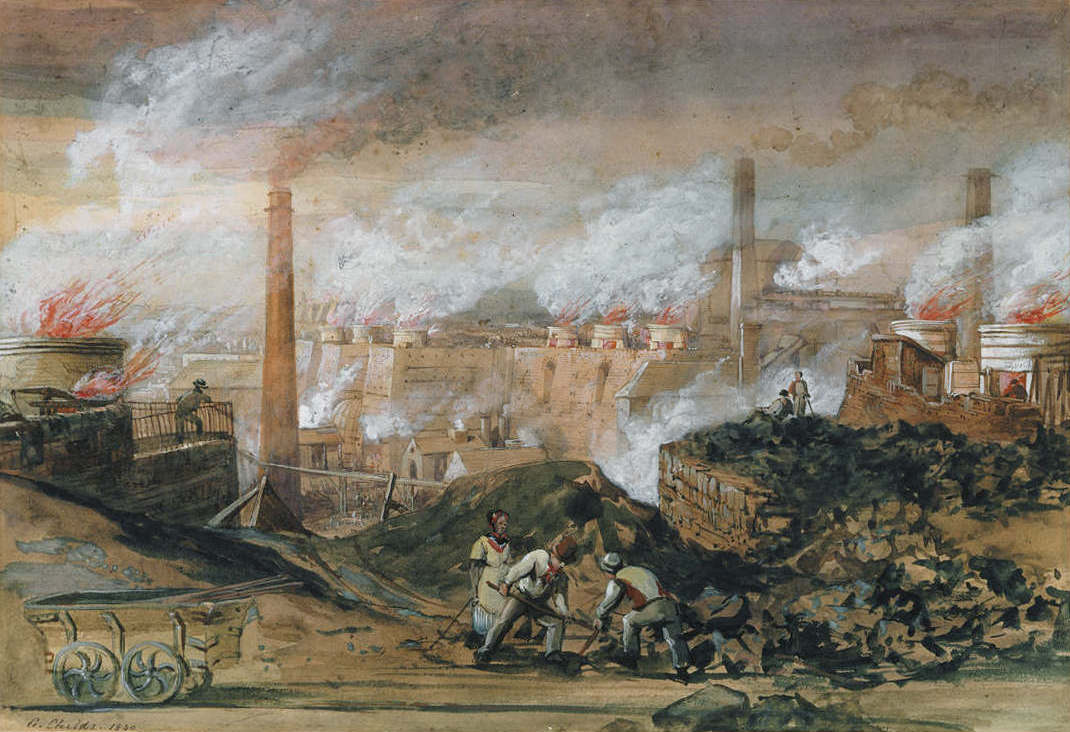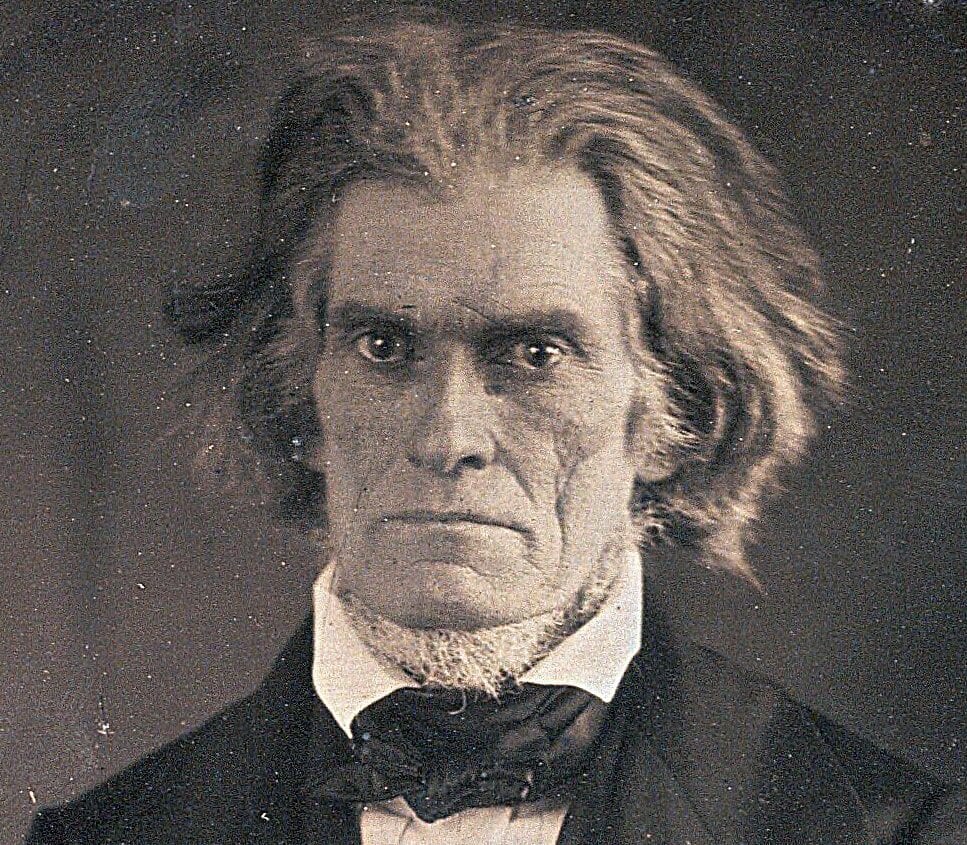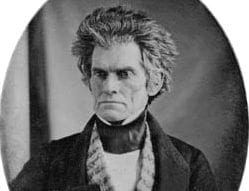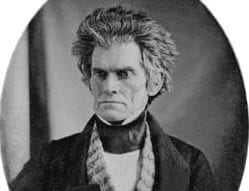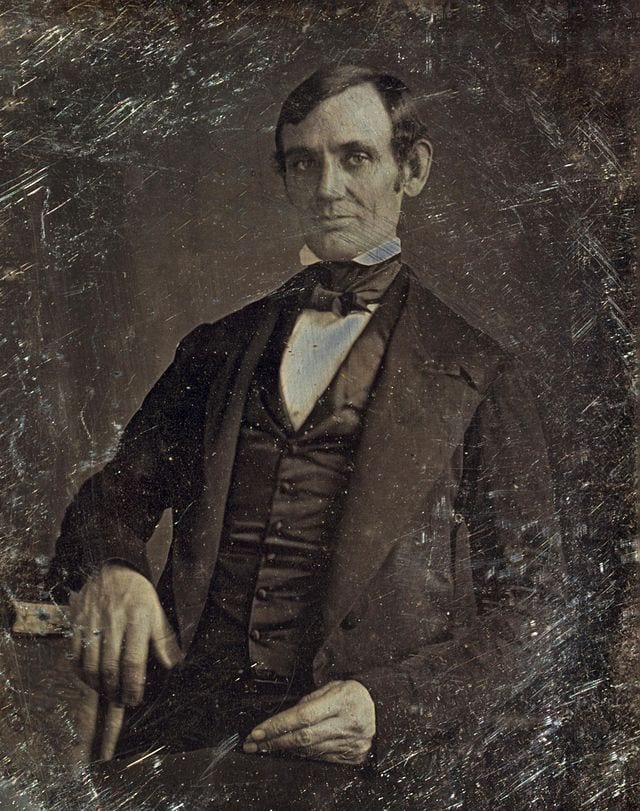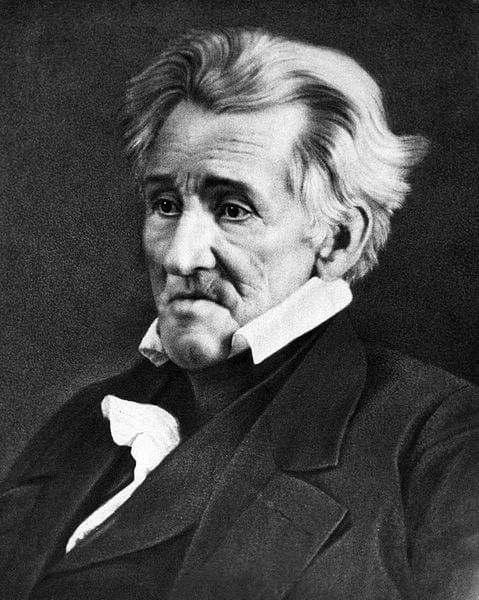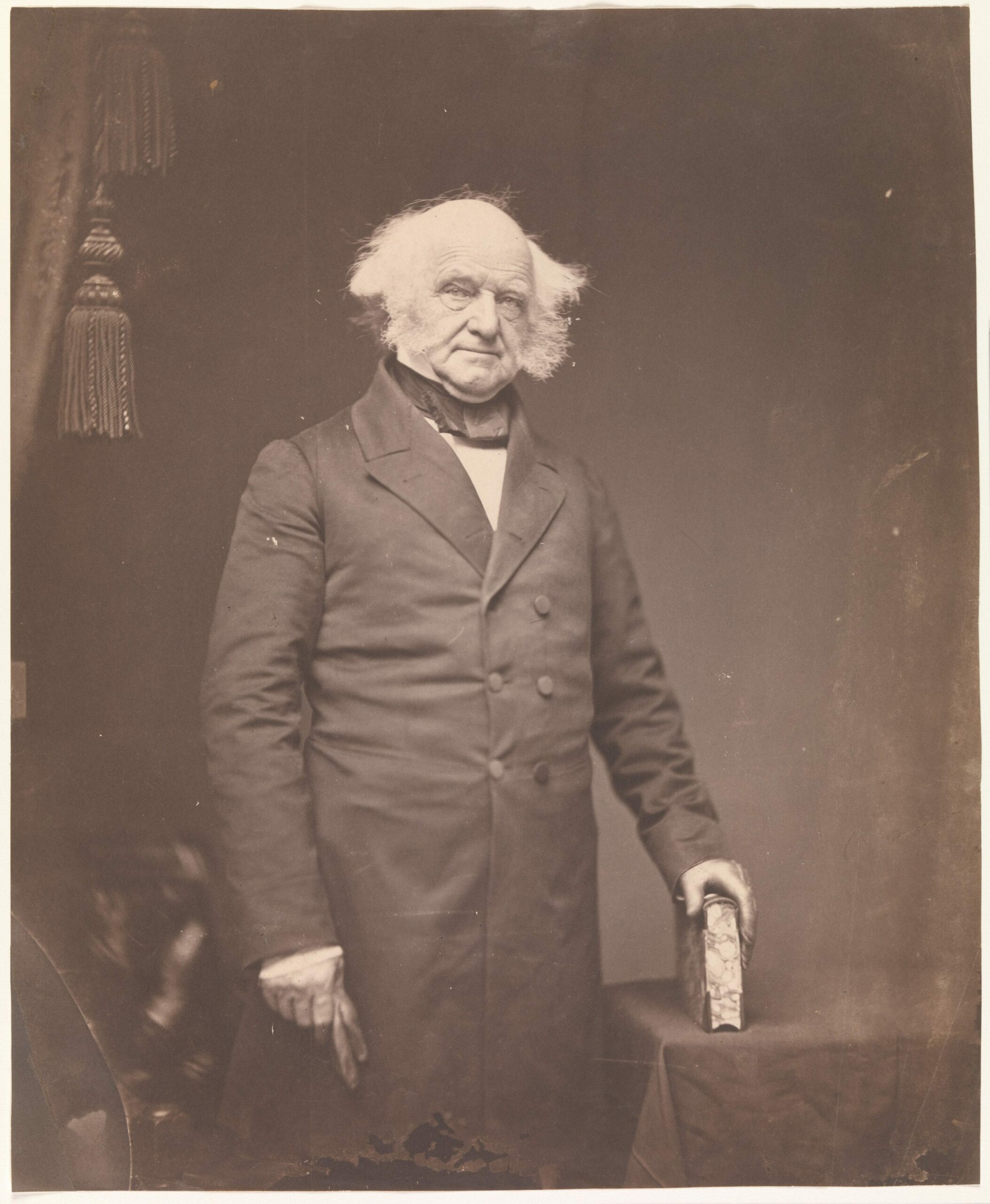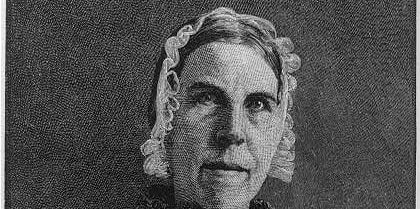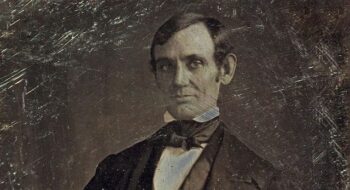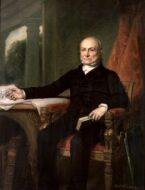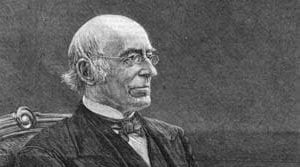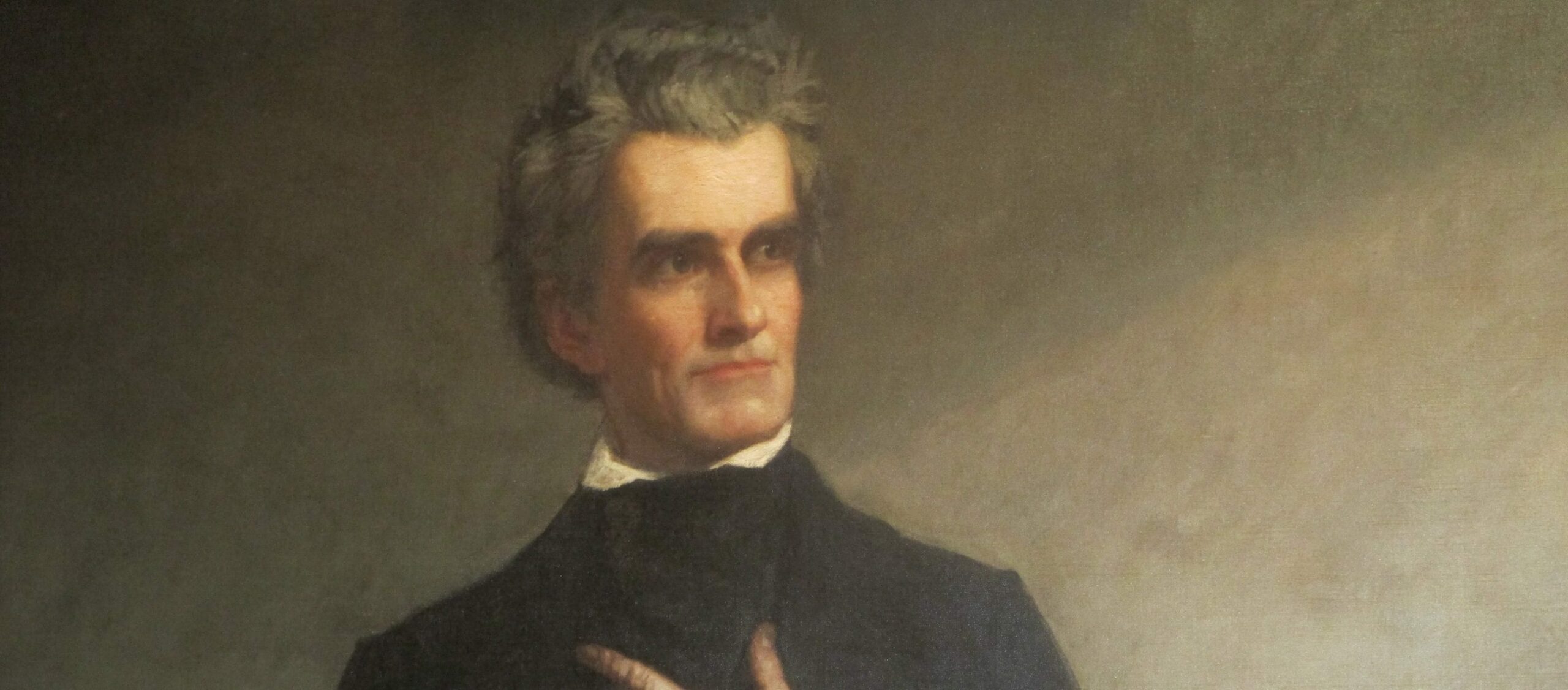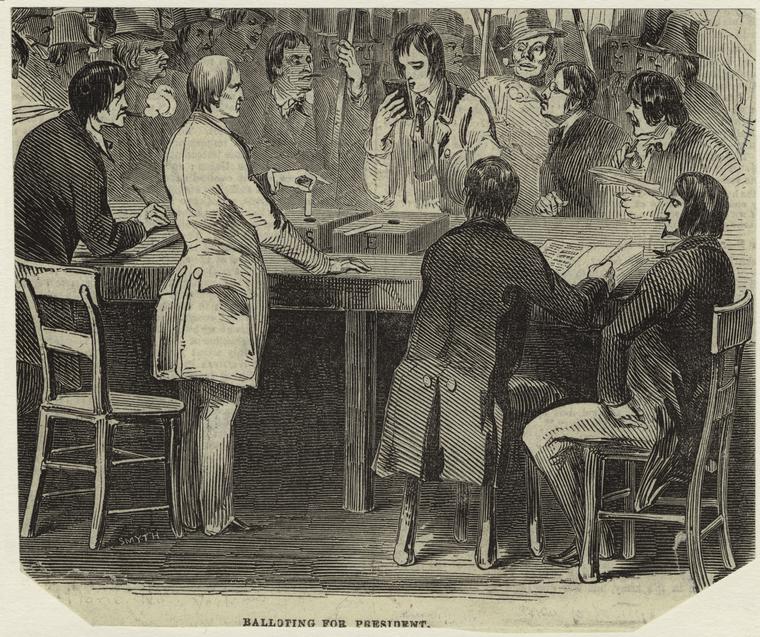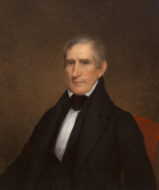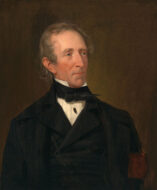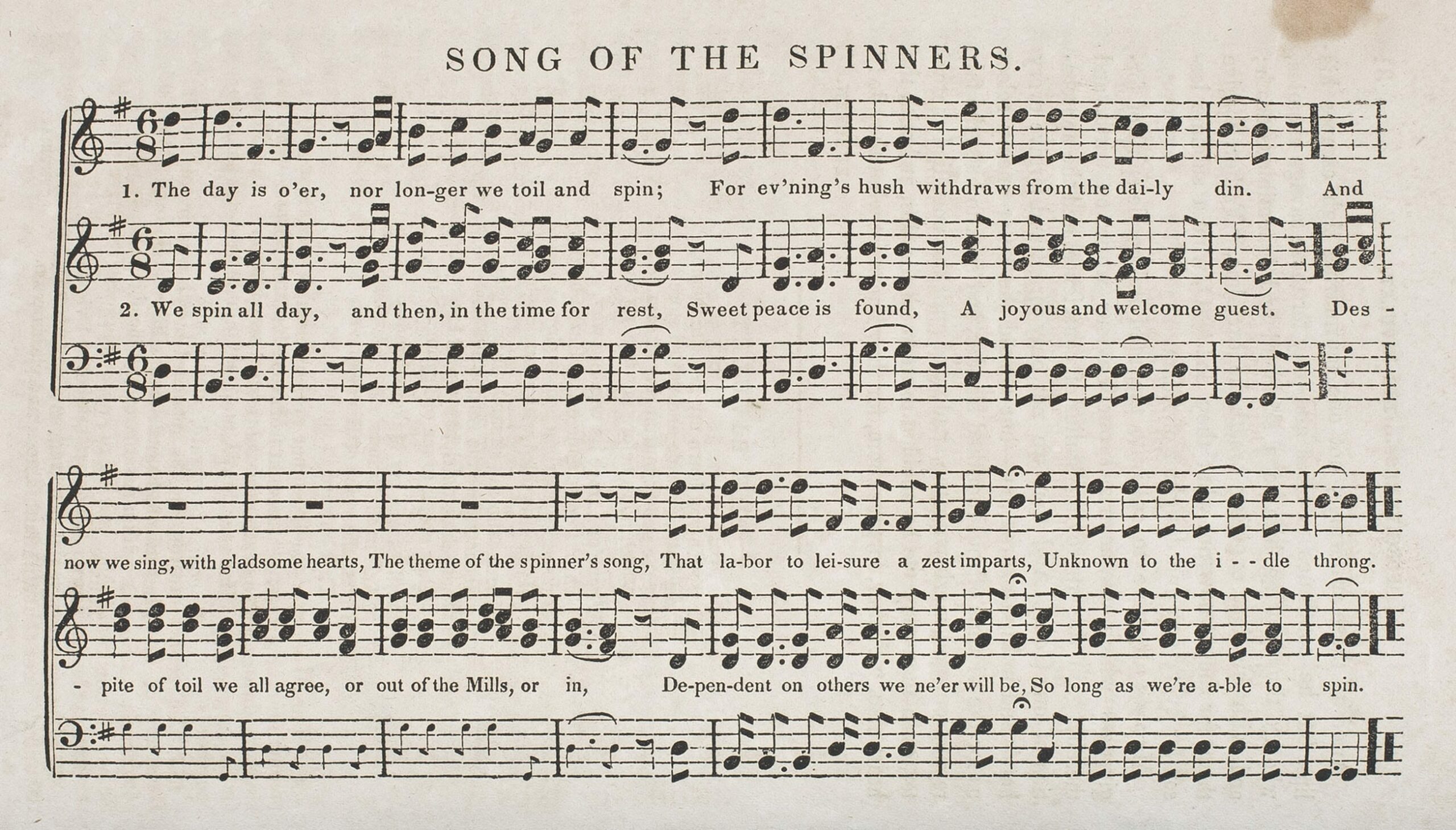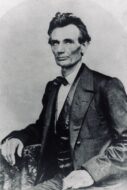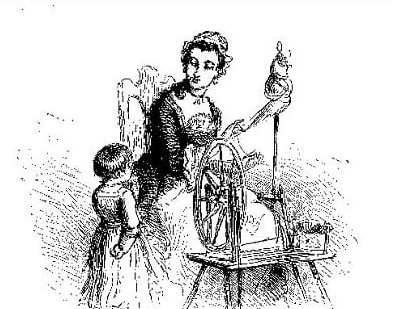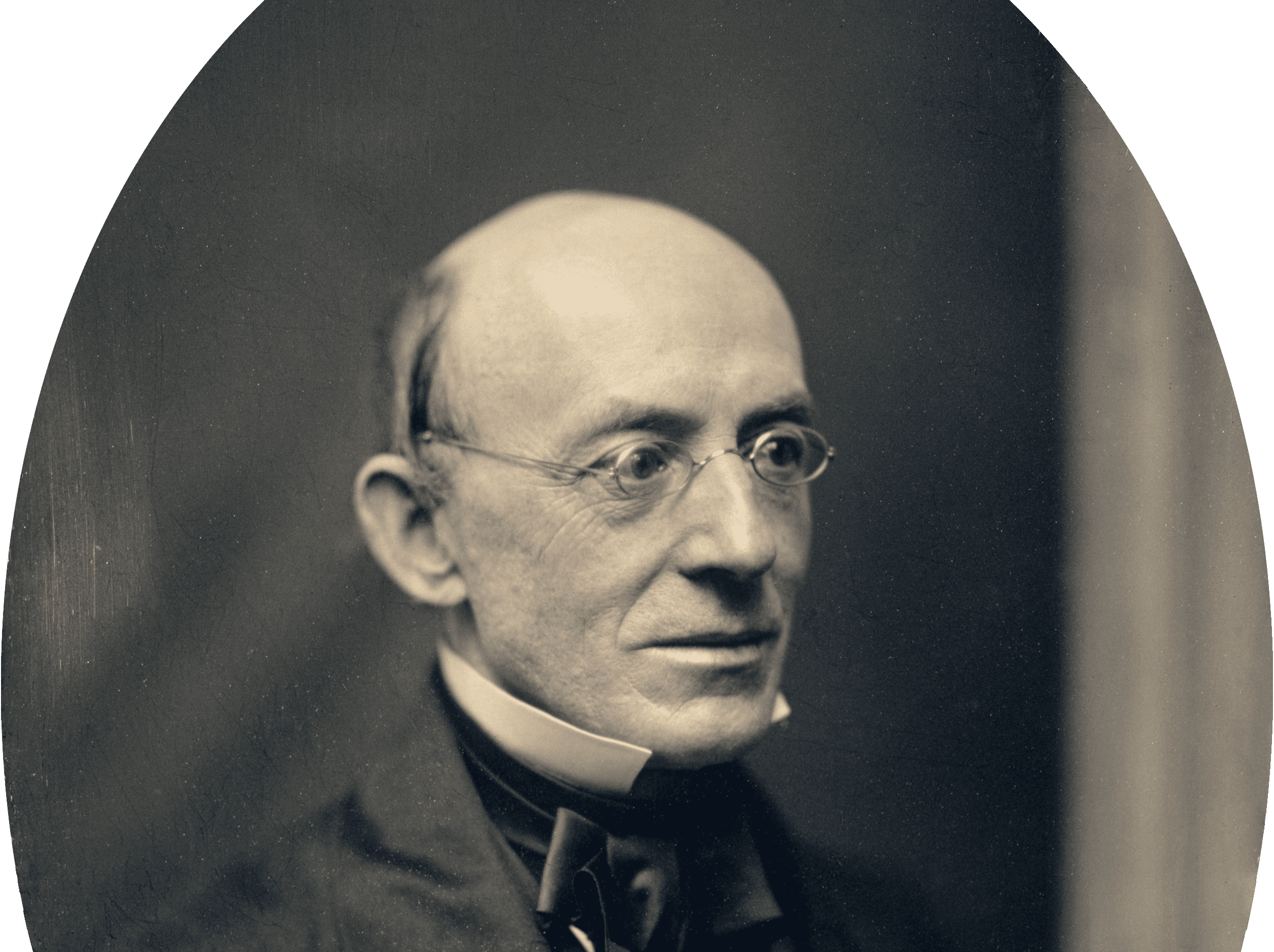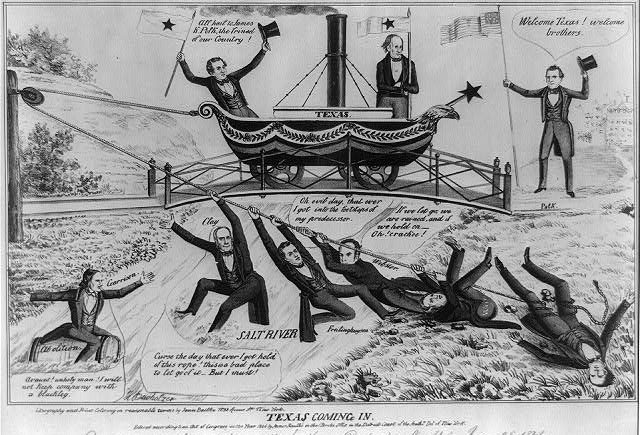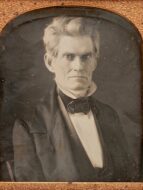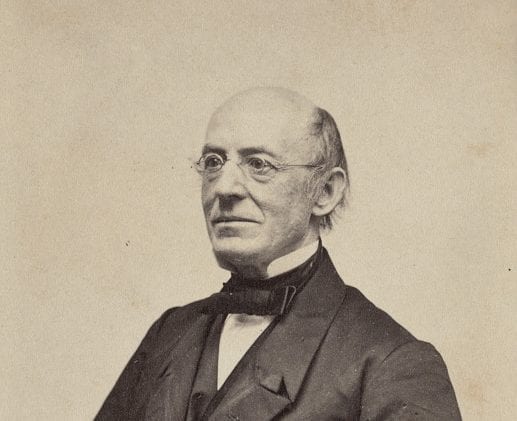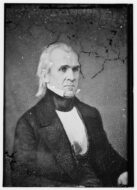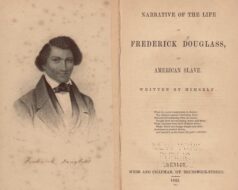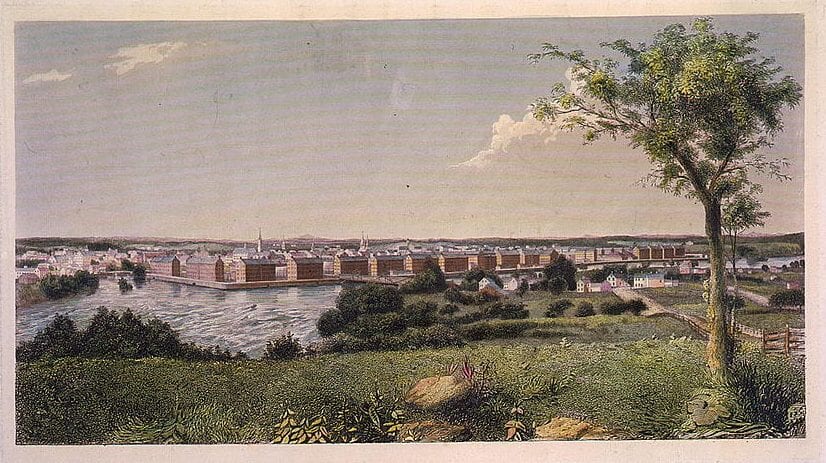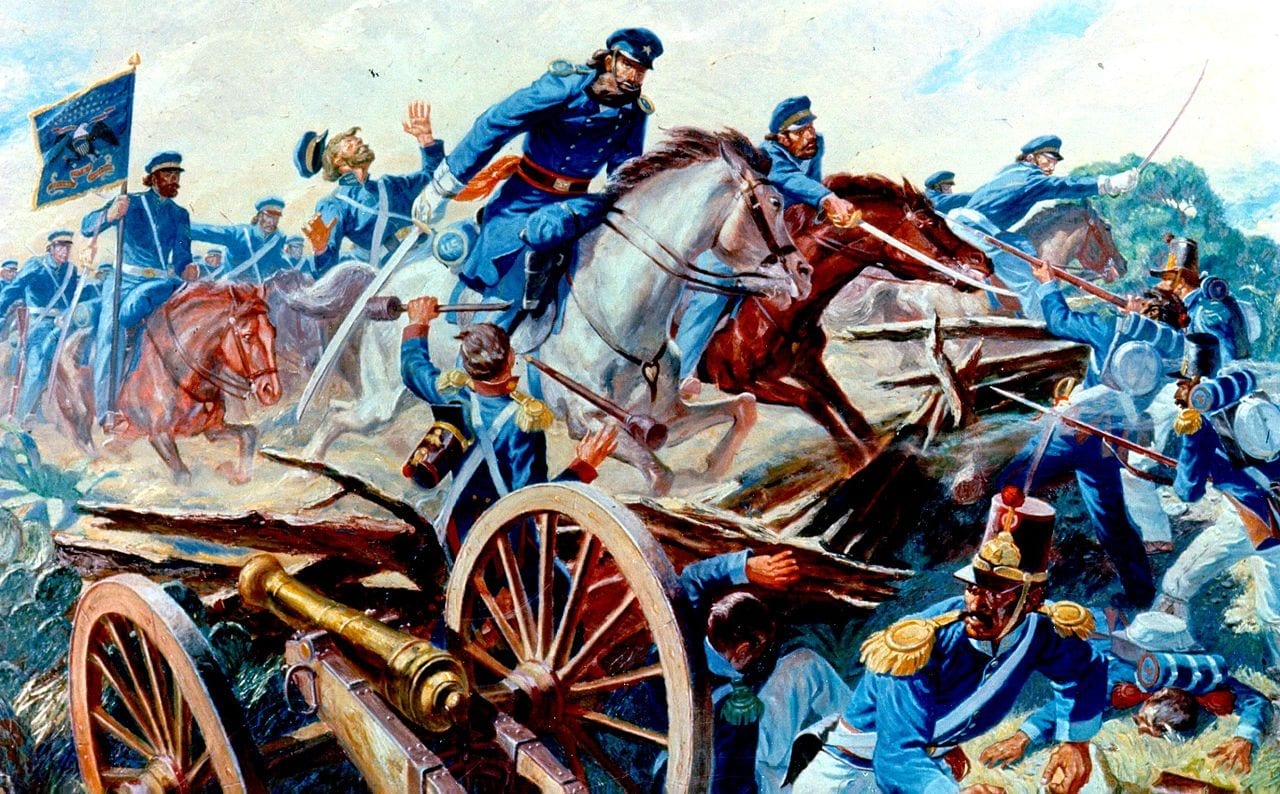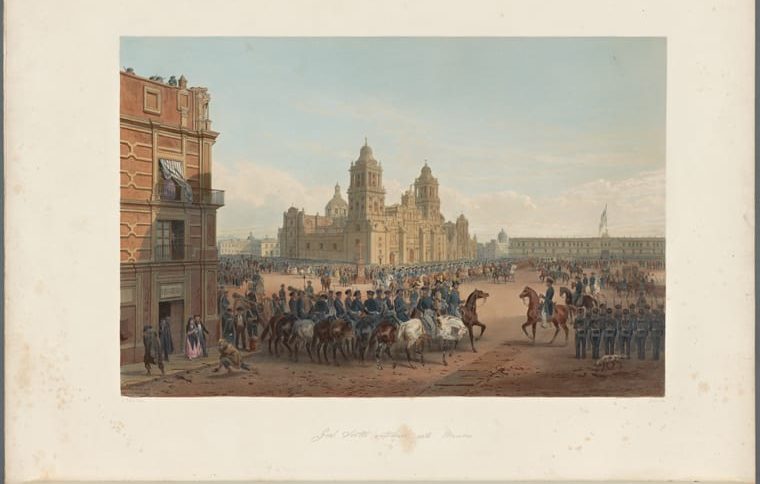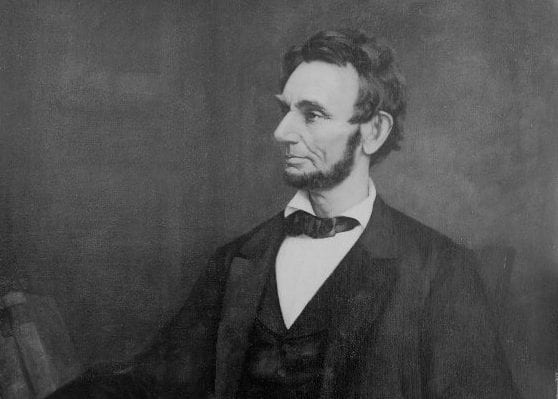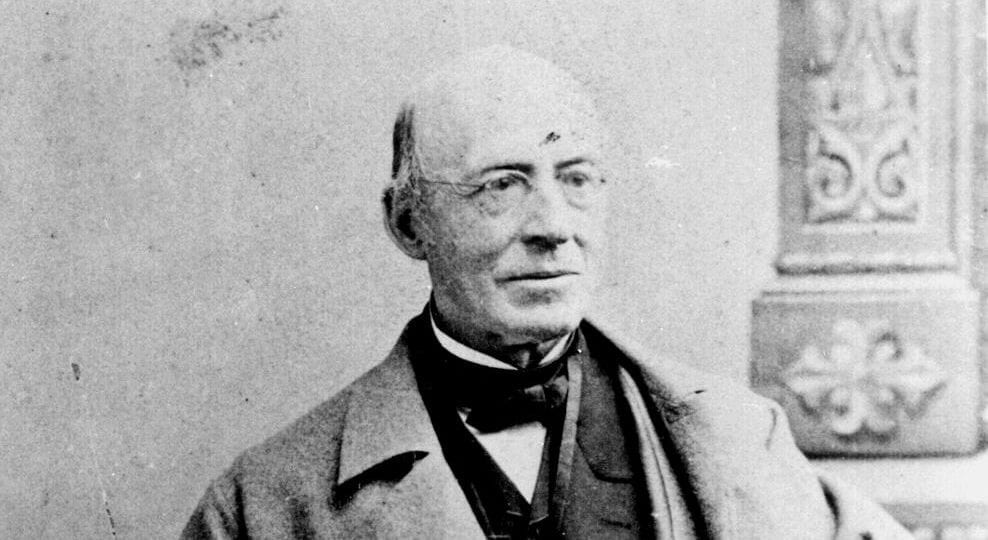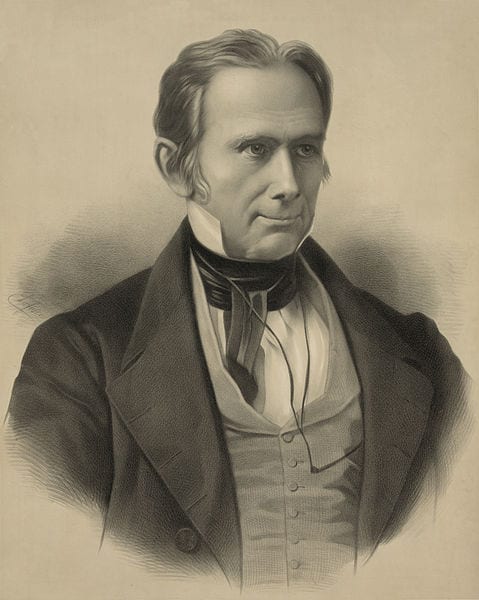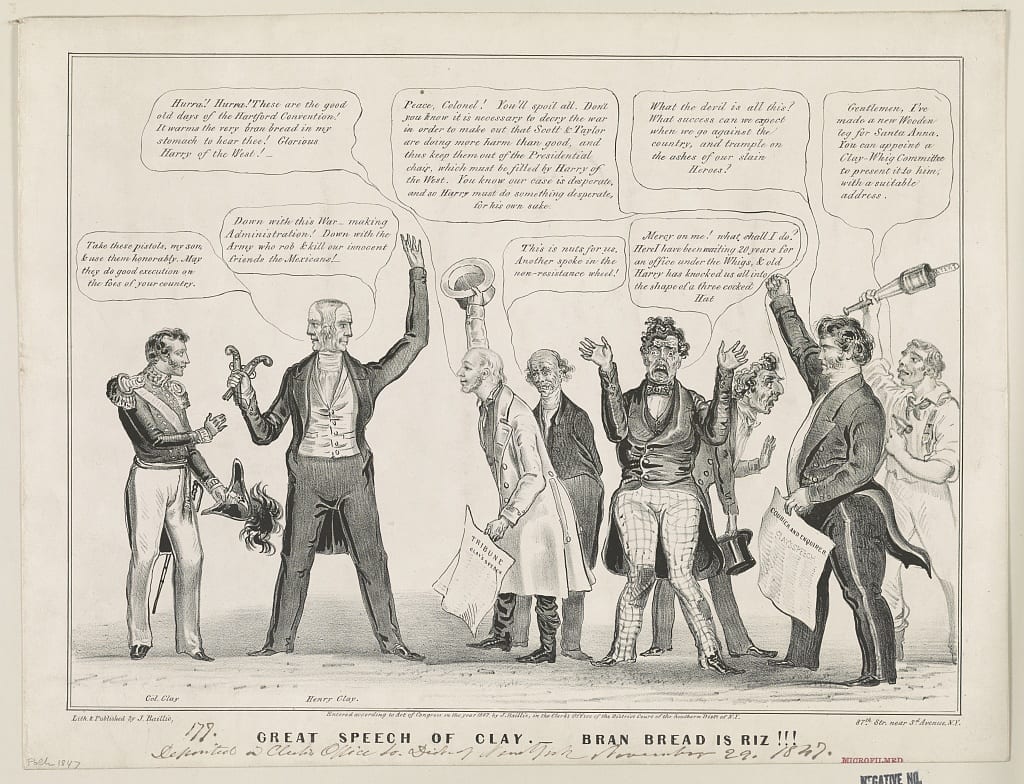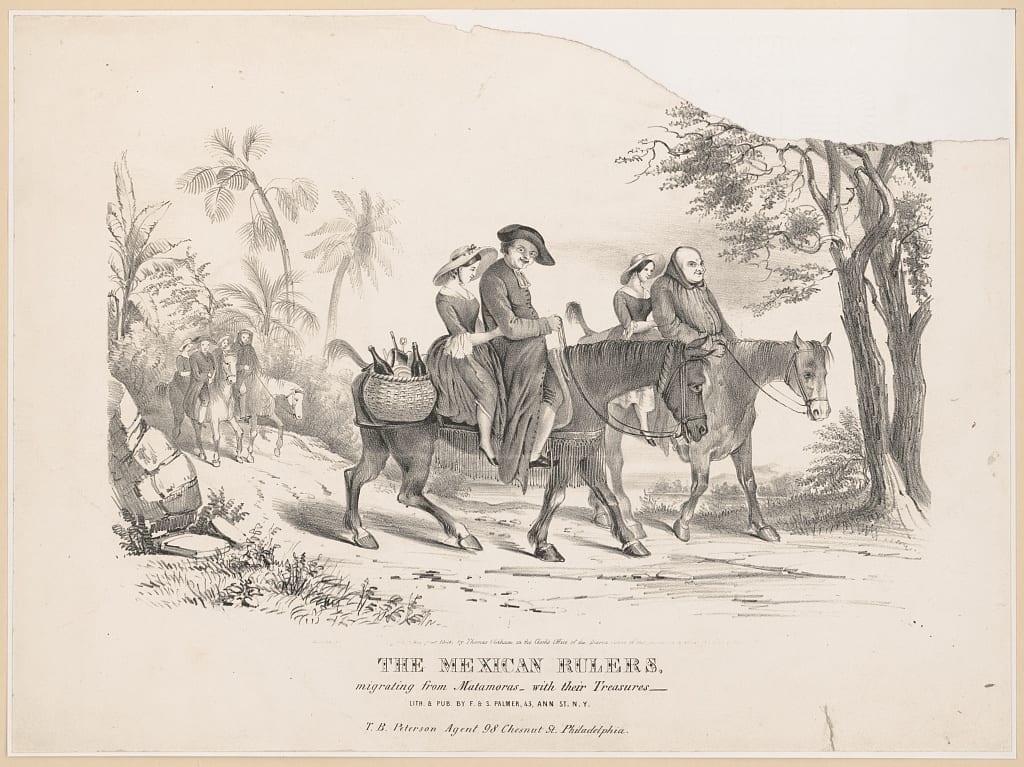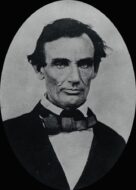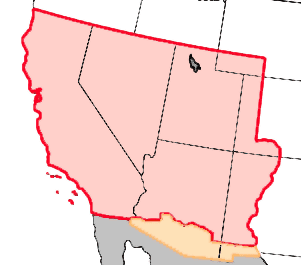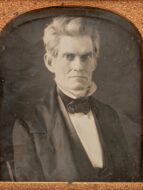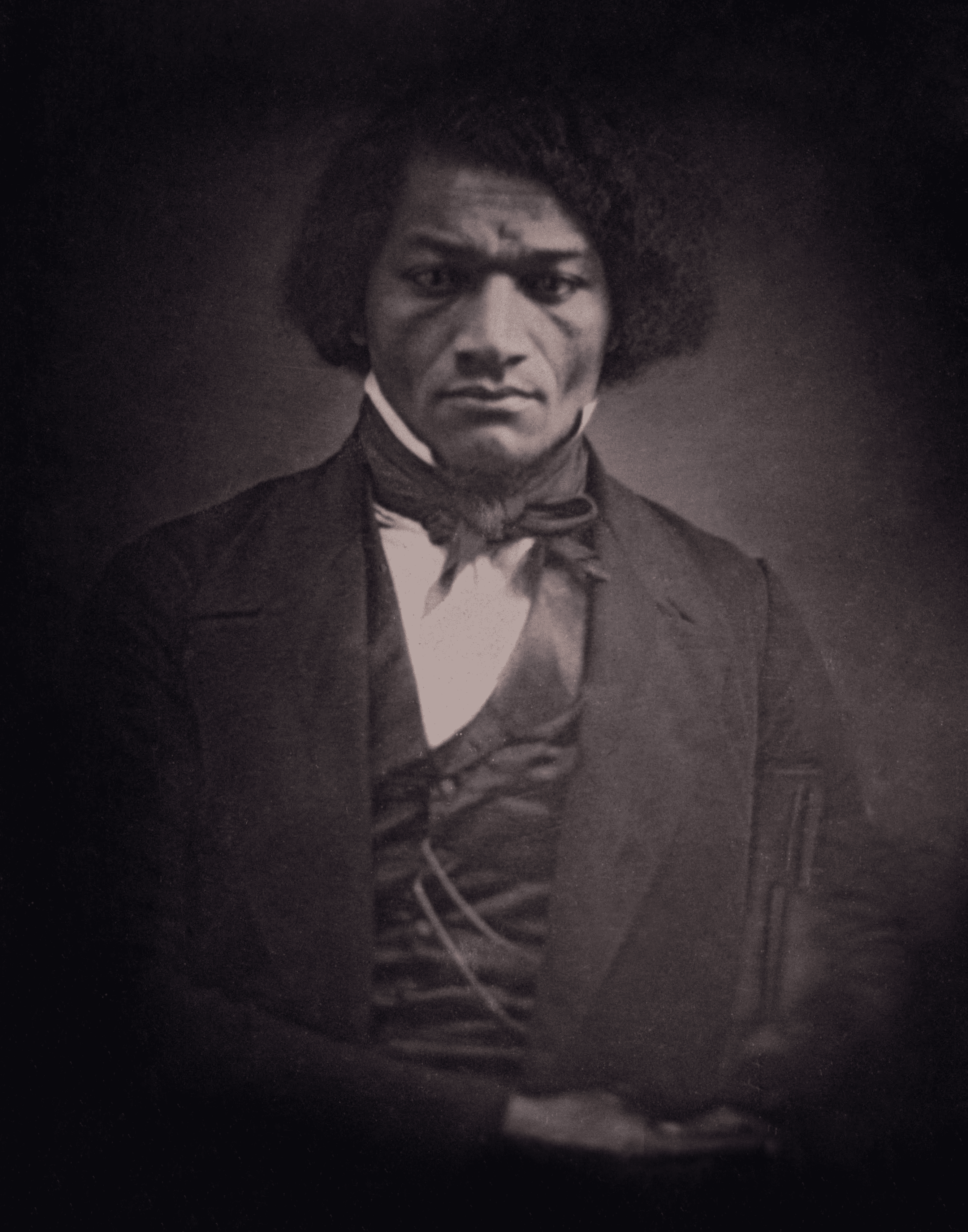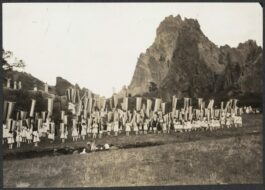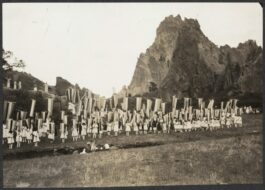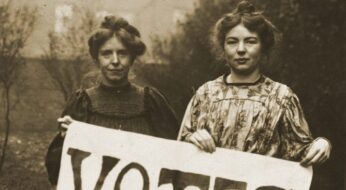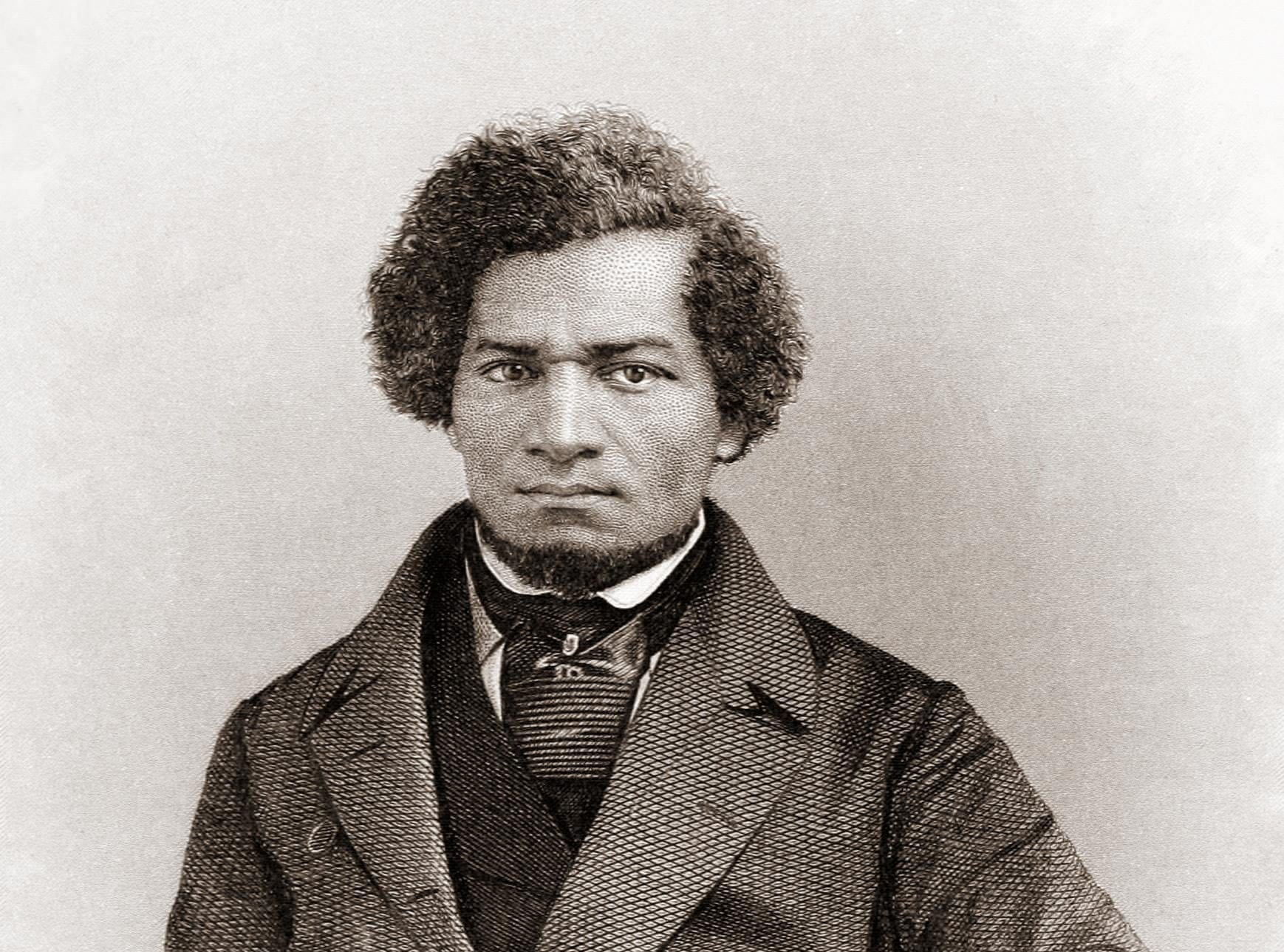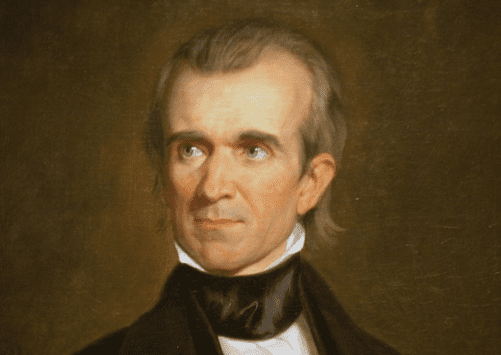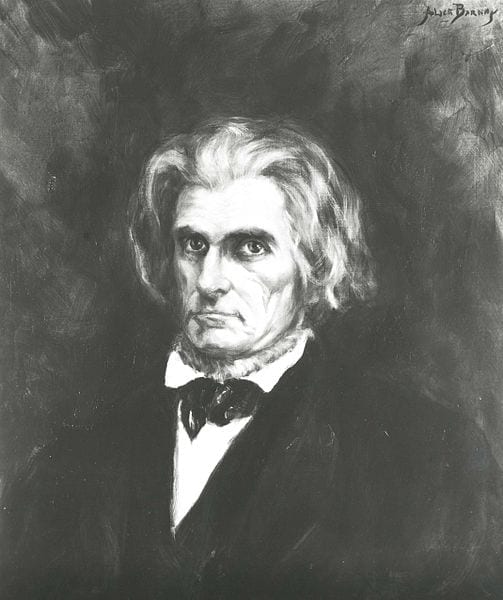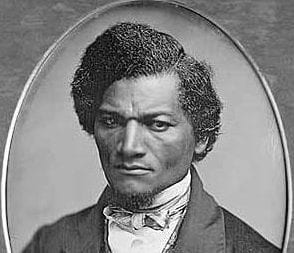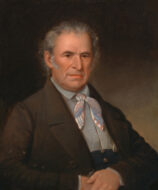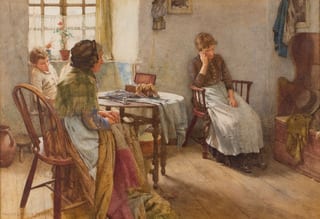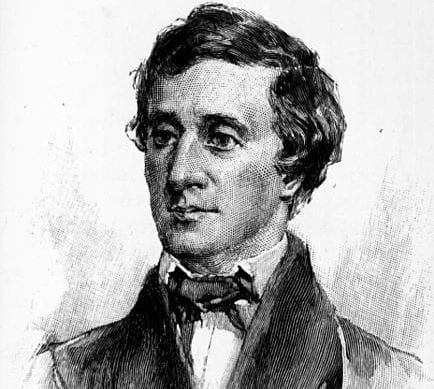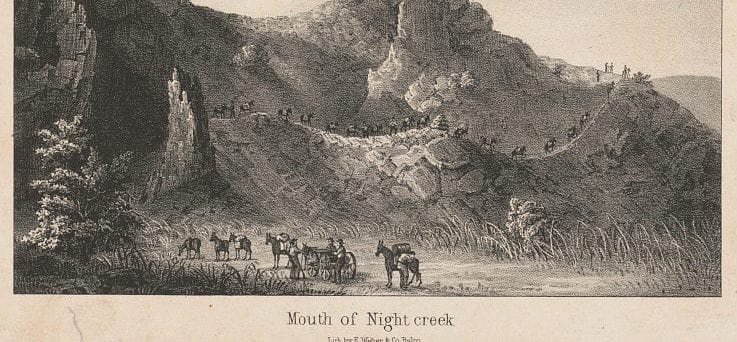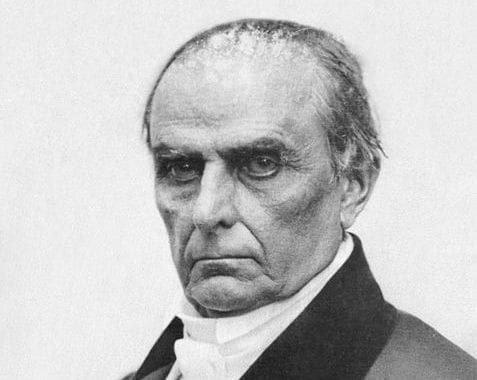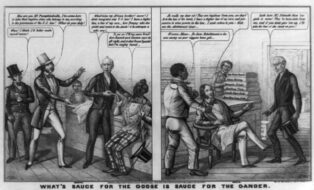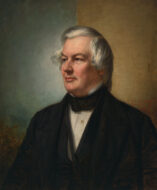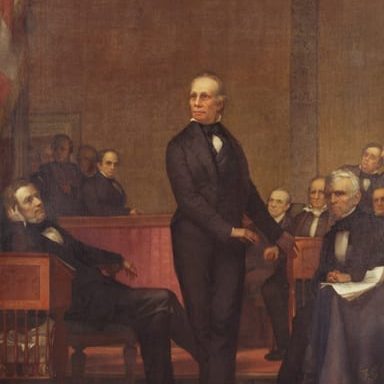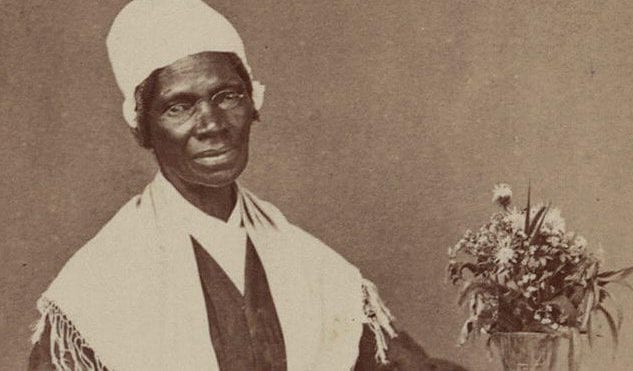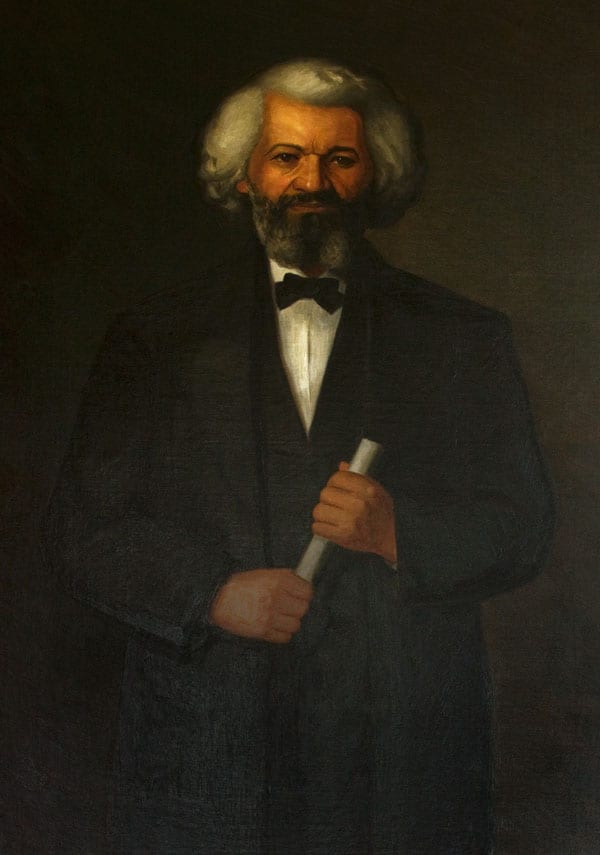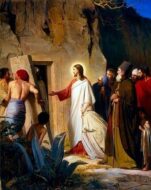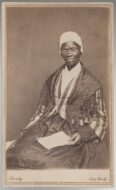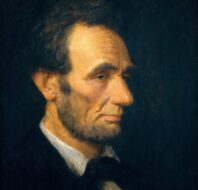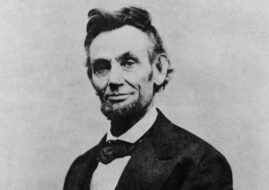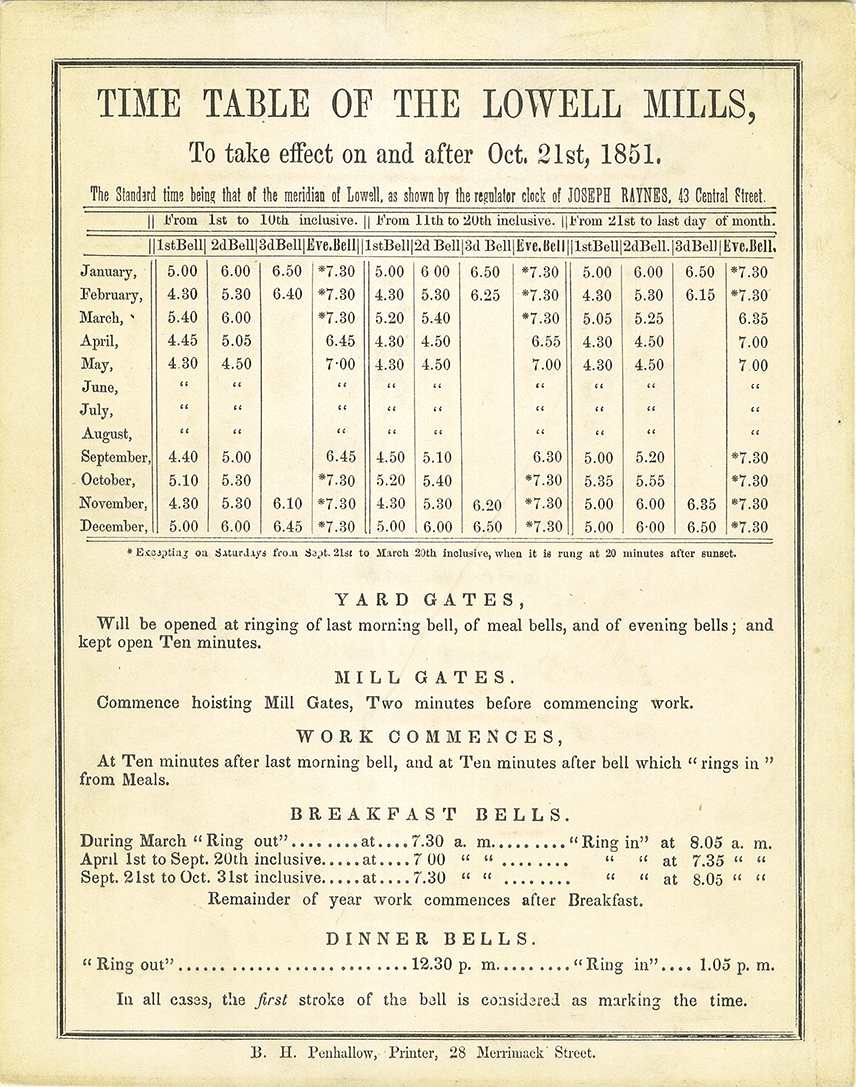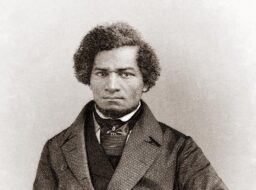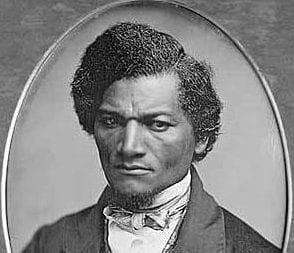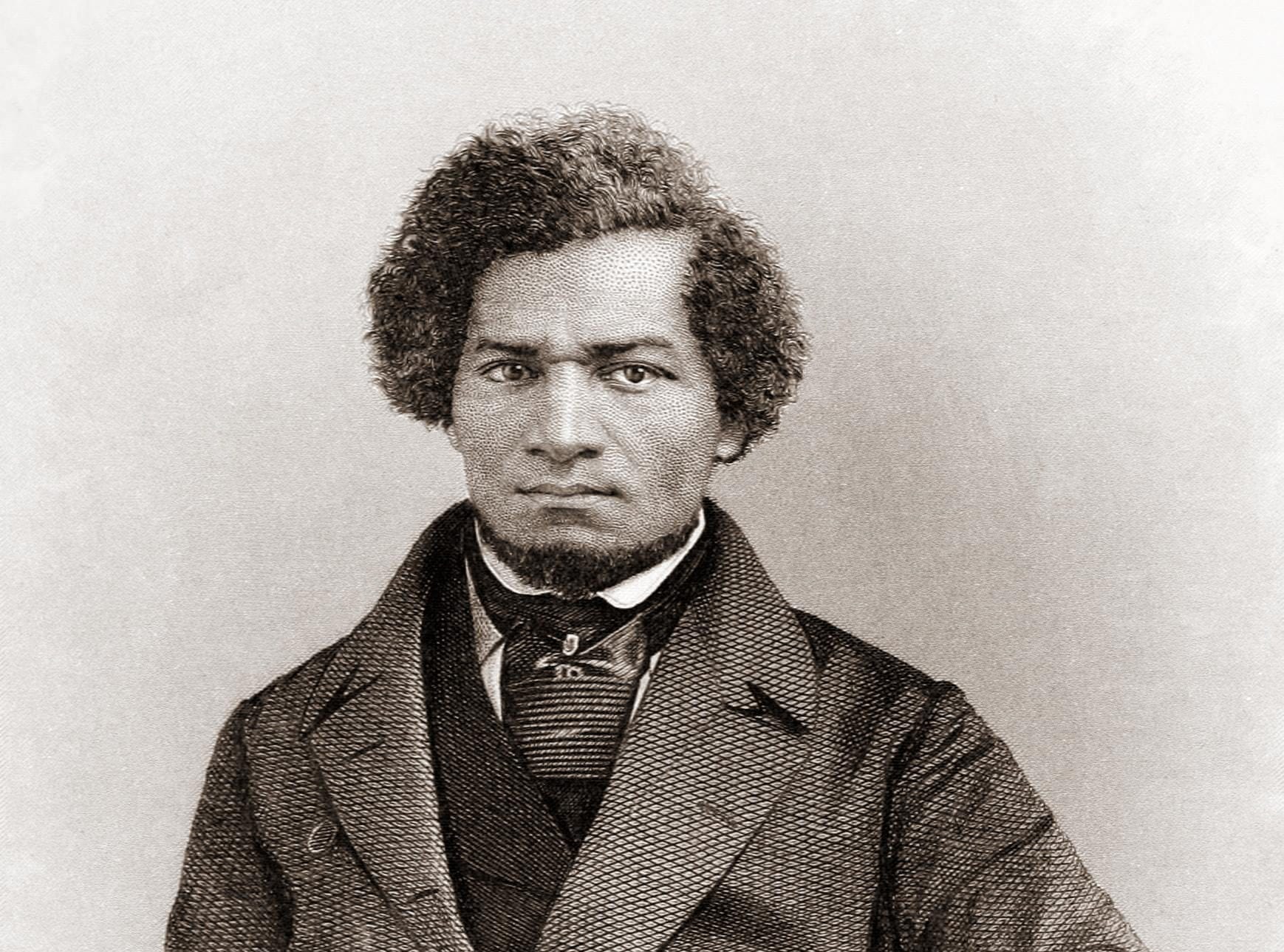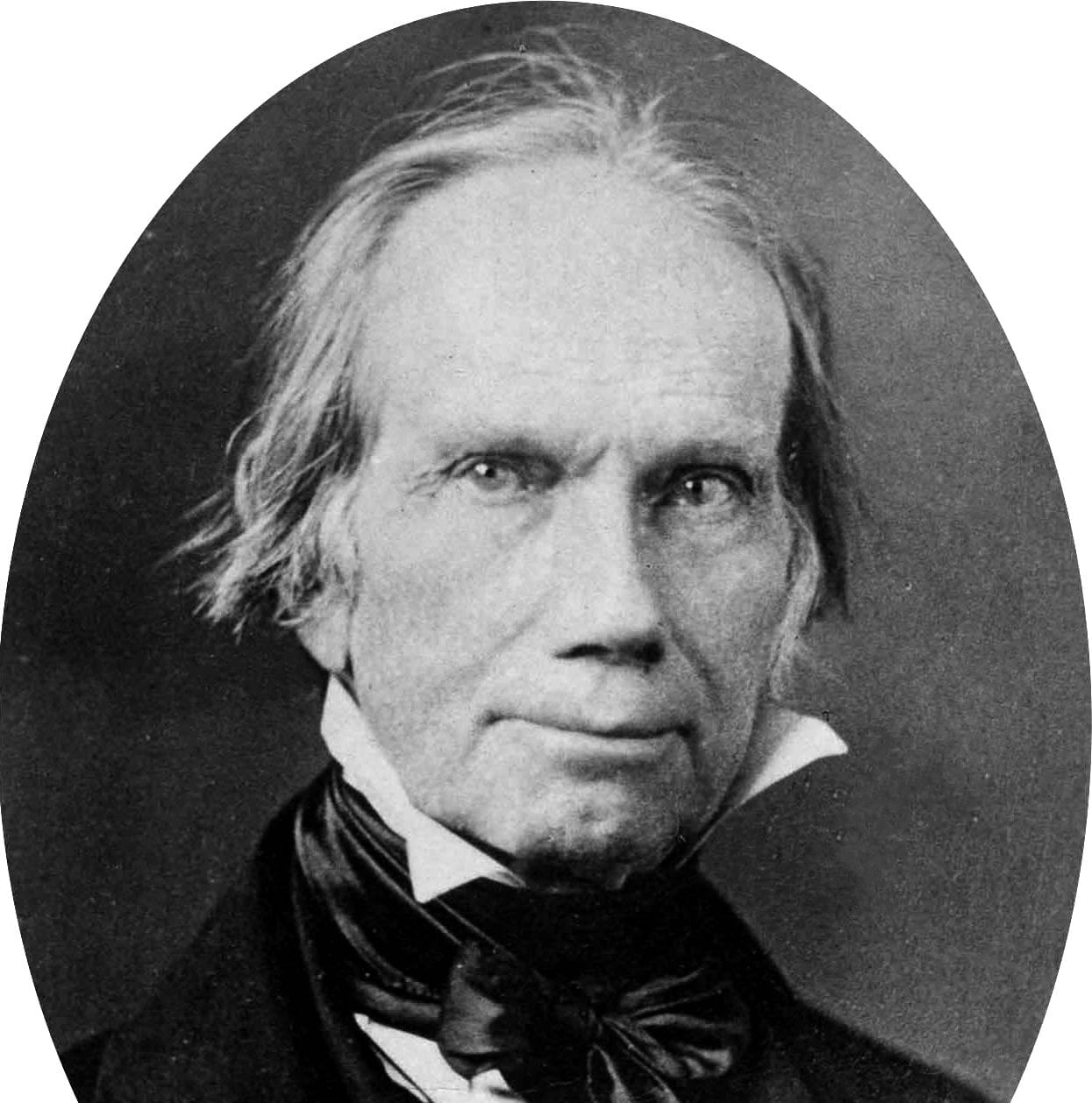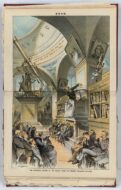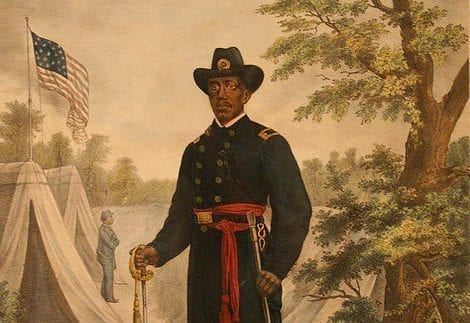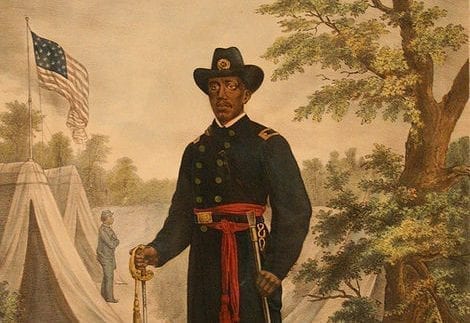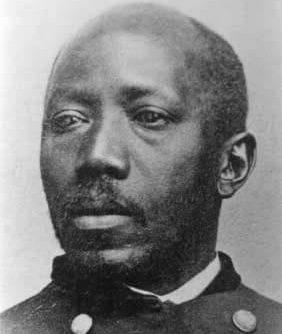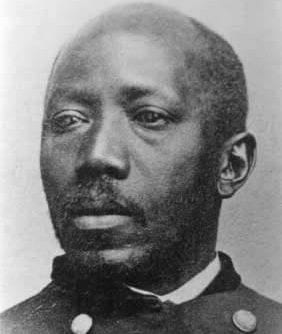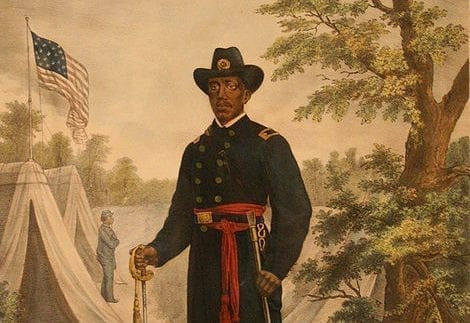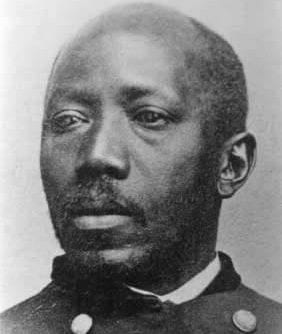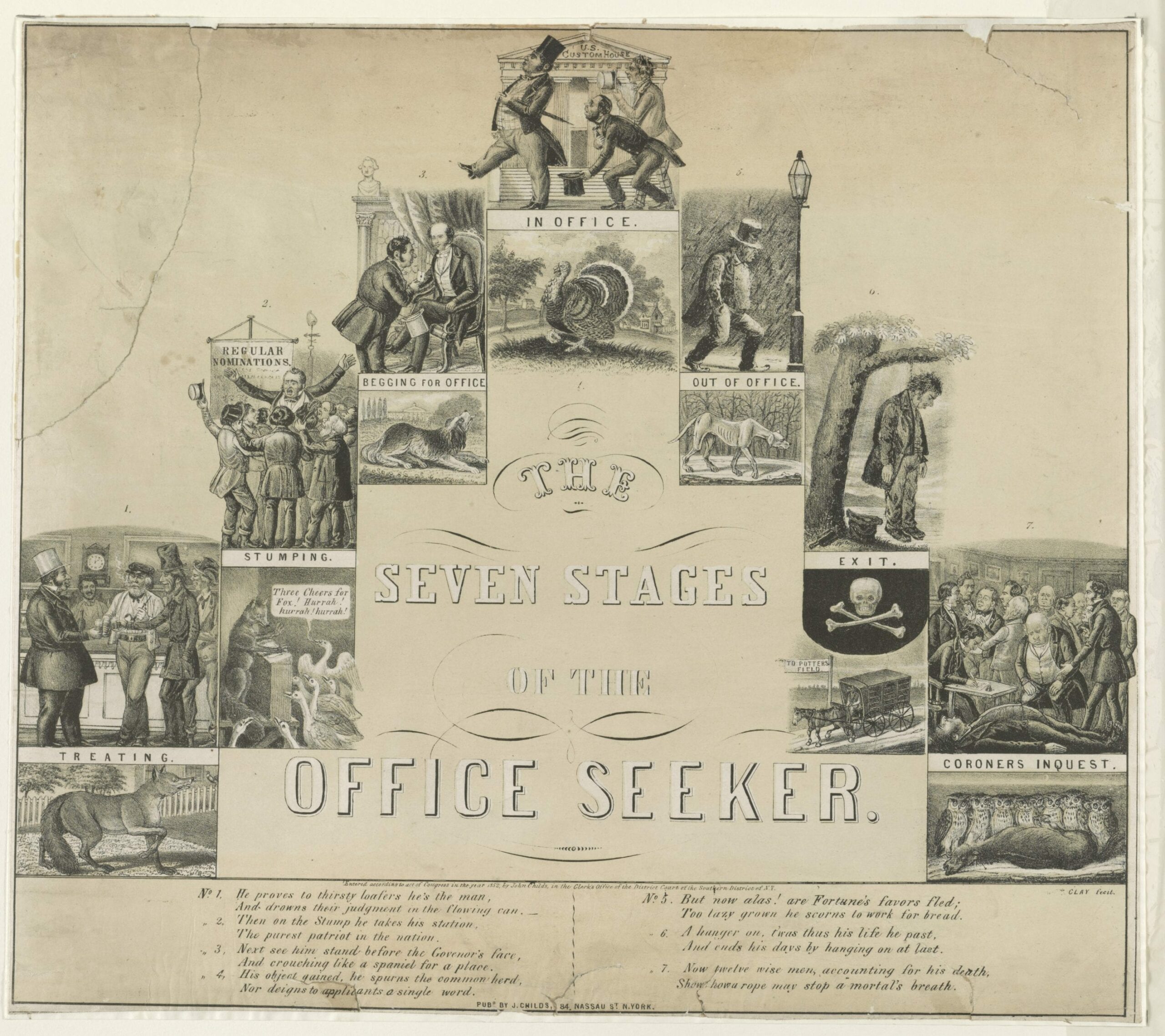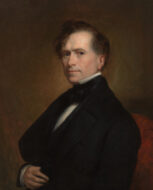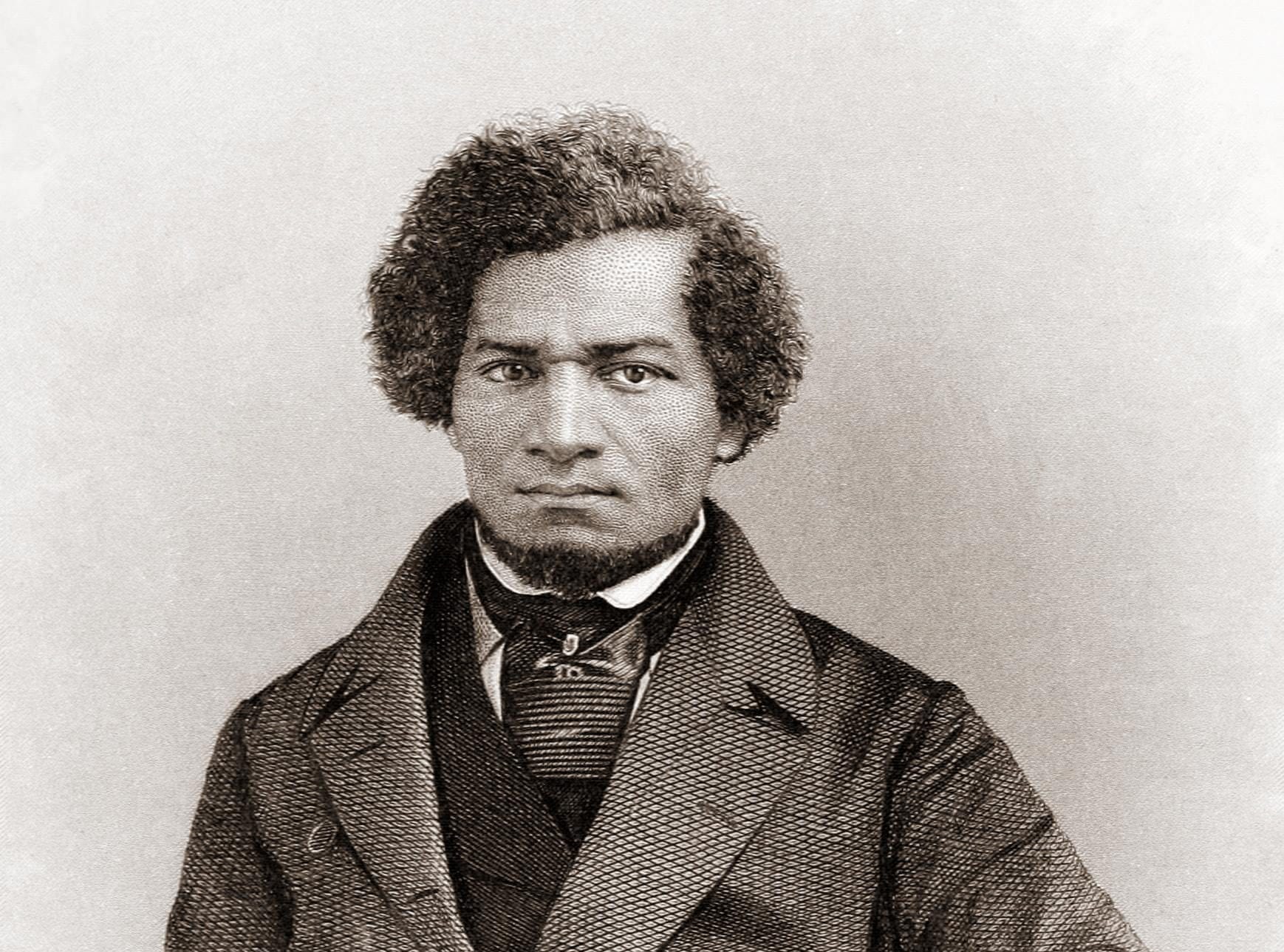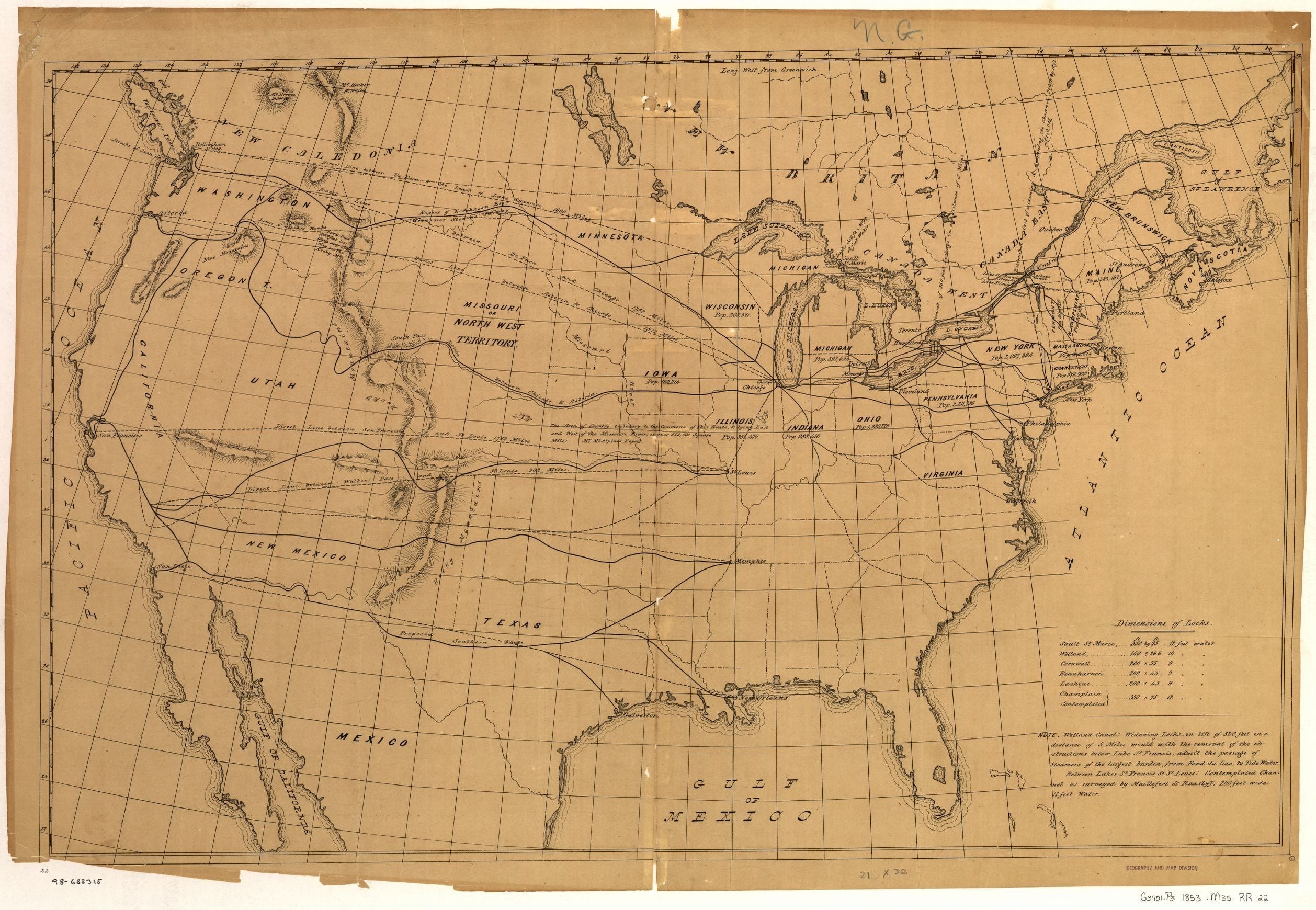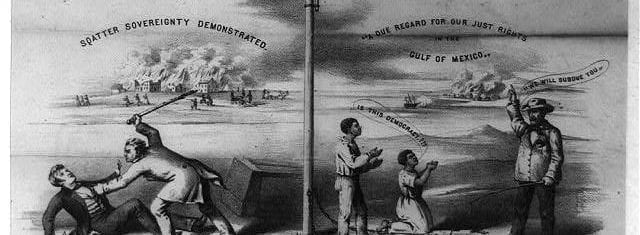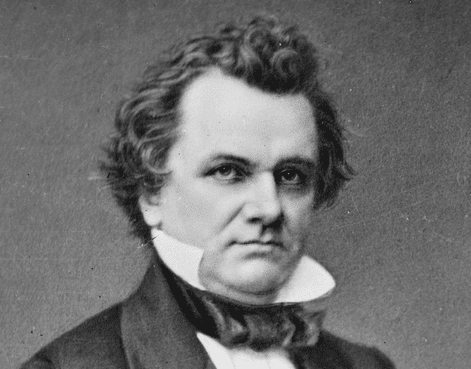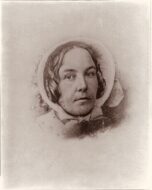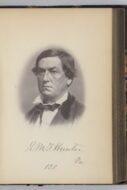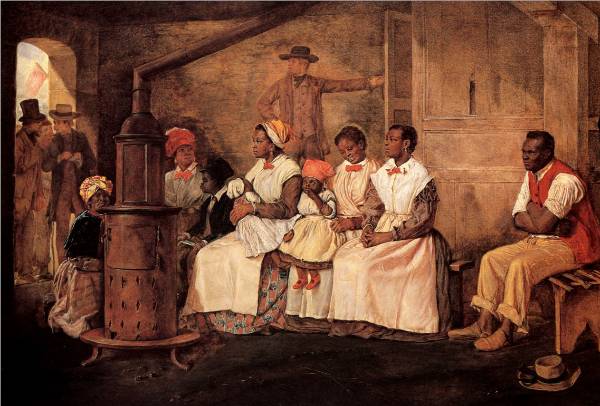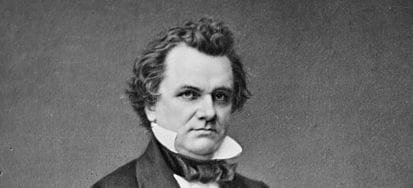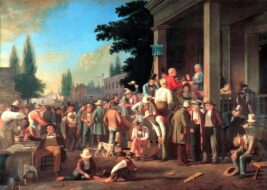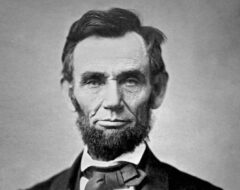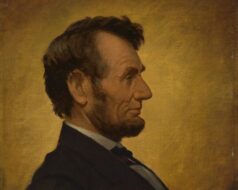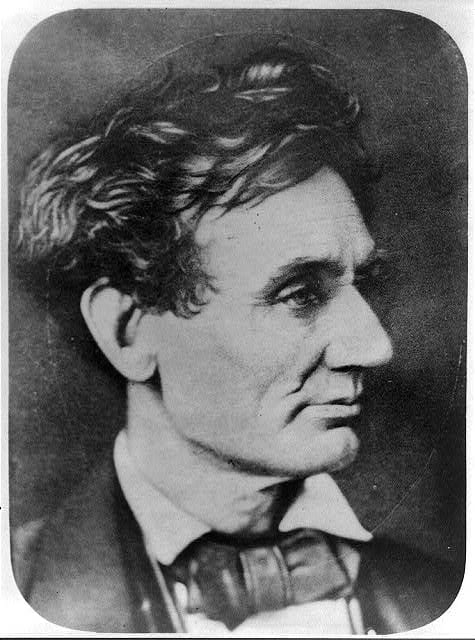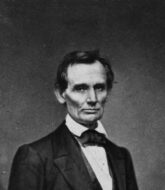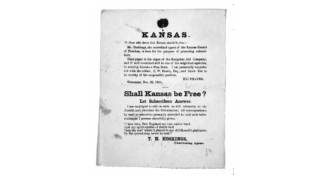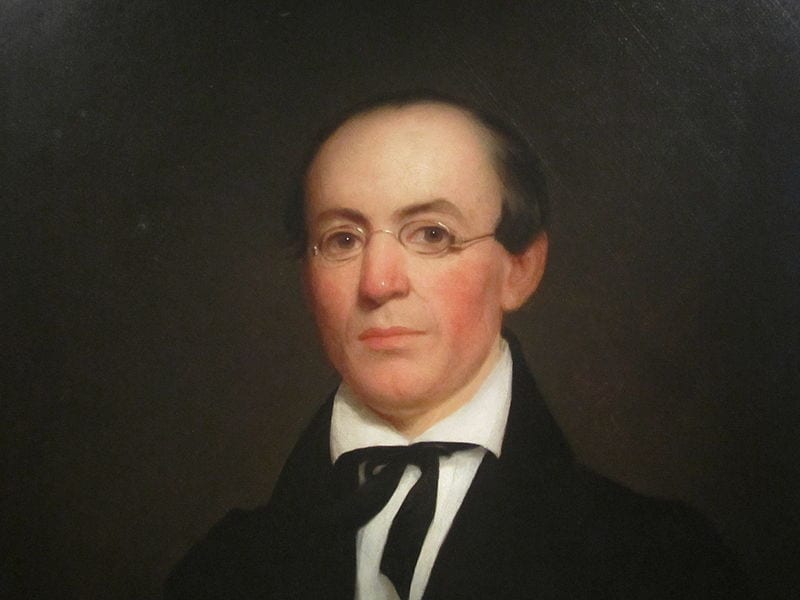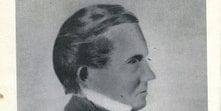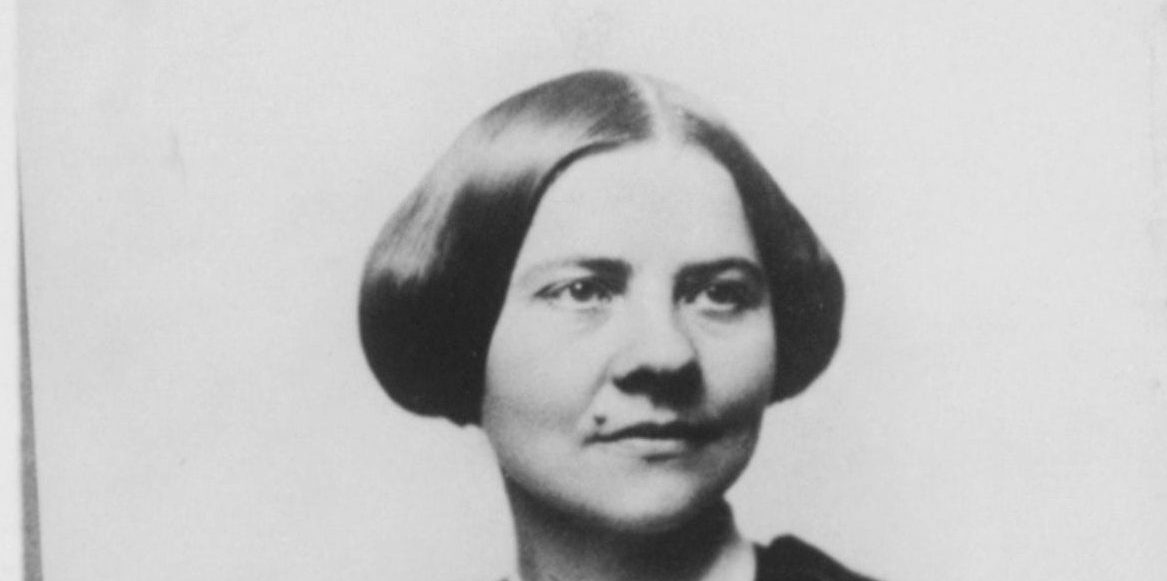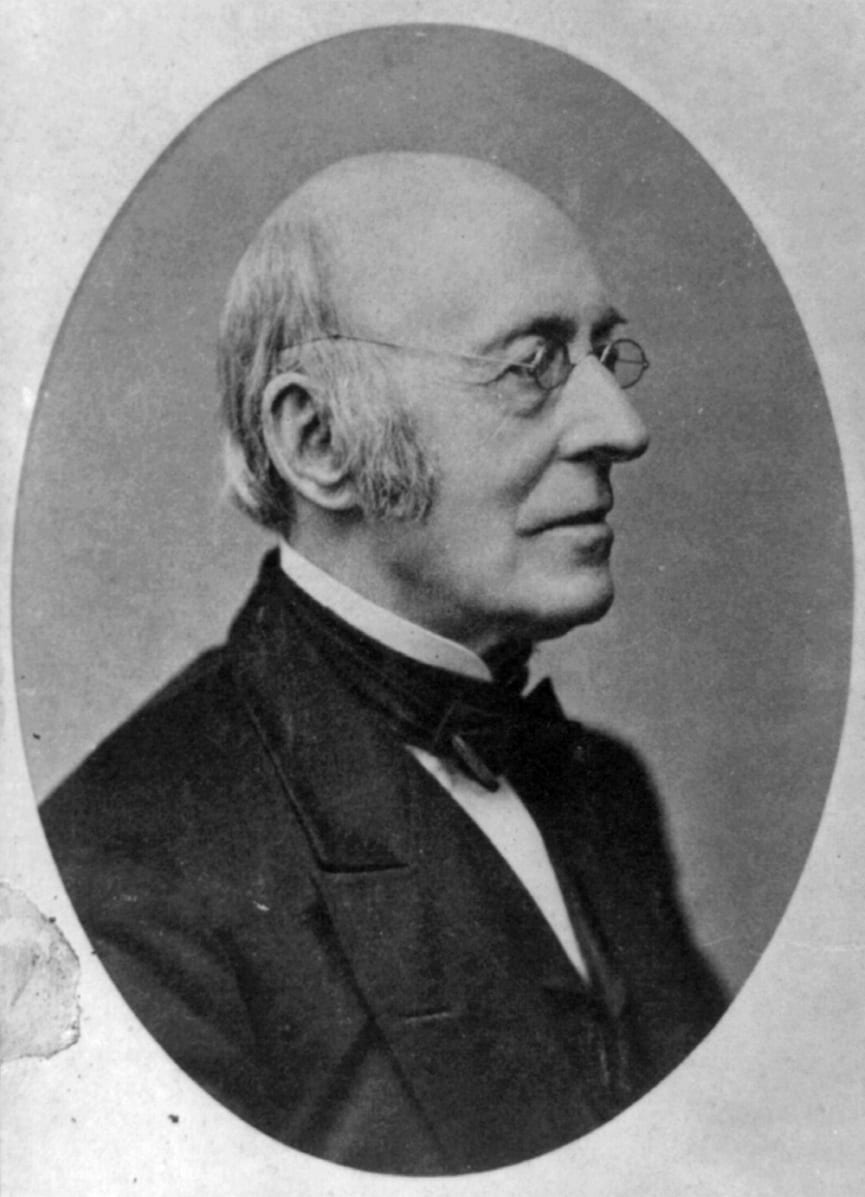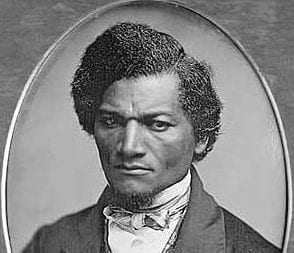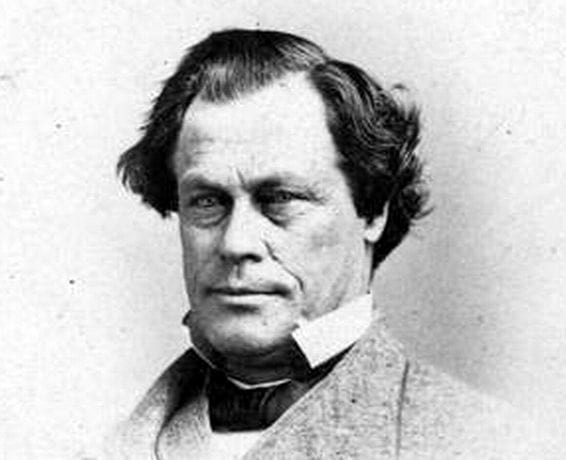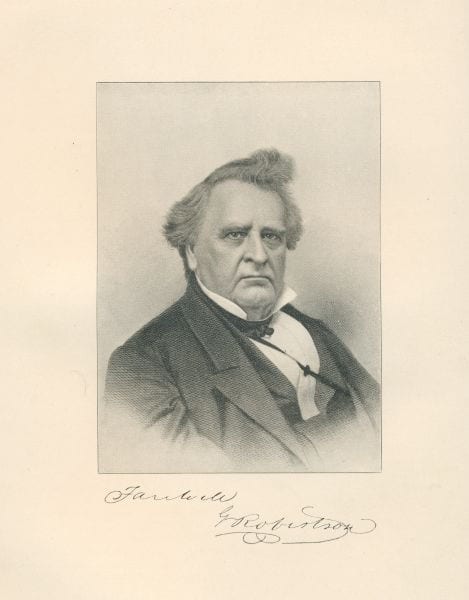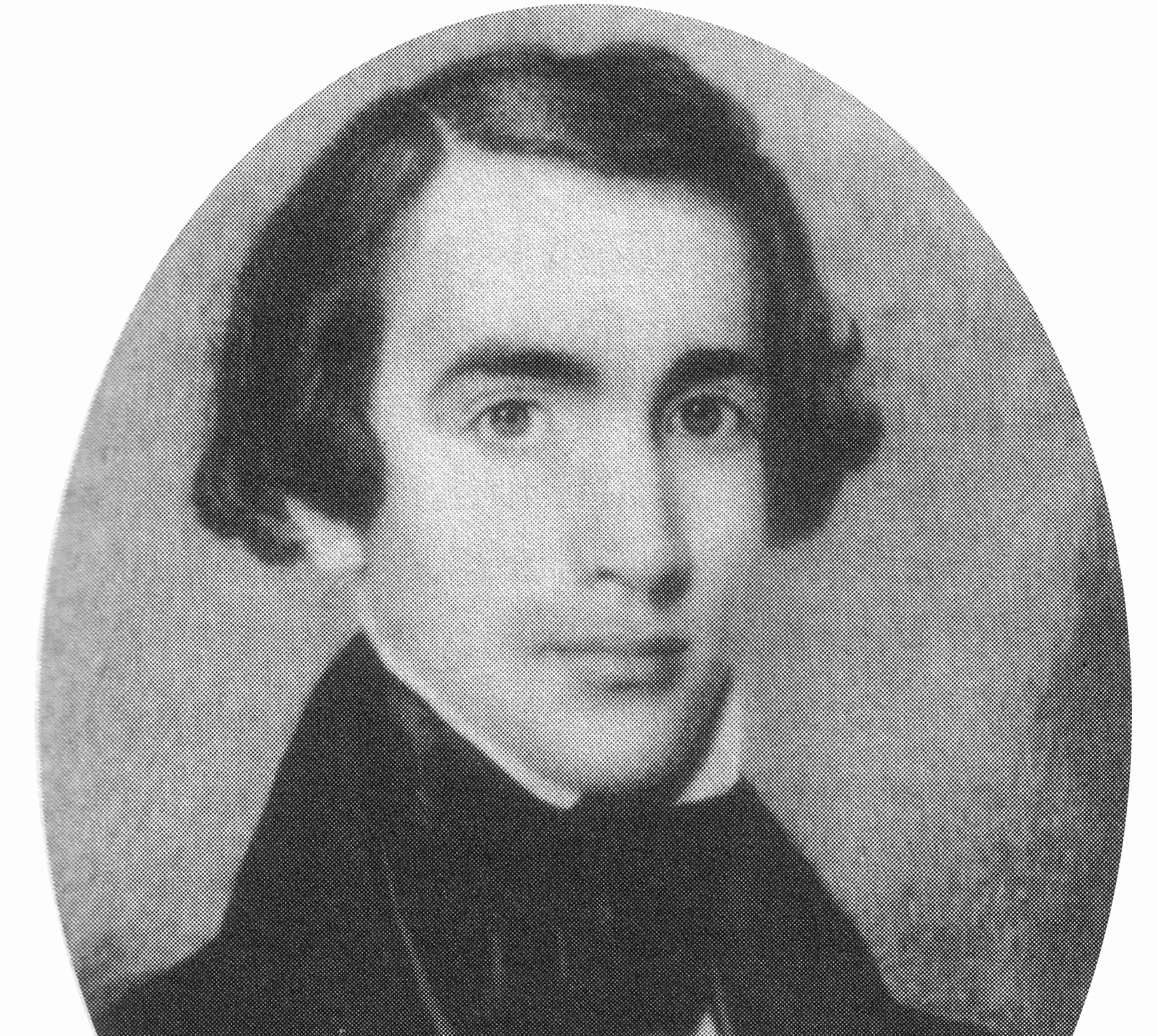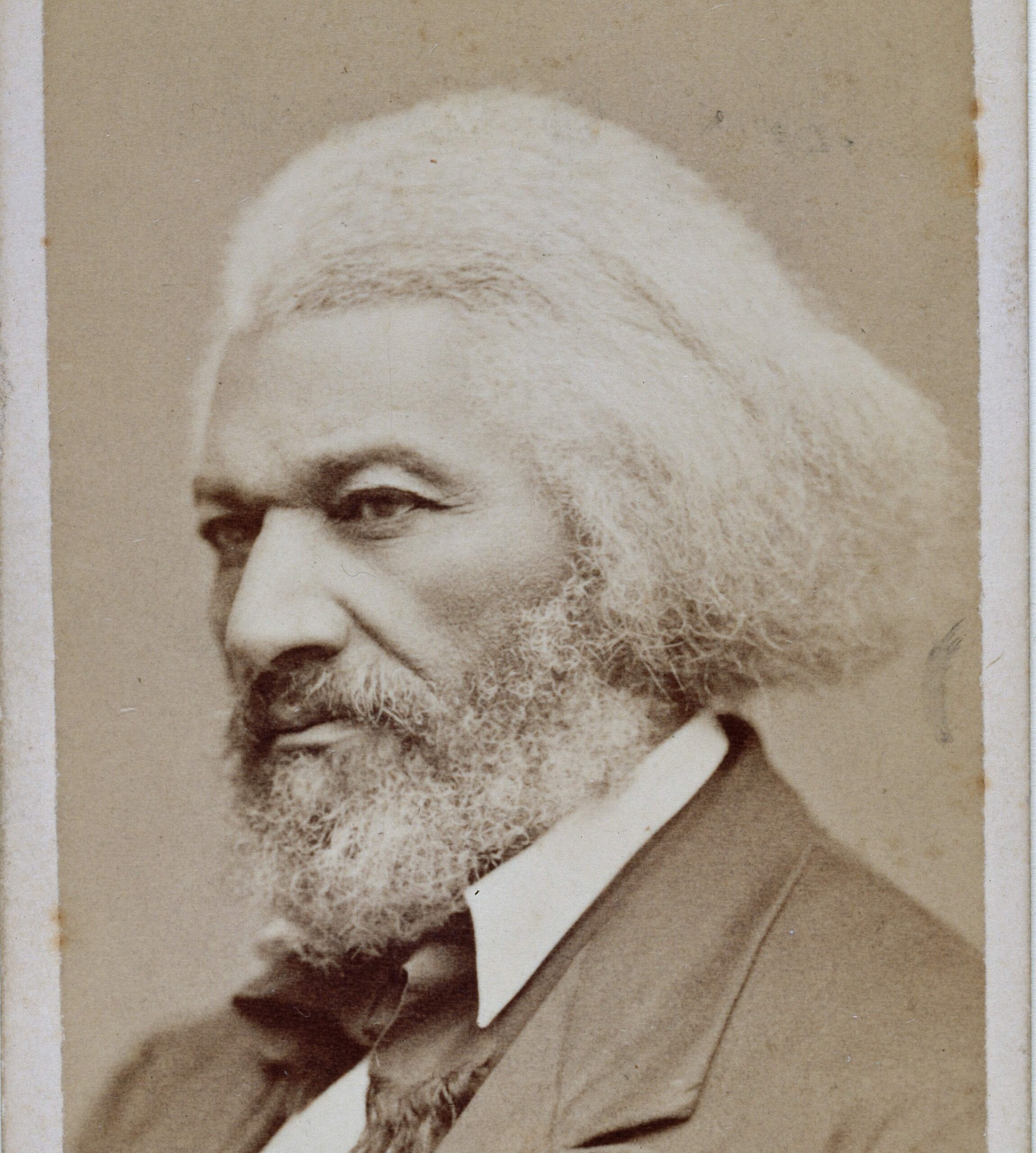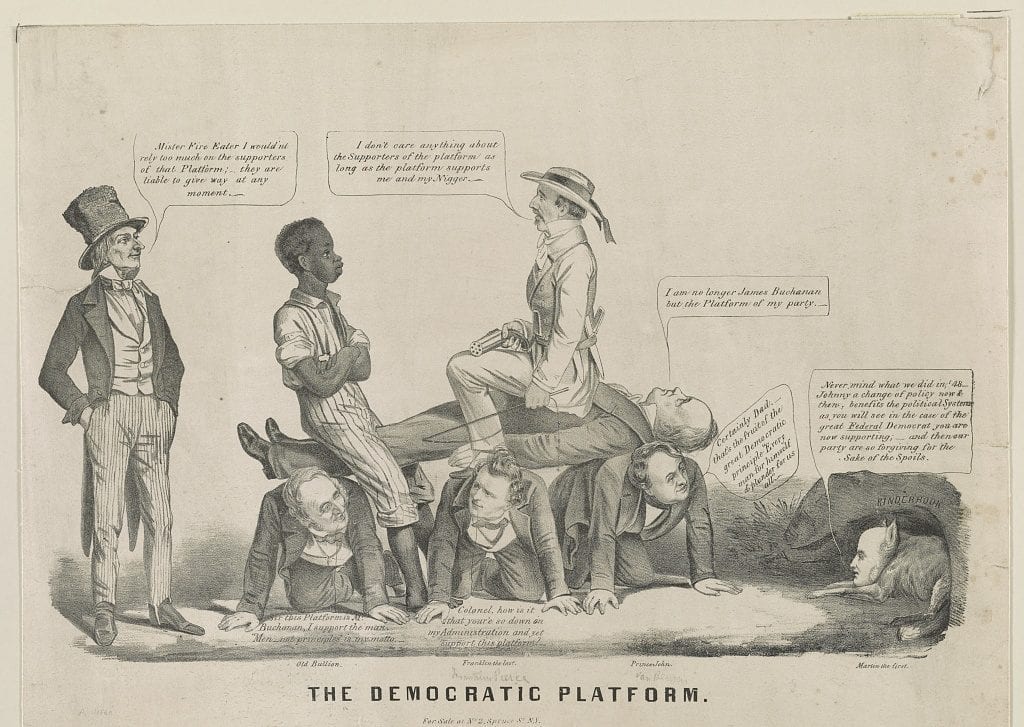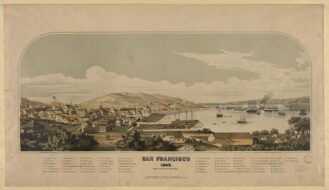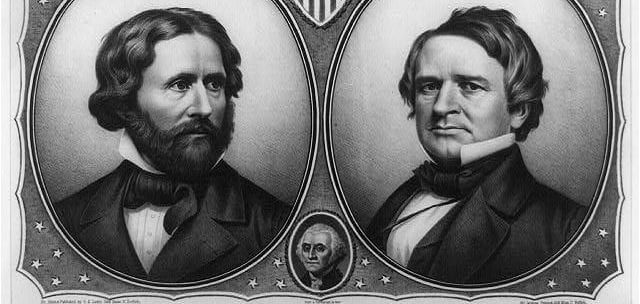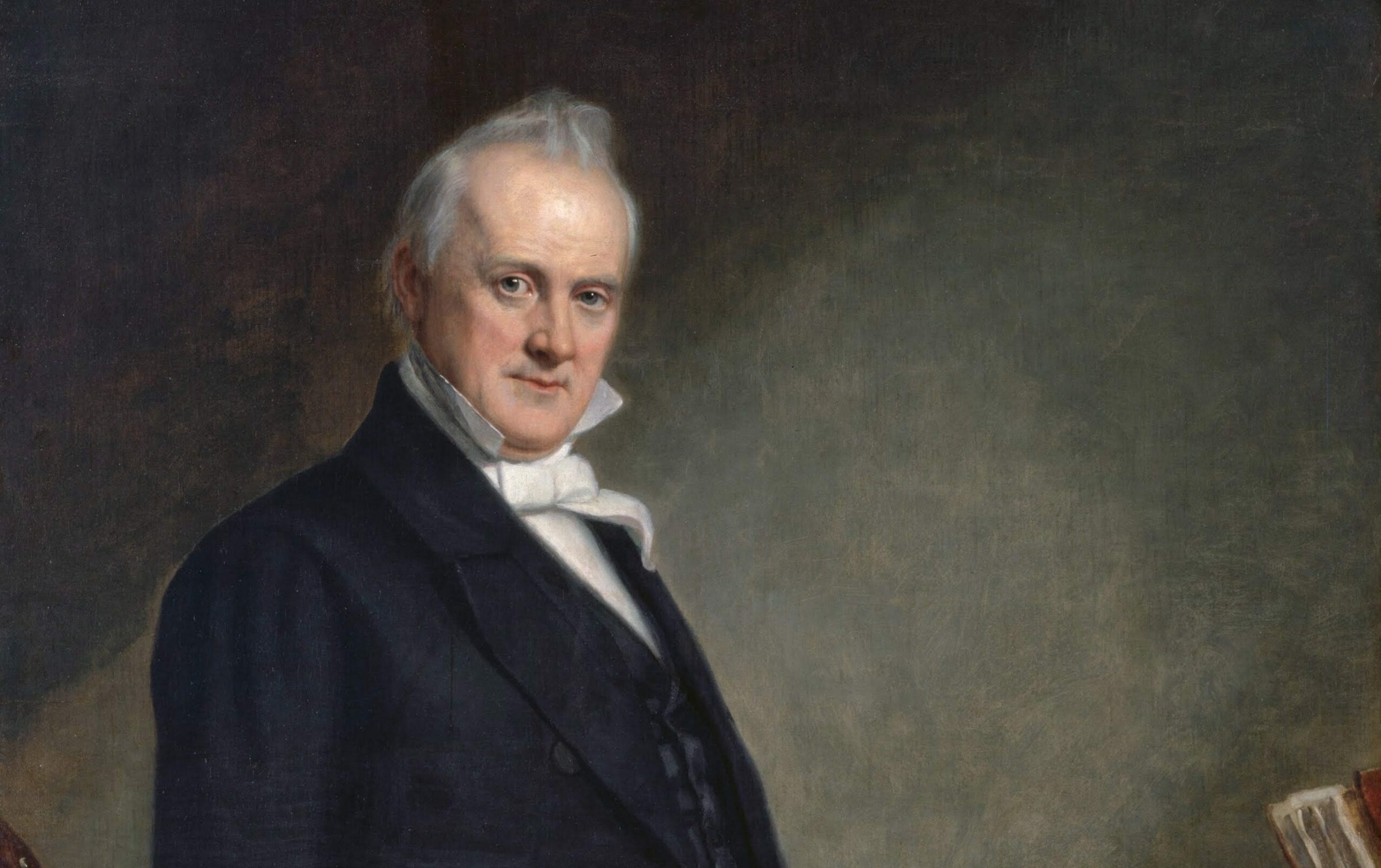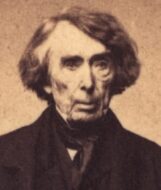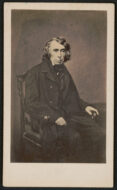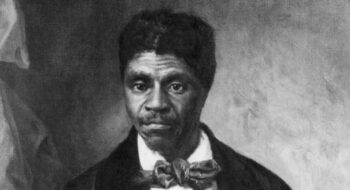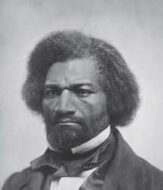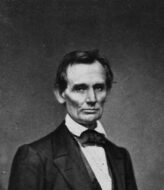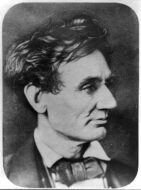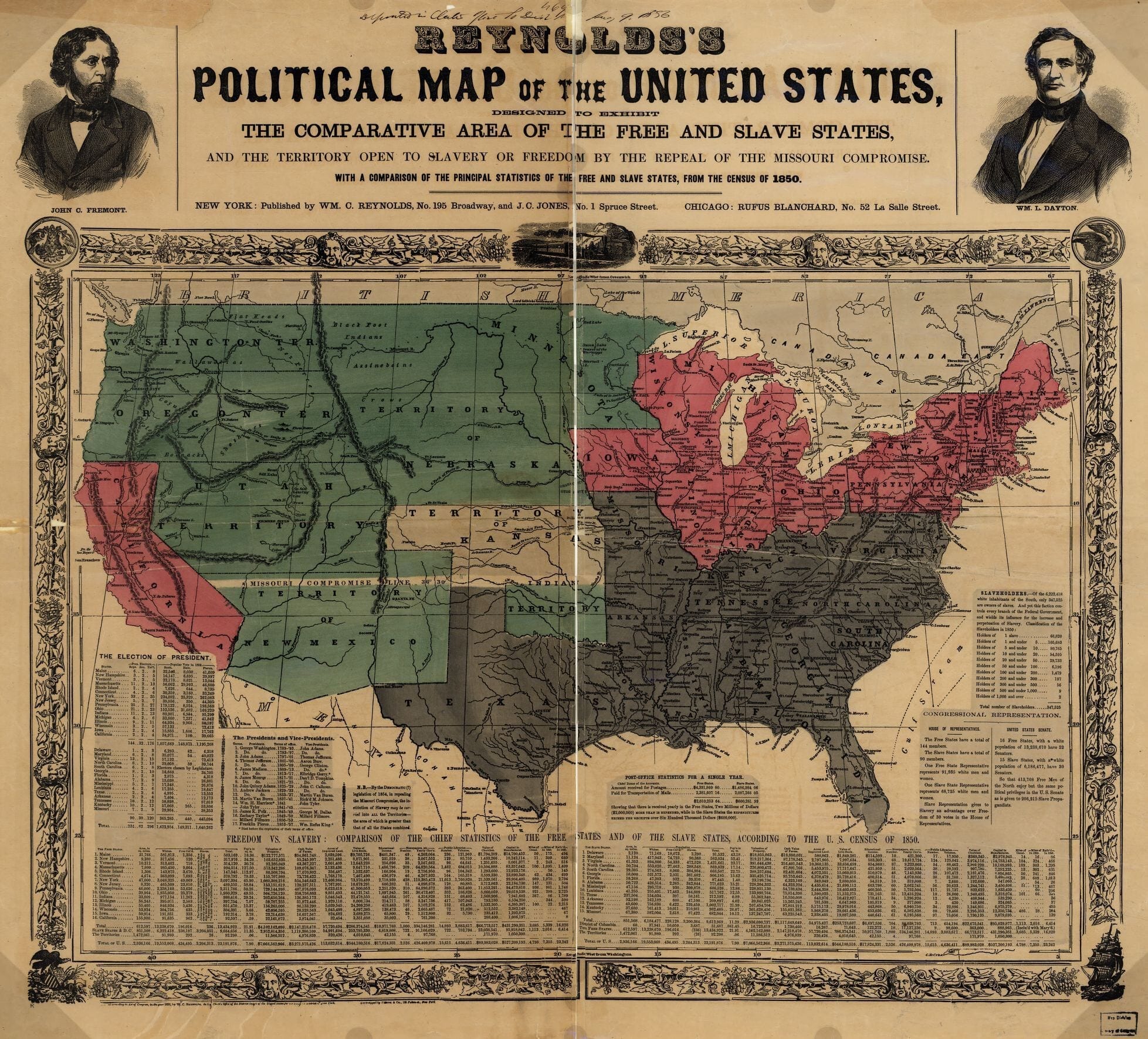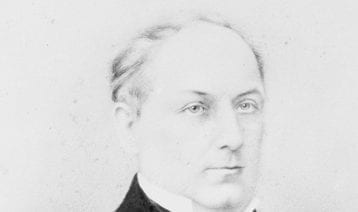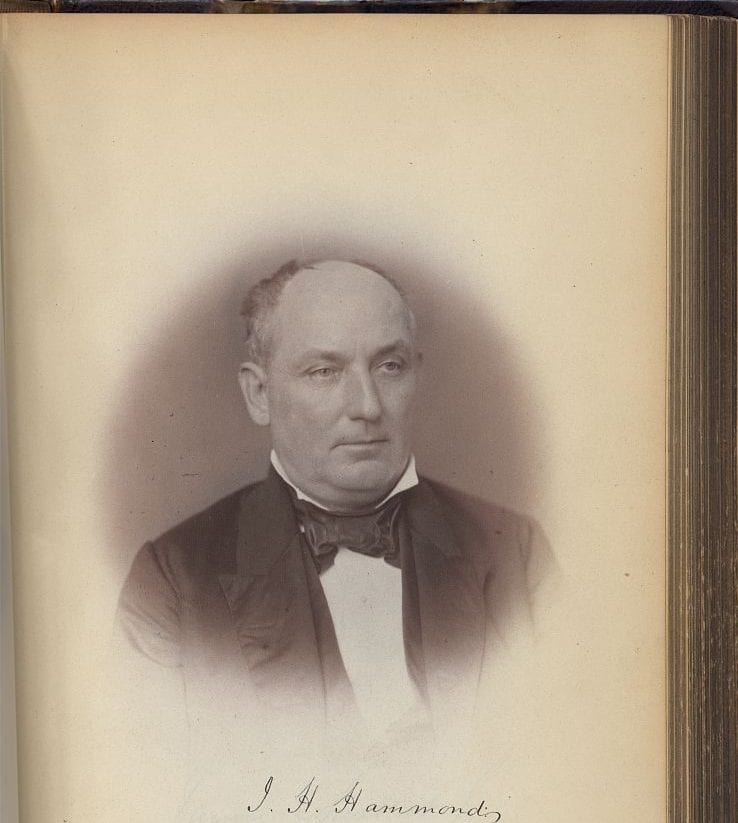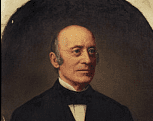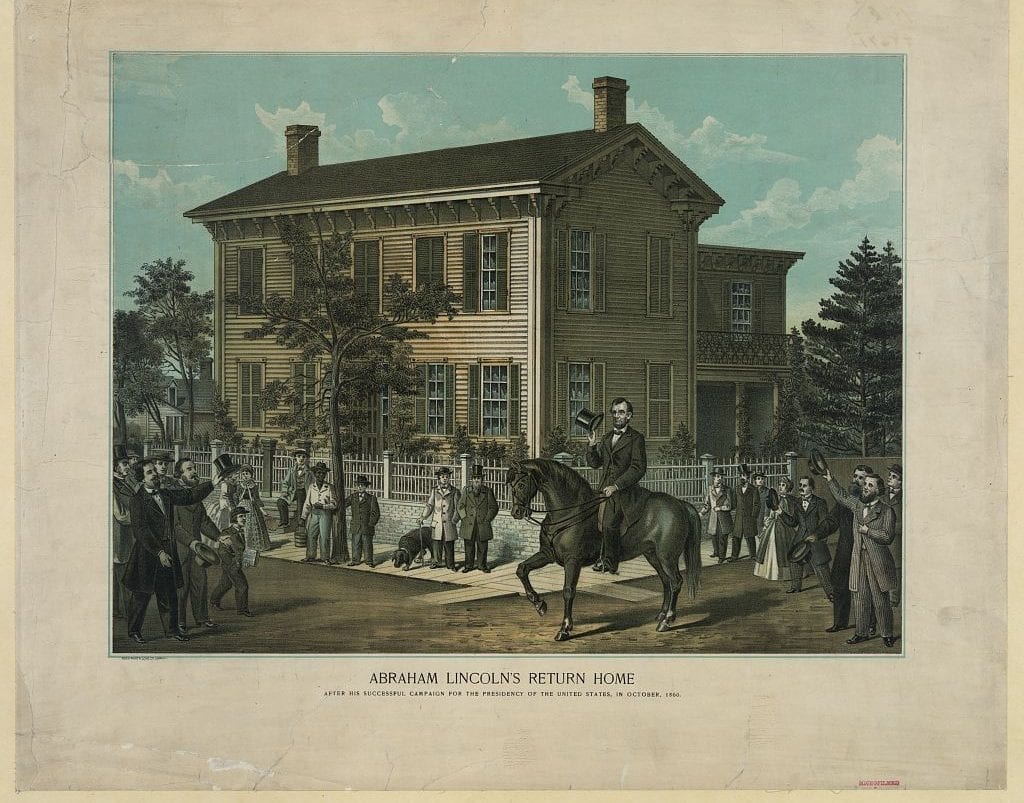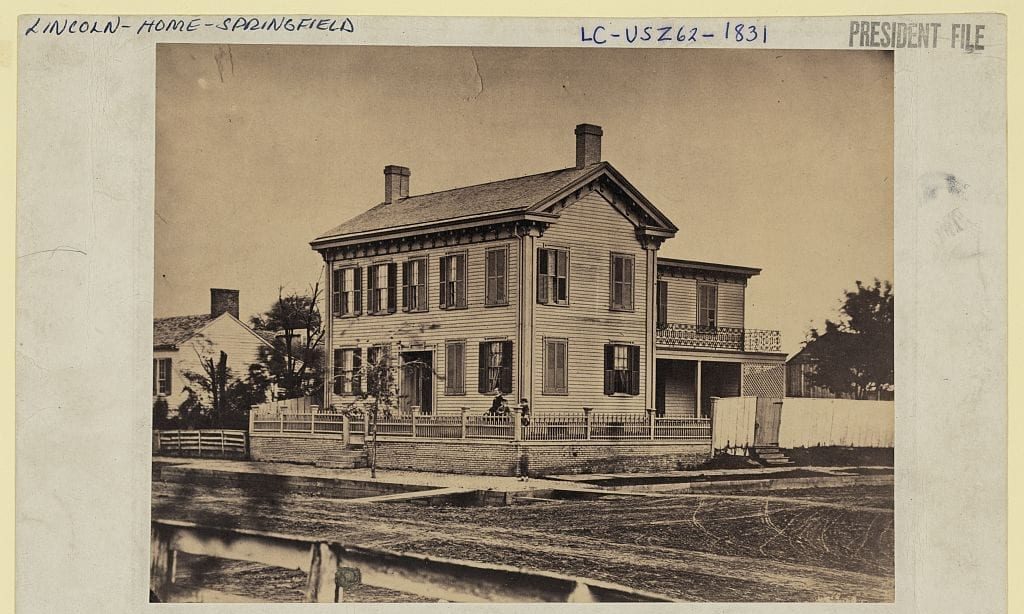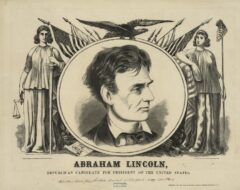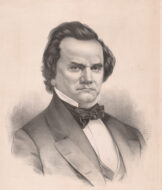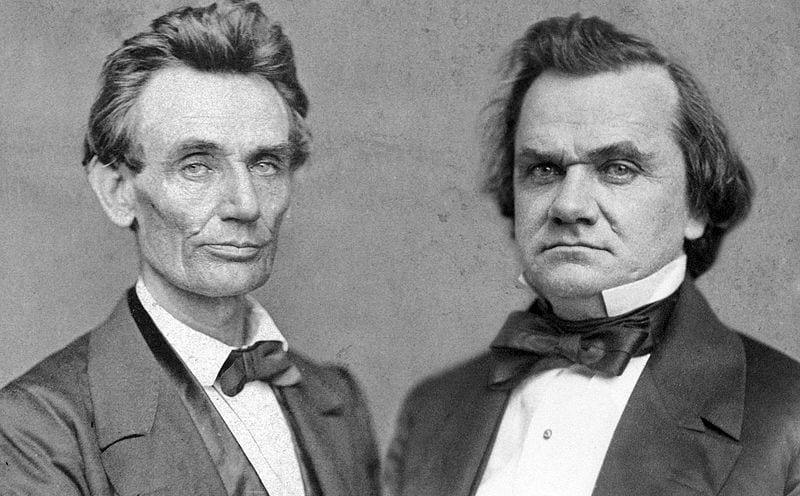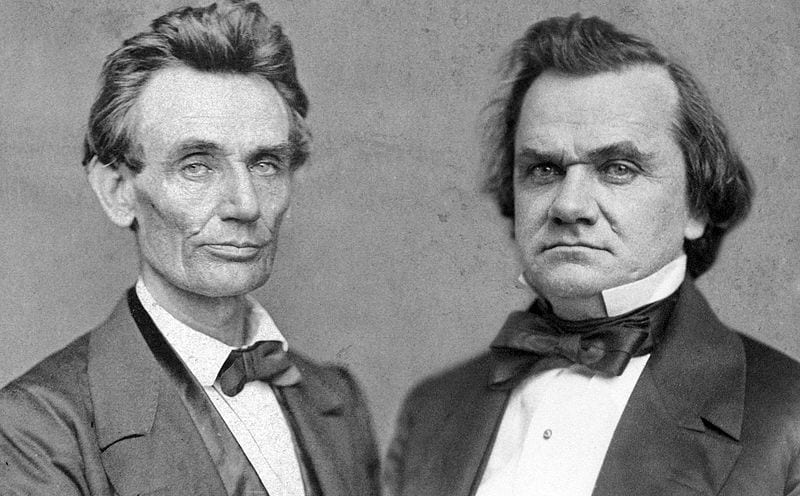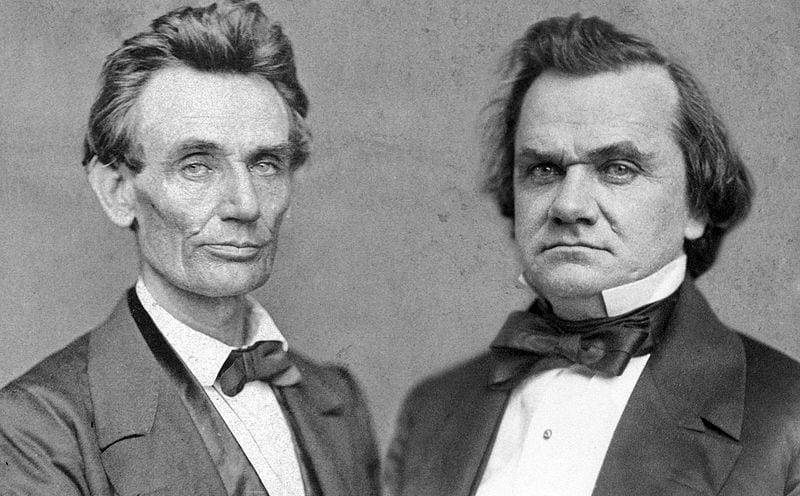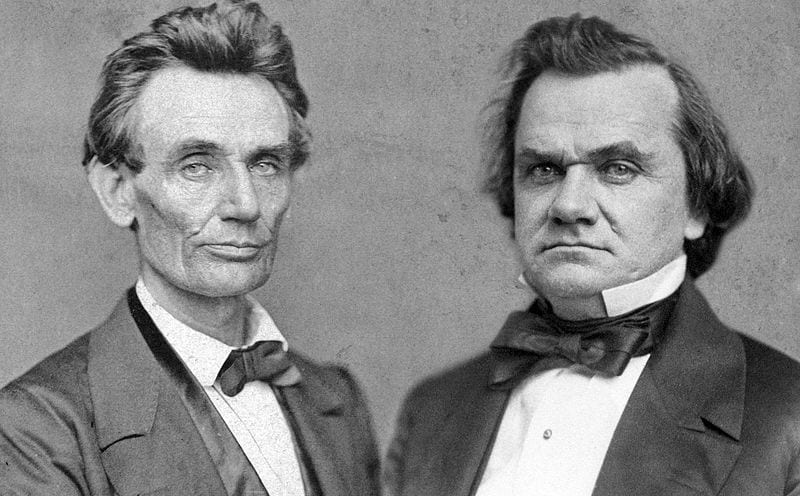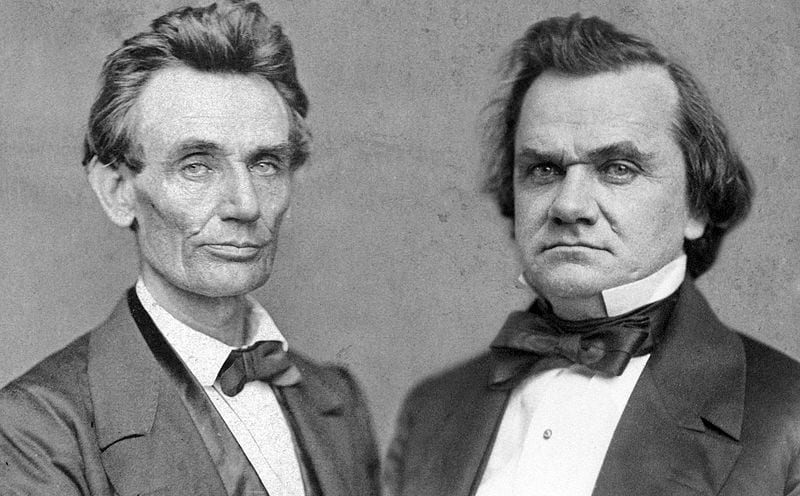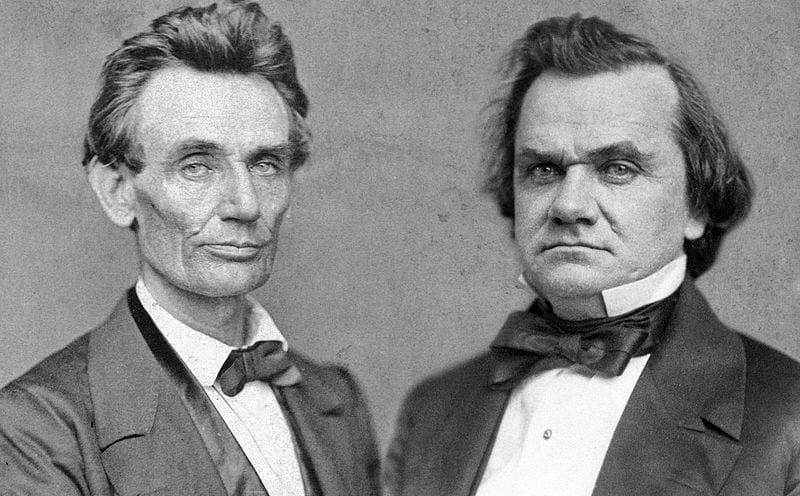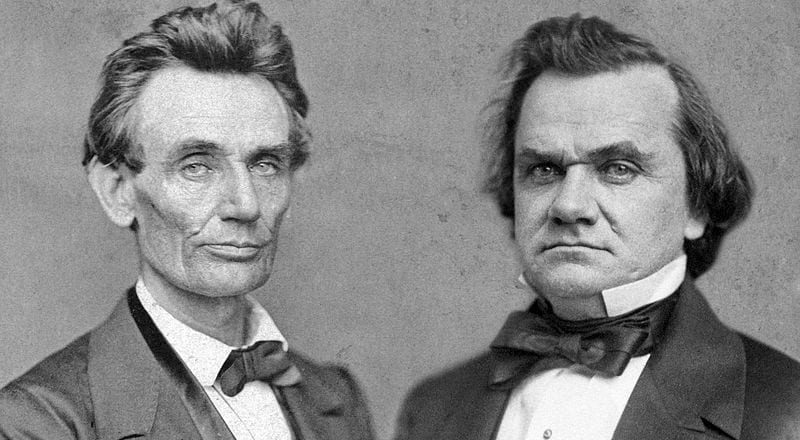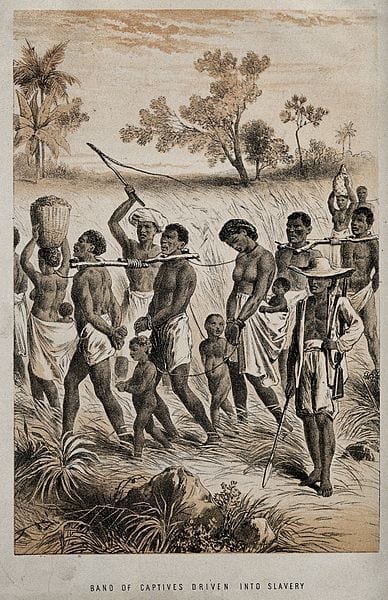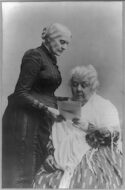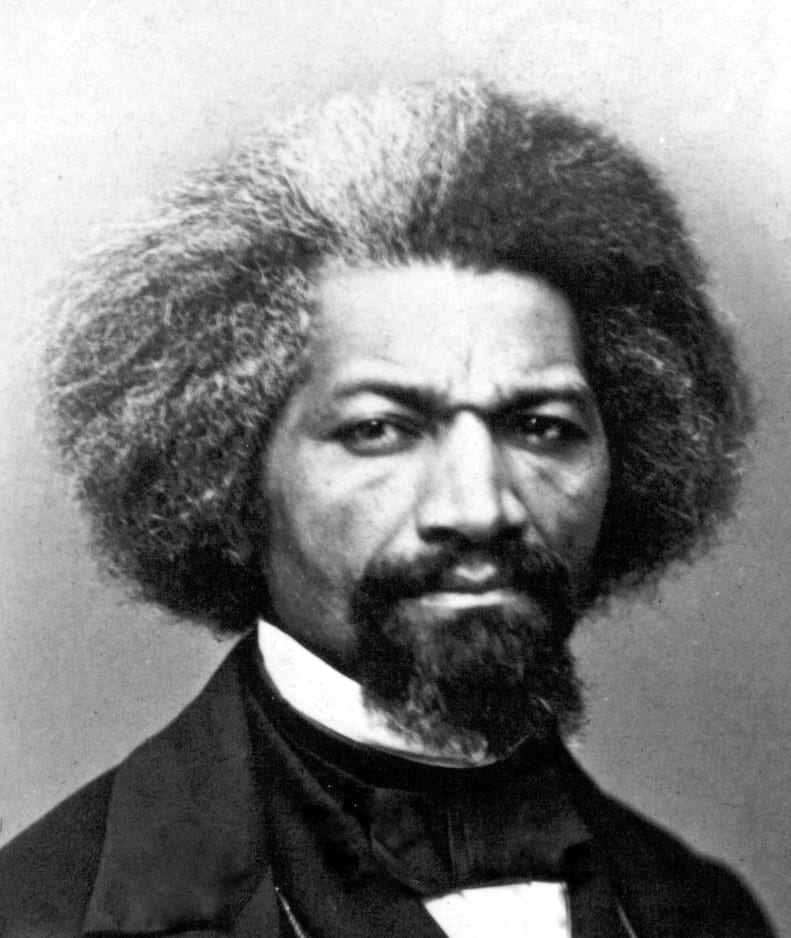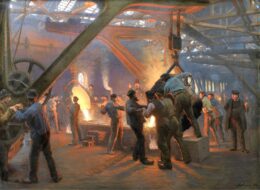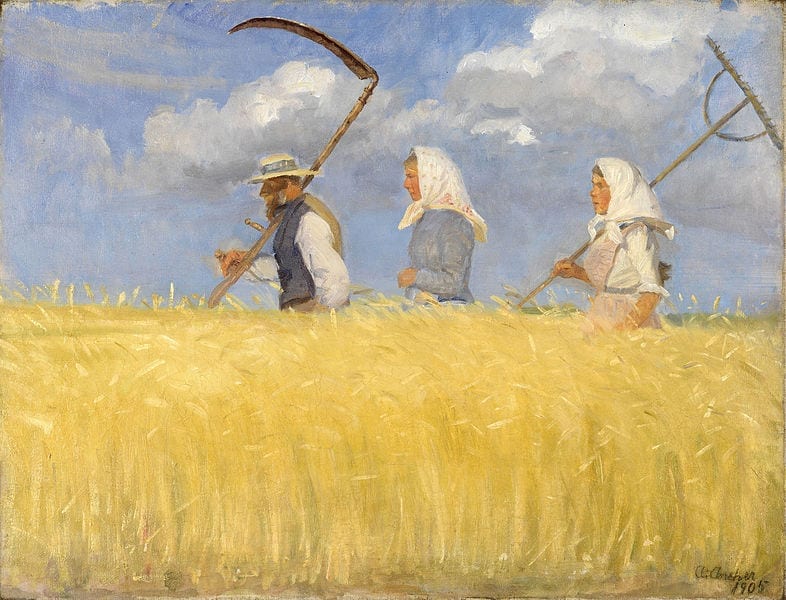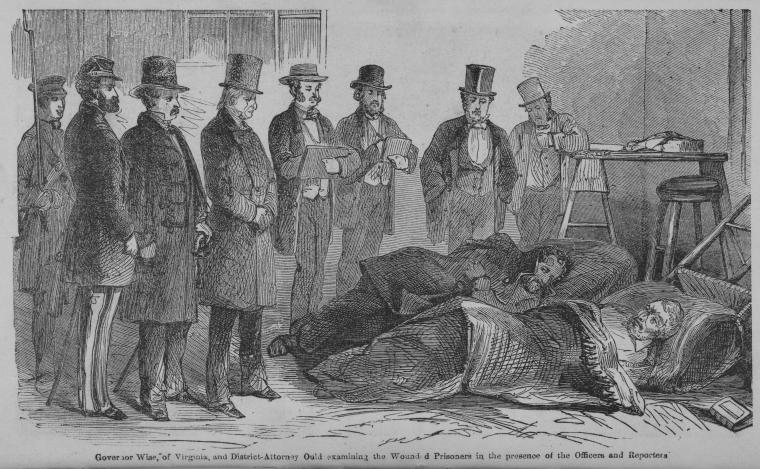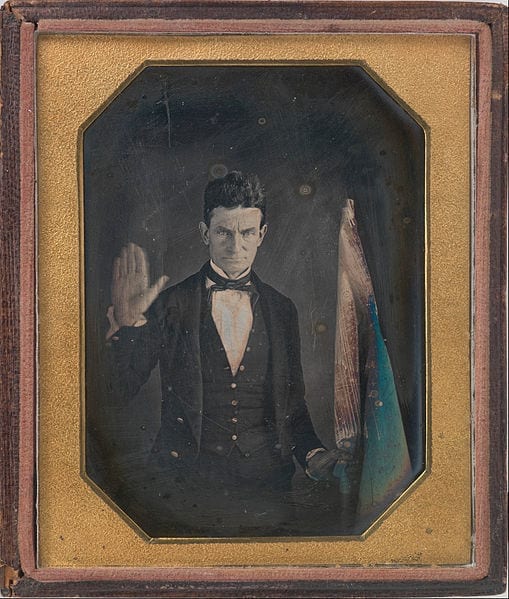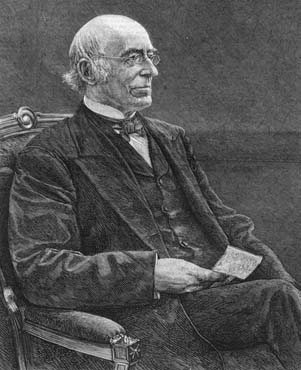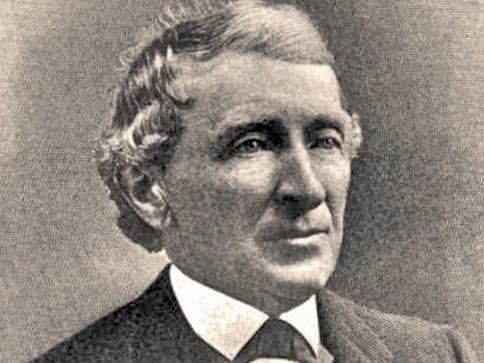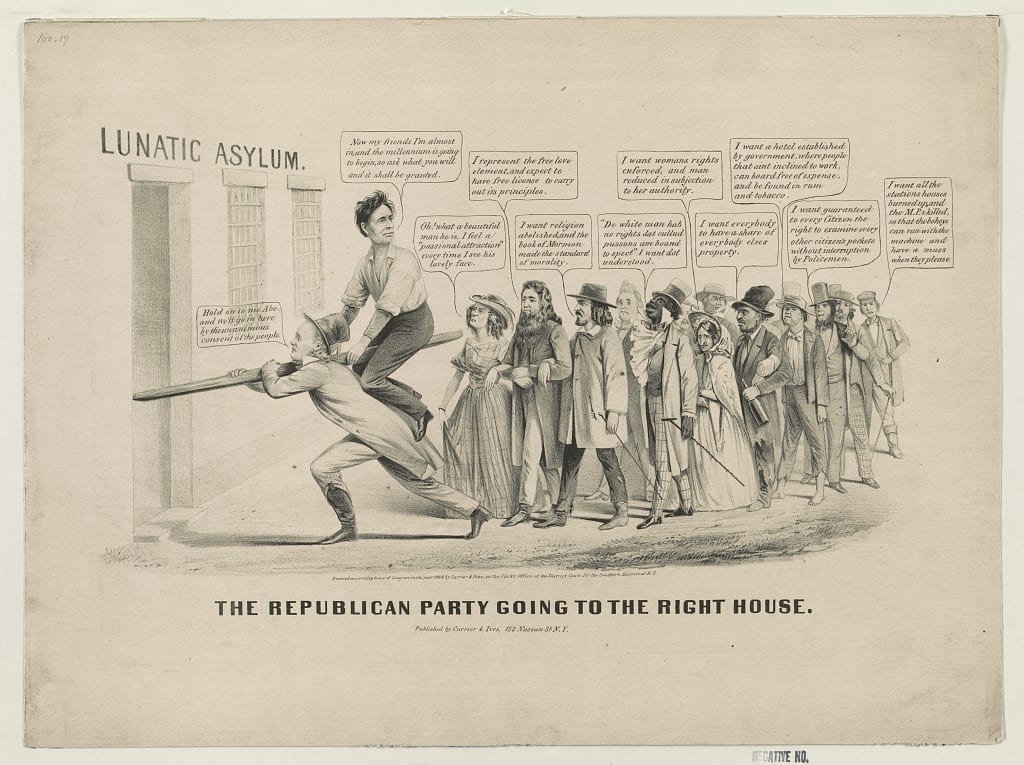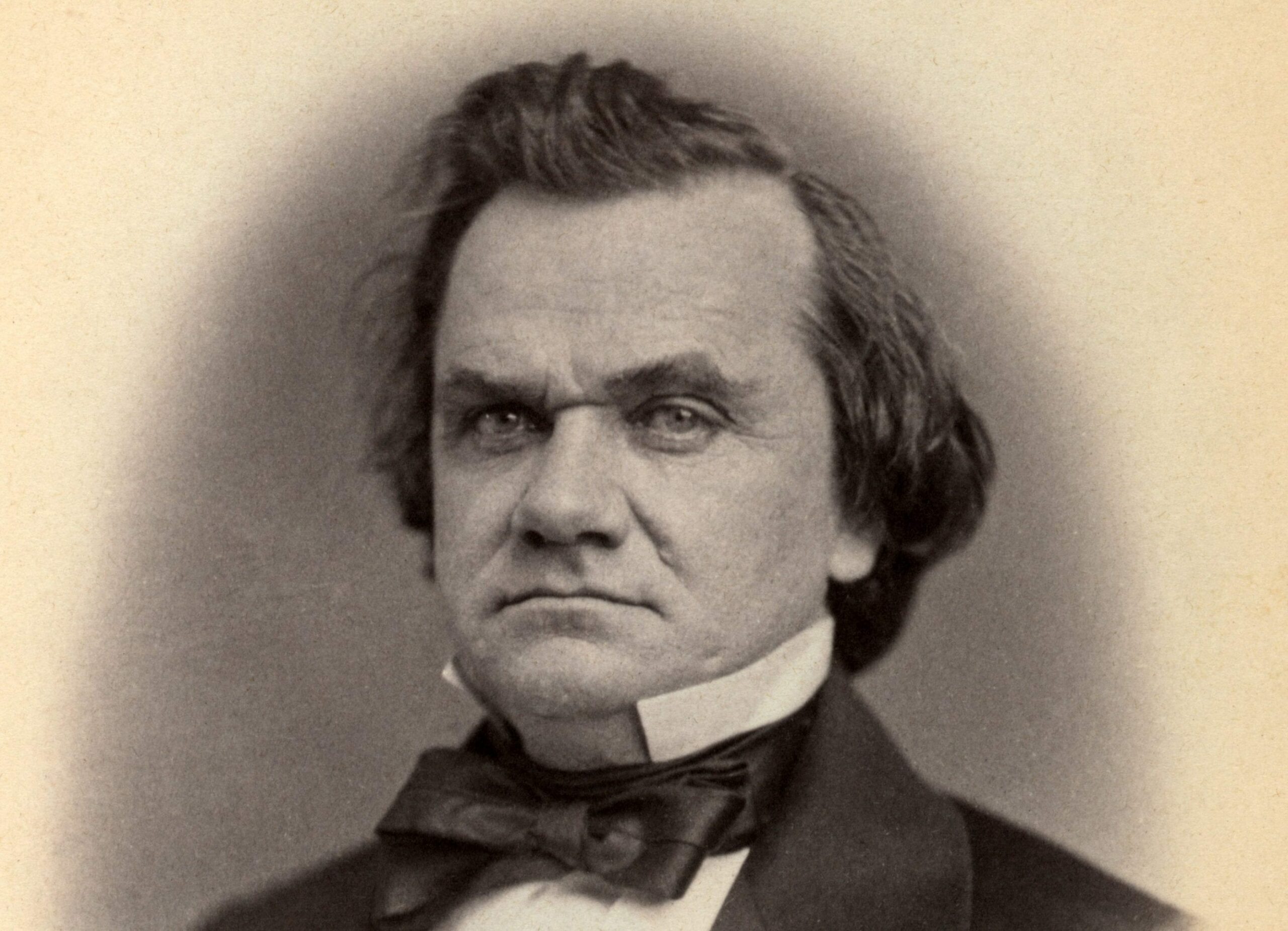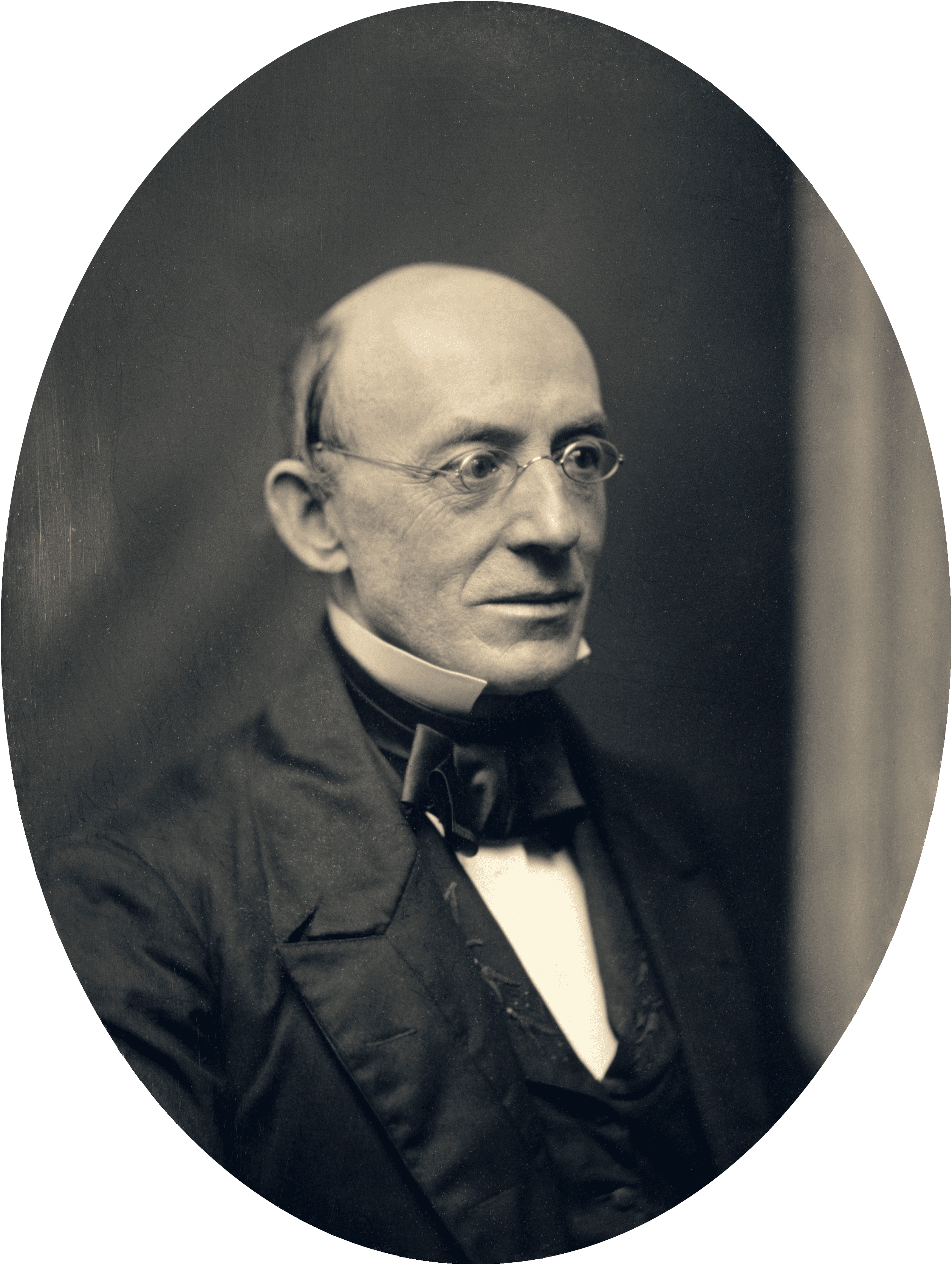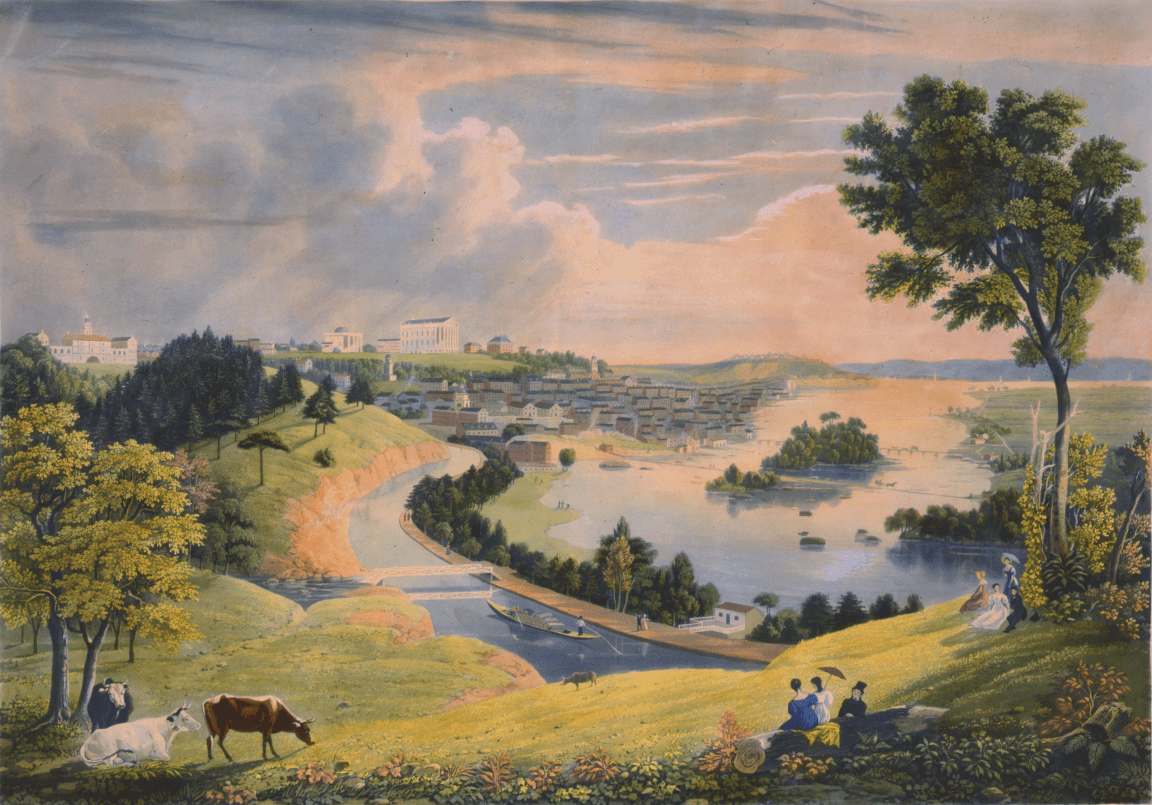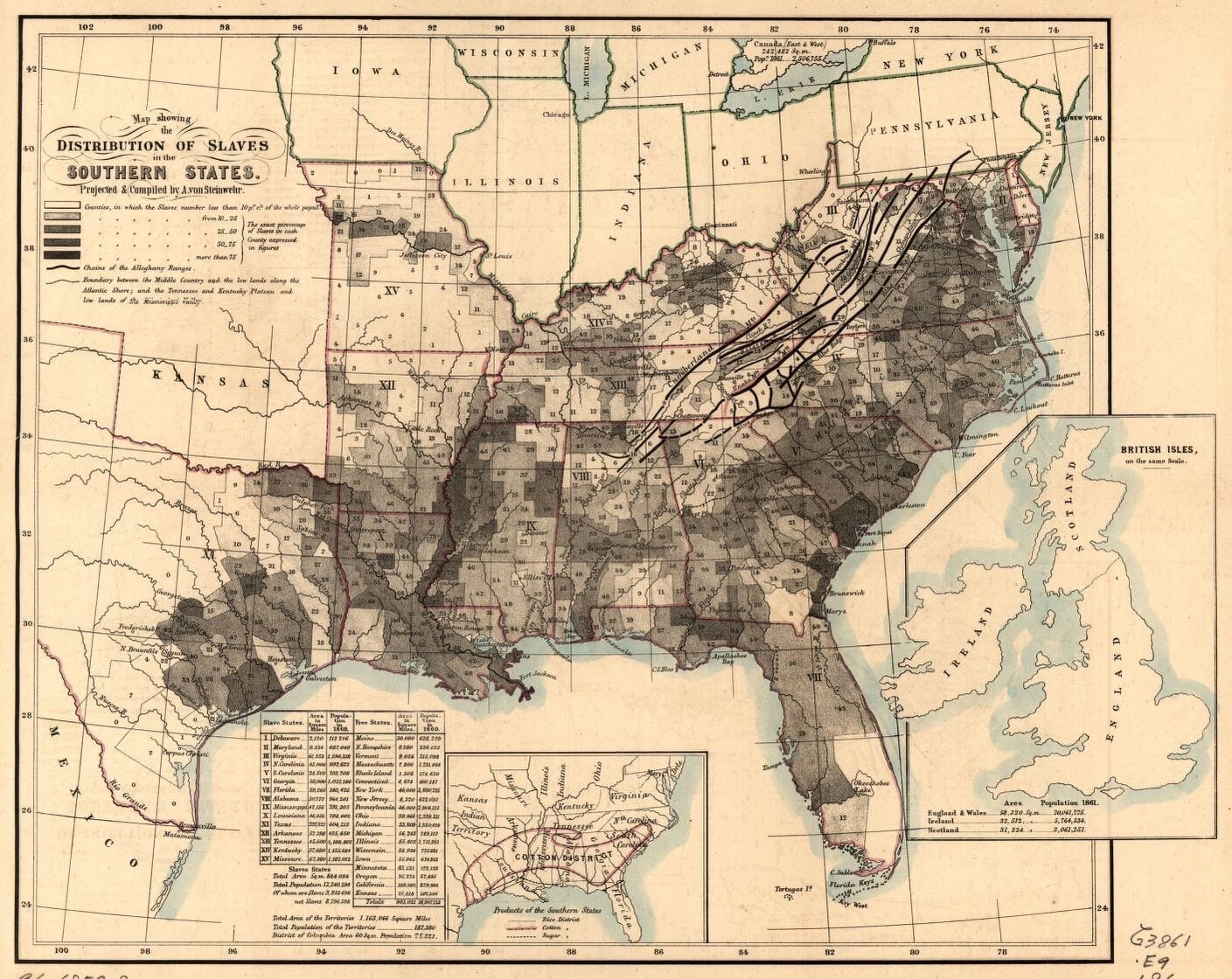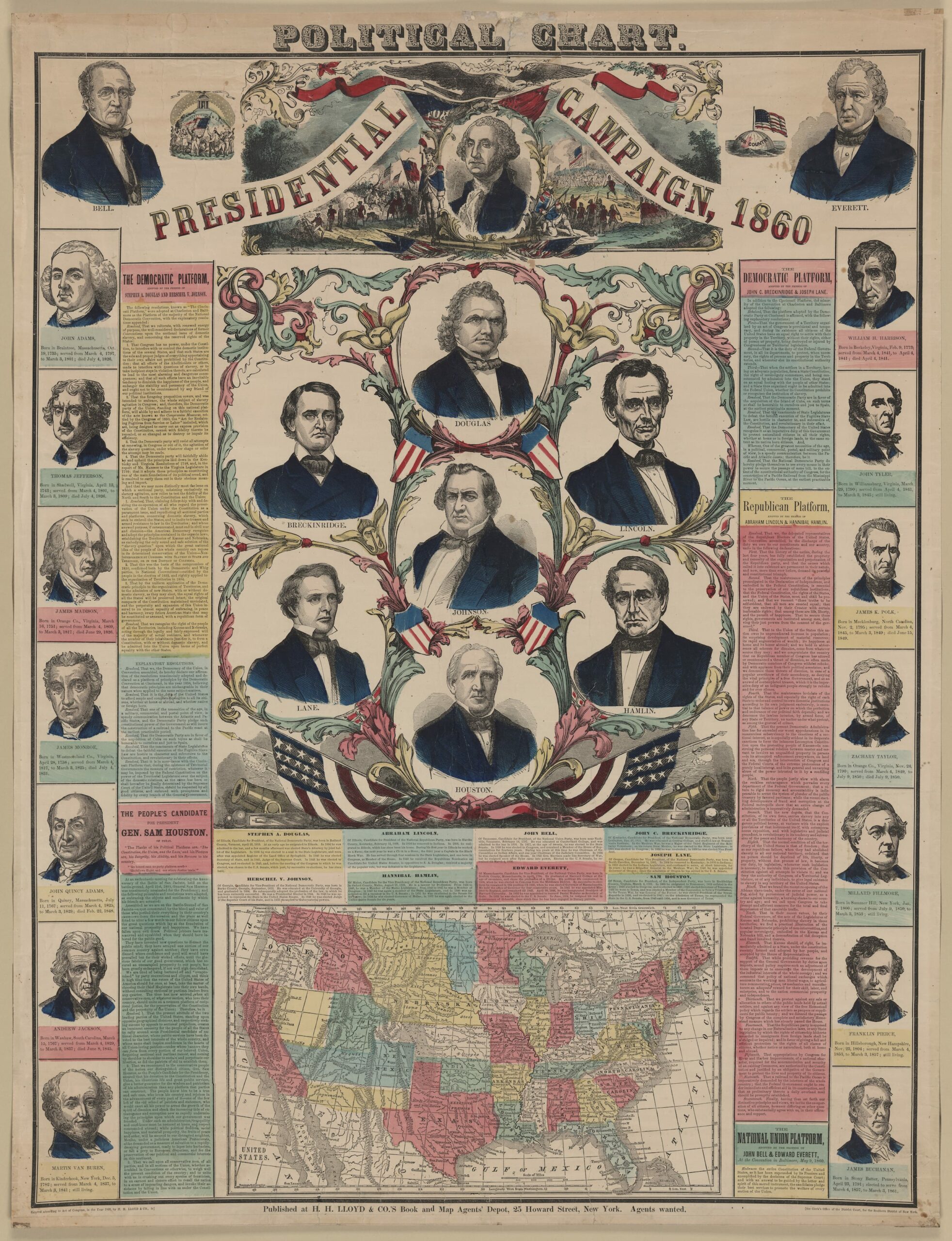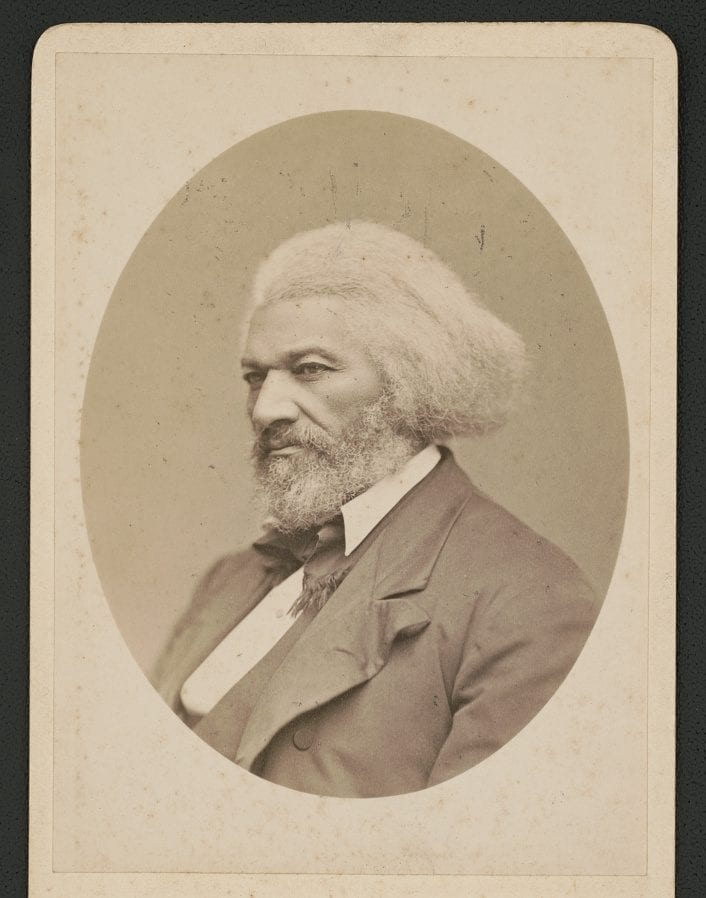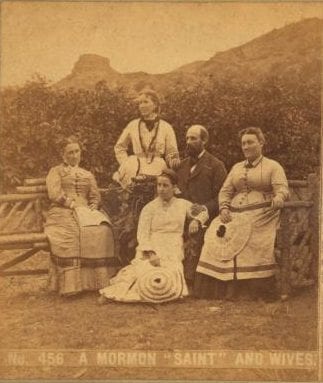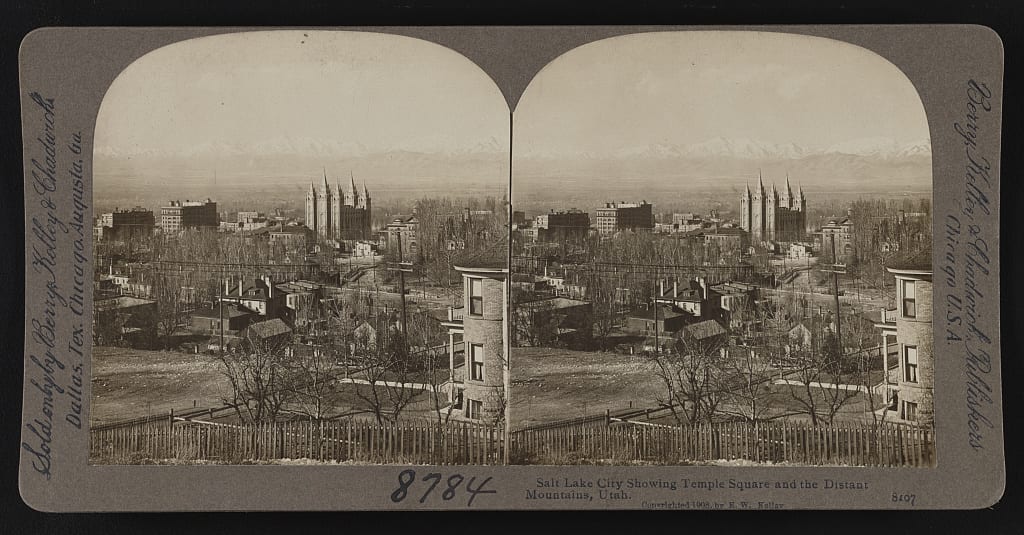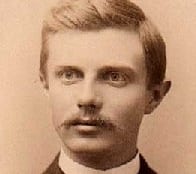

No related resources
Introduction
The “House Divided” speech was Lincoln’s acceptance speech following the Illinois State Convention in Springfield nominating him as the Republican candidate for the United States Senate. It also turned out to be one of Lincoln’s most controversial speeches: his opponent in the race, Stephen Douglas, interpreted it during their debates to be an abolitionist declaration. Abolition was not Lincoln’s intention, however; Lincoln simply wanted to keep Republicans from going to Douglas’s side after Douglas disavowed the Kansas-Lecompton Constitution. The Lecompton Constitution had been framed by Southern pro-slavery advocates in the territory of Kansas to try to get Kansas admitted as a pro-slavery state. This led some Republicans to see Douglas as a viable anti-slavery candidate. Lincoln therefore wanted to destroy Douglas’ credibility on the slavery issue. In doing so, Lincoln also made allegations of a Democratic conspiracy to nationalize slavery and to extend its reach to every part of the Union.
Sectional tension existed in America from the time of its founding. Delegates to the Constitutional Convention had managed this tension with a series of compromises written into the Constitution that made ratification possible and minimized conflict between North and South. But in the decades leading up to the secession crisis of 1860–61, disagreements between slaveholding and free states ballooned into major political crises. By the time of the Civil War, northerners saw in the South a society fundamentally shaped by the presence of slavery. Against this, white Southerners saw in the North an antagonistic and meddling people determined to undermine the South’s slave-based social system.
It is little surprise that this sectional conflict would be reflected in America’s political parties. Increasingly, the parties found themselves devoting large amounts of energy and political capital to managing the slavery tensions while at the same time brokering compromises to quell the growing conflict (e.g., the Compromise of 1850 and the Kansas-Nebraska Act of 1854). Eventually the strain grew too intense and snuffed out one political party (the Whigs), who could not internally manage the slavery issue, while dividing the other political party (the Democrats). Into this breach came a new political party, the Republicans, that opposed slavery and included a large number of abolitionists. The Republicans had no real following in the South and were perceived as a palpable threat by Southern whites. This new condition of the parties made compromise nearly impossible and sectional conflict all but inevitable.
Source: Abraham Lincoln, “A Speech of the Hon. Abraham Lincoln,” Illinois State Journal, vol. 11, no. 6, June 18, 1858. http://idnc.library.illinois.edu/?a=d&d=SJO18580618&e=——-en-20–1–txt-txIN——–
Mr. PRESIDENT and Gentlemen of the Convention. If we could first know where we are, and whither we are tending, we could better judge what to do, and how to do it. We are now far into the fifth year, since a policy was initiated with the avowed object, and confident promise, of putting an end to slavery agitation. Under the operation of that policy, that agitation has not only, not ceased, but has constantly augmented. In my opinion, it will not cease, until a crisis shall have been reached and passed. “A house divided against itself cannot stand.”[1] I believe this government cannot endure permanently half slave and half free. I do not expect the Union to be dissolved—I do not expect the house to fall—but I do expect it will cease to be divided. It will become all one thing, or all the other. Either the opponents of slavery, will arrest the further spread of it, and place it where the public mind shall rest in the belief that it is in the course of ultimate extinction; or its advocates will push it forward, till it shall become alike lawful in all the States, old as well as new—North as well as South.[2]
Have we no tendency to the latter condition?
Let anyone who doubts, carefully contemplate that now almost complete legal combination—piece of machinery so to speak—compounded of the Nebraska doctrine, and the Dred Scott decision.[3] Let him consider not only what work the machinery is adapted to do, and how well adapted; but also, let him study the history of its construction, and trace if he can, or rather fail, if he can, to trace the evidences of design, and concert of action, among its chief architects, from the beginning.
But, so far, Congress only, had acted; and an indorsement by the people, real or apparent, was indispensable, to save the point already gained, and give chance for more.
The new year of 1854 found slavery excluded from more than half the States by State Constitutions, and from most of the national territory by Congressional prohibition. Four days later, commenced the struggle, which ended in repealing that Congressional prohibition. This opened all the national territory to slavery; and was the first point gained.
This necessity had not been overlooked; but had been provided for, as well as might be, in the notable argument of “squatter sovereignty,” otherwise called “sacred right of self government,” which latter phrase, though expressive of the only rightful basis of any government, was so perverted in this attempted use of it as to amount to just this: That if any one man, choose to enslave another, no third man shall be allowed to object. That argument was incorporated into the Nebraska bill itself, in the language which follows: “It being the true intent and meaning of this act not to legislate slavery into any Territory or State, nor to exclude it therefrom; but to leave the people thereof perfectly free to form and regulate their domestic institutions in their own way, subject only to the Constitution of the United States.” Then opened the roar of loose declamation in favor of “Squatter Sovereignty,” and “Sacred right of self government.”[4] “But,” said opposition members, … “let us amend the bill so as to expressly declare that the people of the territory may exclude slavery.” “Not we,” said the friends of the measure; and down they voted the amendment.
. . . The election came. Mr. Buchanan was elected, and the indorsement, such as it was, secured. That was the second point gained. The indorsement, however, fell short of a clear popular majority by nearly four hundred thousand votes, and so, perhaps, was not overwhelmingly reliable and satisfactory. The outgoing President, in his last annual message, as impressively as possible echoed back upon the people the weight and authority of the indorsement. The Supreme Court met again; did not announce their decision, but ordered a reargument. The Presidential inauguration came, and still no decision of the court; but the incoming President in his inaugural address, fervently exhorted the people to abide by the forthcoming decision, whatever it might be. Then, in a few days, came the decision.
The reputed author of the Nebraska bill finds an early occasion to make a speech at this capital indorsing the Dred Scott decision, and vehemently denouncing all opposition to it. The new President, too, seizes the early occasion of the Silliman letter to indorse and strongly construe that decision, and to express his astonishment that any different view had ever been entertained![5]
At length a squabble springs up between the President and the author of the Nebraska bill, on the mere question of fact, whether the Lecompton Constitution was or was not, in any just sense, made by the people of Kansas; and in that squabble the latter declares that all he wants is a fair vote for the people, and that he cares not whether slavery be voted down or voted up. I do not understand his declaration that he cares not whether slaver be voted down or voted up, to be intended by him other than as an apt definition of the policy he would impress upon the public mind—the principle for which he declares he has suffered so much, and is ready to suffer to the end. And well may he cling to that principle. If he has any parental feeling, well may he cling to it. That principle is the only shred left of his original Nebraska doctrine. Under the Dred Scott decision, “squatter sovereignty” squatted out of existence, tumbled down like temporary scaffolding—like the mold at the foundry served through one blast and fell back into loose sand—helped to carry an election, and then was kicked to the winds. His late joint struggle with the Republicans, against the Lecompton Constitution, involves nothing of the original Nebraska doctrine. That struggle was made on a point—the right of a people to make their own constitution,—upon which he and the Republicans have never differed.
The several points of the Dred Scott decision, in connection with Senator Douglas’ “care not” policy, constitute the piece of machinery, in its present state of advancement…. The working points of that machinery are:—
First, That no negro slave, imported as such from Africa, and no descendant of such slave, can ever be a citizen of any State, in the sense of that term as used in the Constitution of the United States. This point is made in order to deprive the negro, in every possible event, of the benefit of that provision of the United States Constitution, which declares that “The citizens of each State shall be entitled to all privilege and immunities of citizens in the several States.”
Secondly, that “subject to the Constitution of the United States,” neither Congress nor a Territorial Legislature can exclude slavery from any United States territory. This point is made in order that individual men may fill up the territories with slaves, without danger of losing them as property, and thus to enhance the chances of permanency to the institution through all the future.
Thirdly, that whether the holding a negro in actual slavery in a free State, makes him free, as against the holder, the United States courts will not decide, but will leave to be decided by the courts of any slave State the negro may be forced into by the master. This point is made, not to be pressed immediately; but, if acquiesced in for a while, and apparently indorsed by the people at an election, then to sustain the logical conclusion that what Dred Scott’s master might lawfully do with Dred Scott, in the free State of Illinois, every other master may lawfully do with any other one, or one thousand slaves, in Illinois, or in any other free State.
. . . We cannot absolutely know that all these exact adaptations are the result of preconcert. But when we see a lot of framed timbers, different portions of which we know have been gotten out at different times and places and by different workmen—Stephen, Franklin, Roger and James,[6] for instance—and when we see these timbers joined together, and see they exactly make the frame of a house or a mill, all the tenons and mortices exactly fitting, and all the lengths and proportions of the different pieces exactly adapted to their respective places, and not a piece too many or too few—not omitting even scaffolding—or, if a single piece be lacking, we see the place in the frame exactly fitted and prepared yet to bring such piece in—in such a case, we find it impossible not to believe that Stephen and Franklin and Roger and James all understood one another from the beginning, and all worked upon a common plan or draft drawn up before the first blow was struck….
- 1. Matthew 12:25.
- 2. In referring to old and new states, Lincoln raises the issue of the expansion of slavery into the territories, which would eventually become slave states if they allowed slavery within their borders. The opposition to slavery in the territories was one of the key principles of the Republican Party.
- 3. The Kansas-Nebraska Act, passed on May 30, 1854, allowed people in the territories of Kansas and Nebraska to decide for themselves whether or not to allow slavery within their borders. The Dred Scott decision was a Supreme Court case that held that a slave who had resided in a free state was not therefore entitled to his freedom, that blacks were not and could not be citizens of the United States, and that the Missouri Compromise was unconstitutional.
- 4. This refers to Stephen Douglas’s plan of popular sovereignty whereby individual territories are left to decide the slavery issue for themselves.
- 5. Yale professor Benjamin Sillman wrote a public letter condemning President Buchanan for sending Governor Robert Walker to Kansas with a military force to suppress the free state forces there. Although the facts were not quite right, Buchanan authored a terse reply, denying that there was any illegitimacy pertaining to the pro-slavery government, and stigmatizing the free states as lawless and seditious rebels. He even compared their actions to the Hartford Convention undertaken during the War of 1812.
- 6. Stephen Douglas, Franklin Pierce, Roger Taney, and James Buchanan.
House Divided Speech
June 16, 1858
Conversation-based seminars for collegial PD, one-day and multi-day seminars, graduate credit seminars (MA degree), online and in-person.
